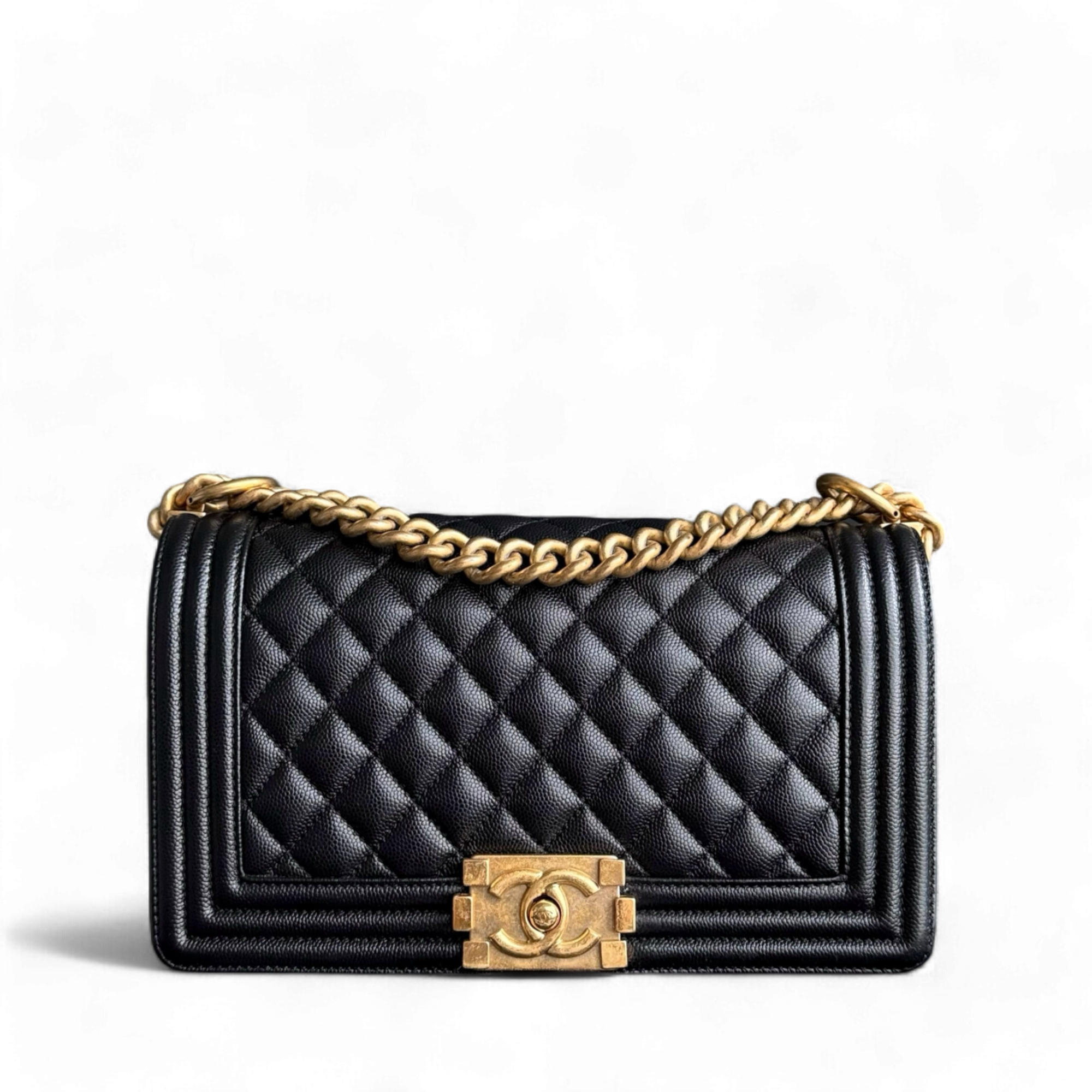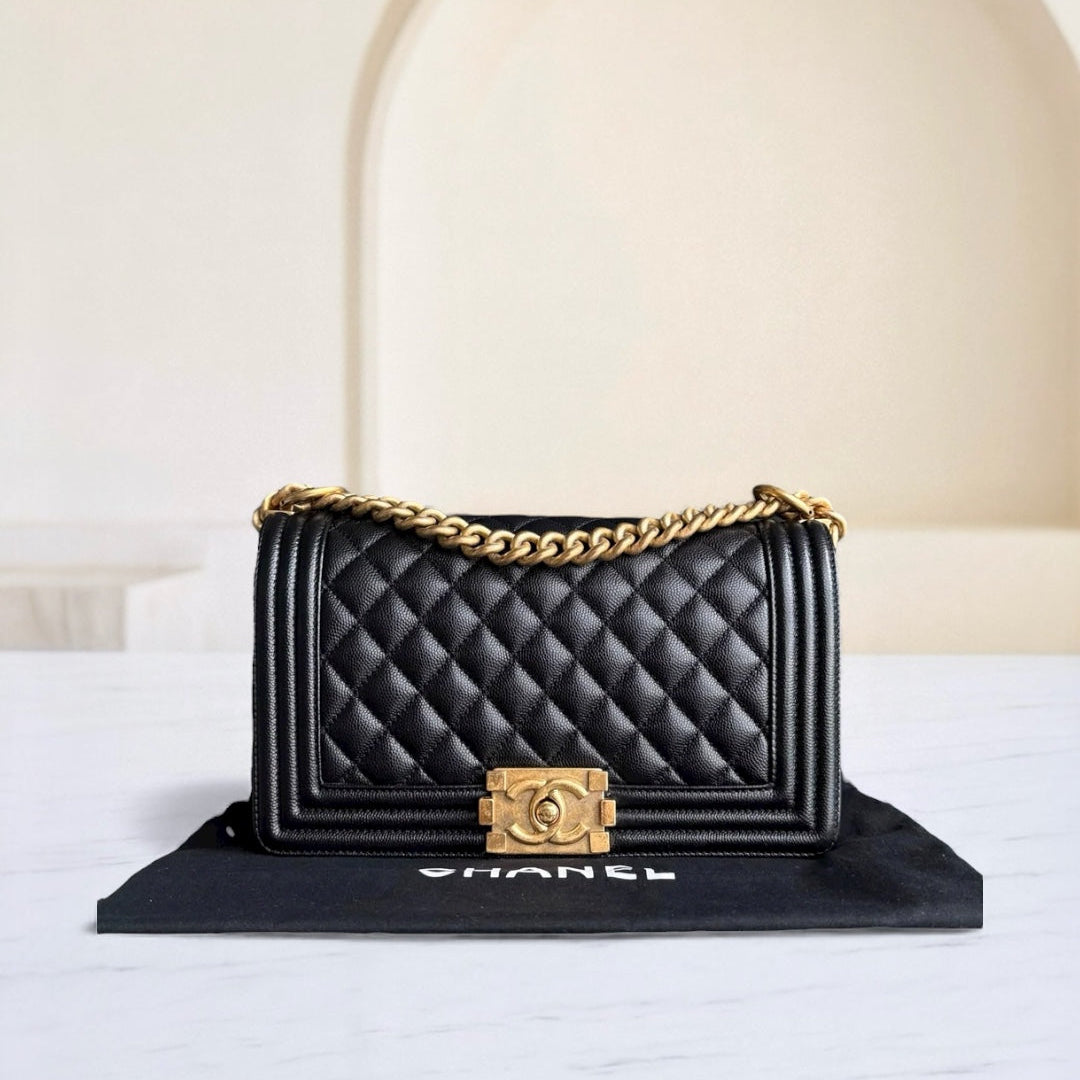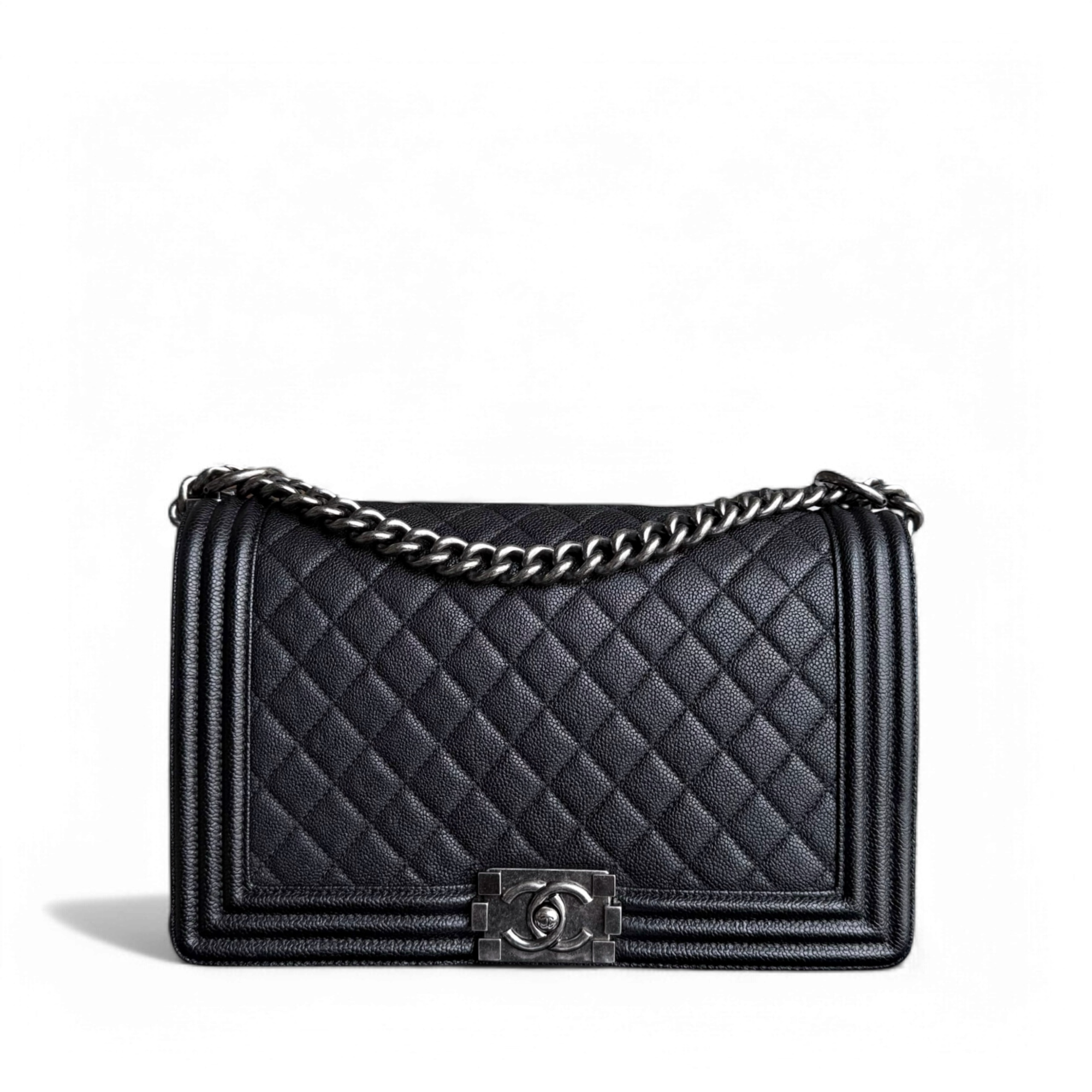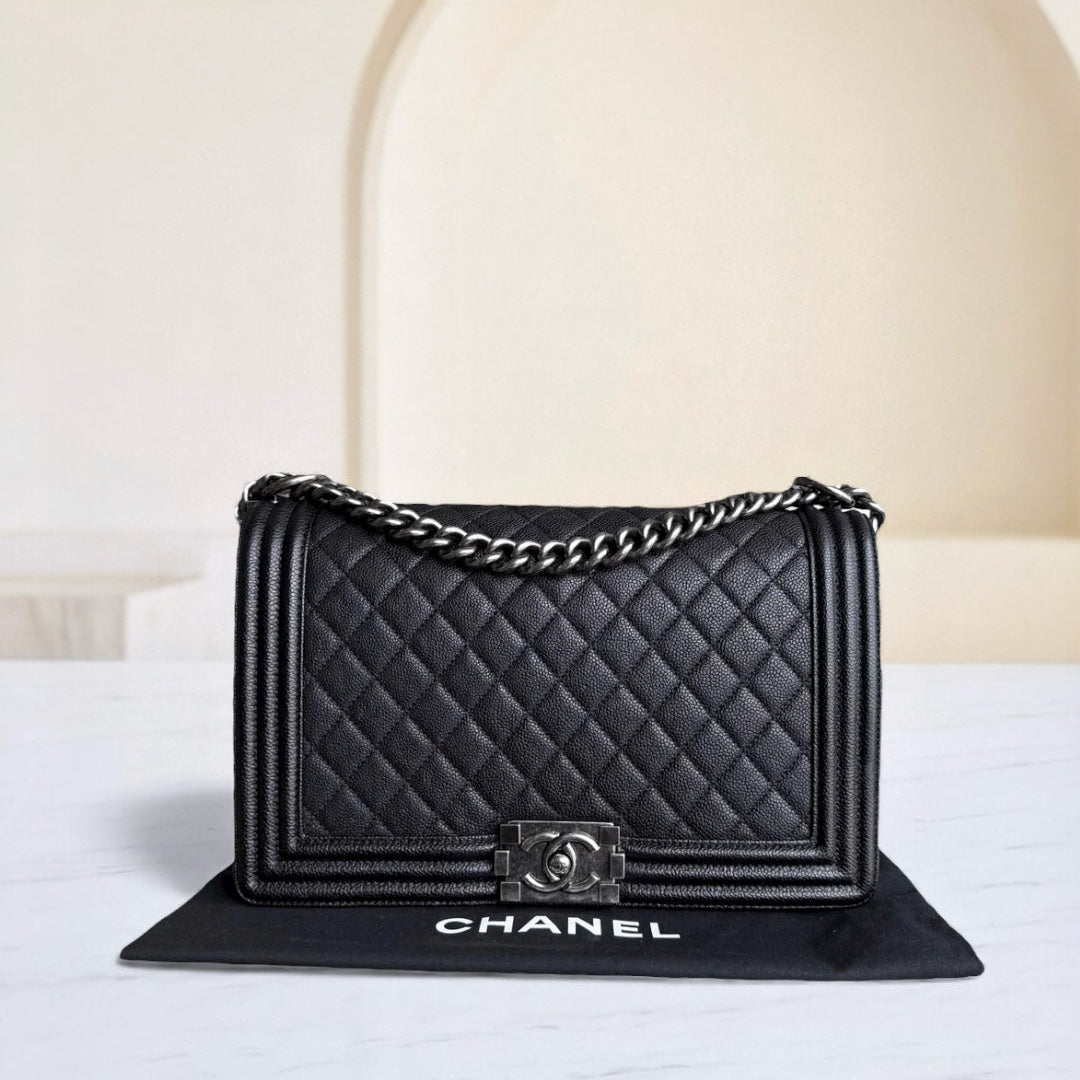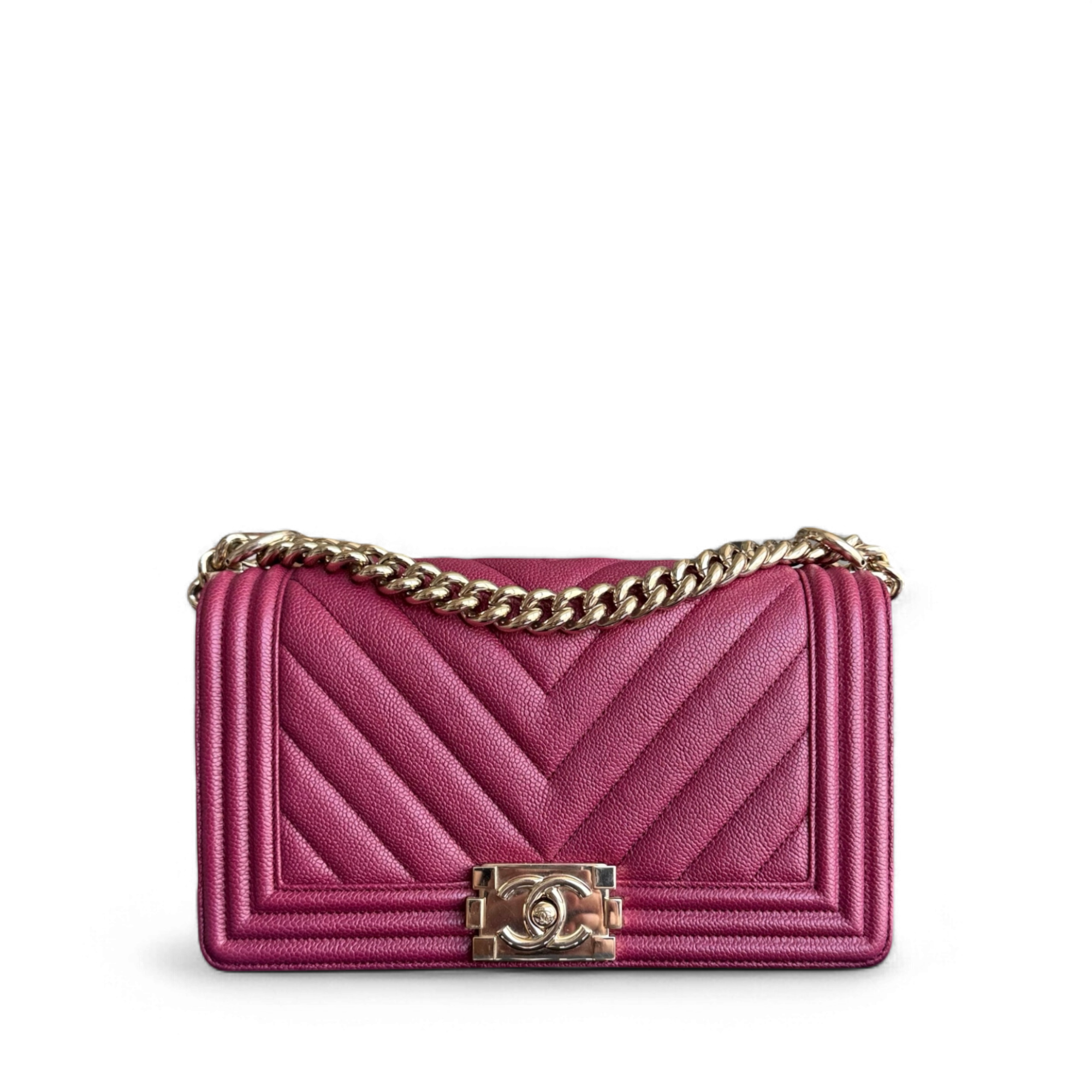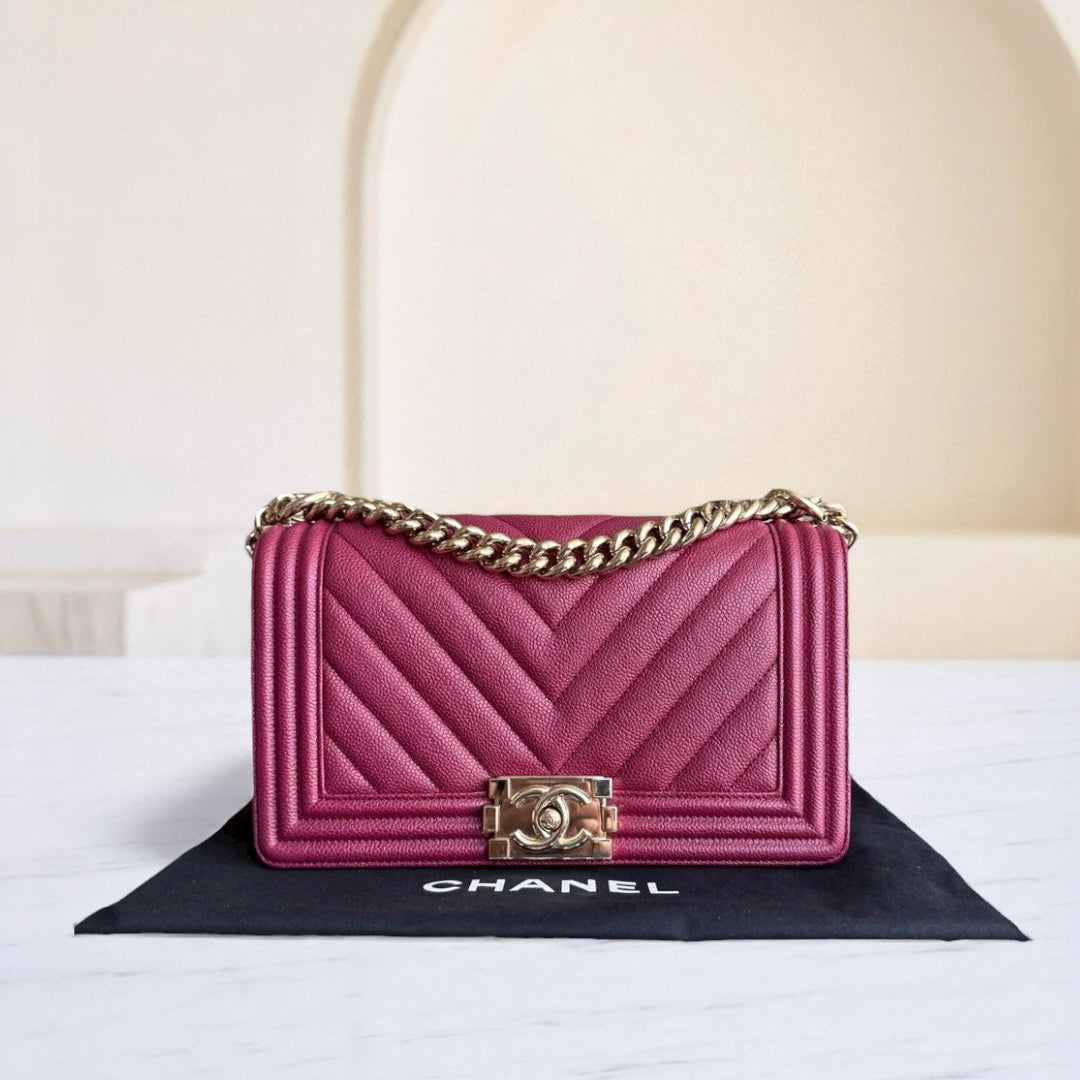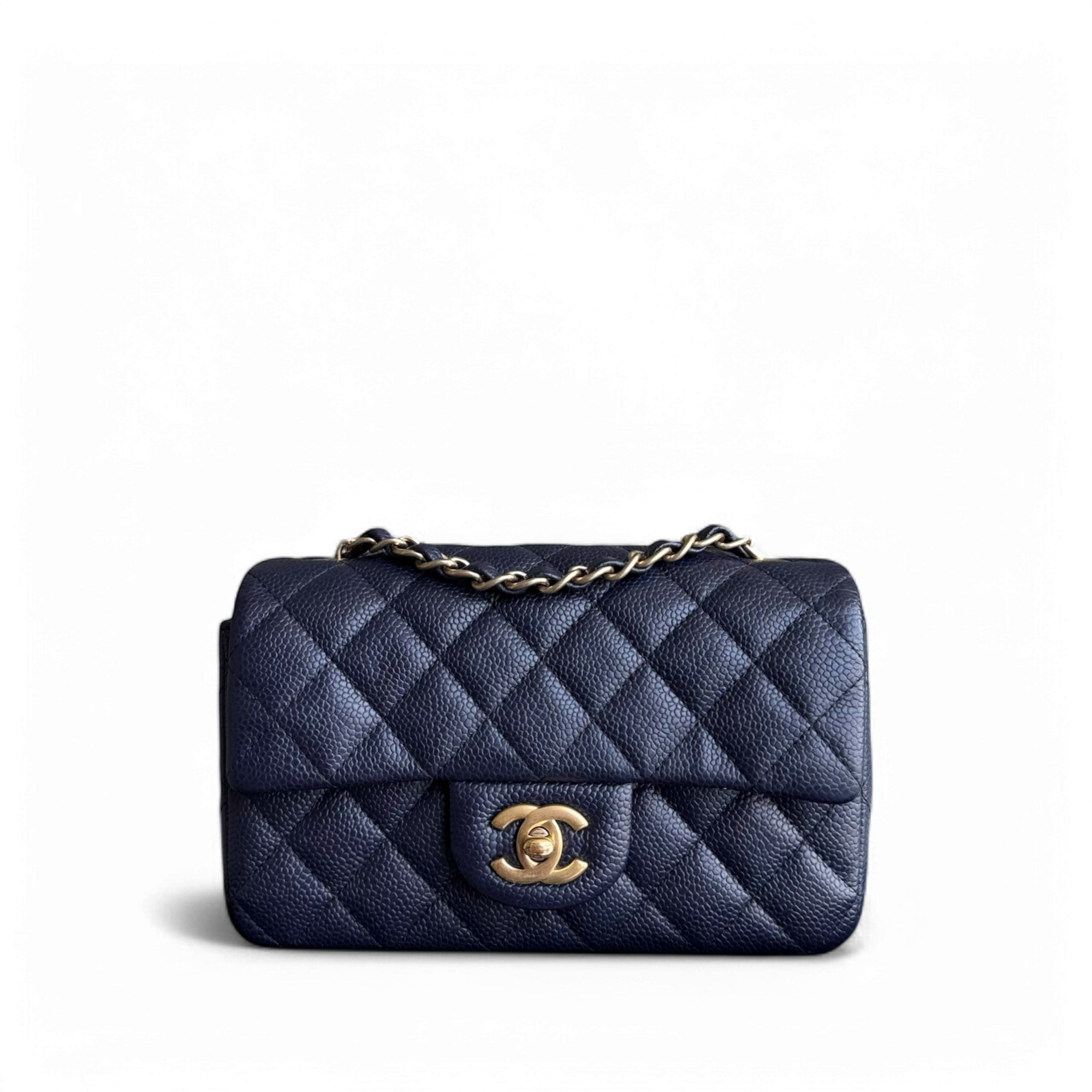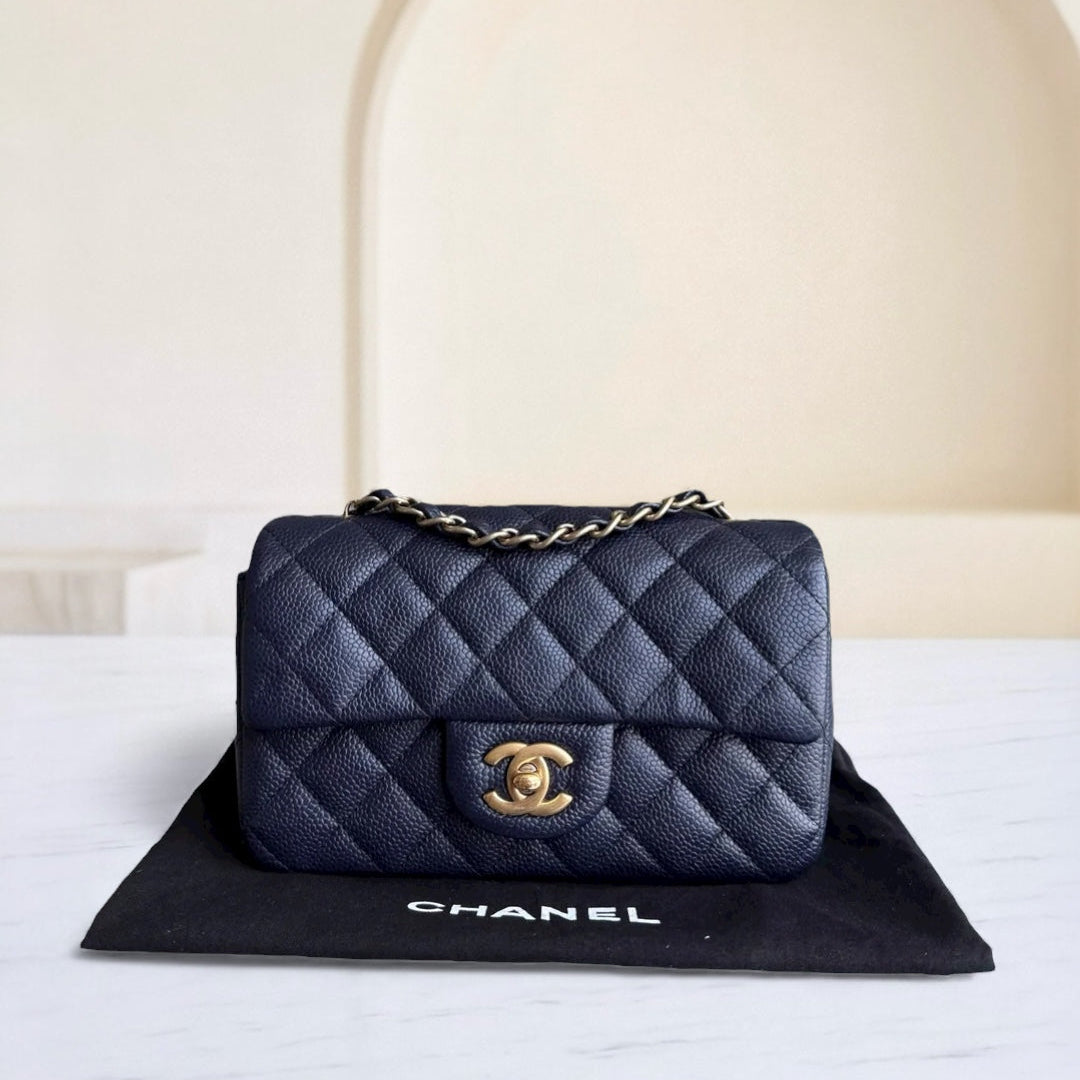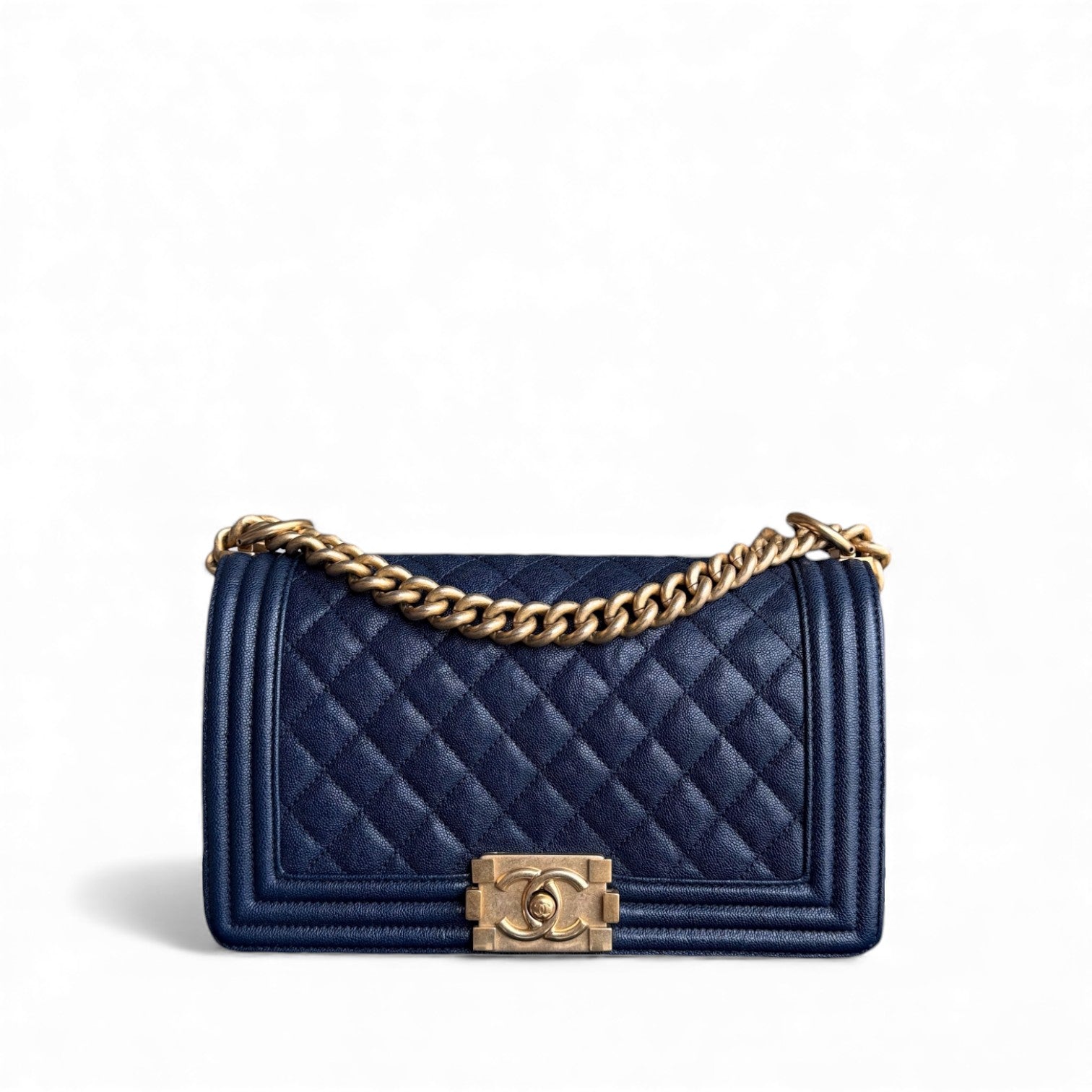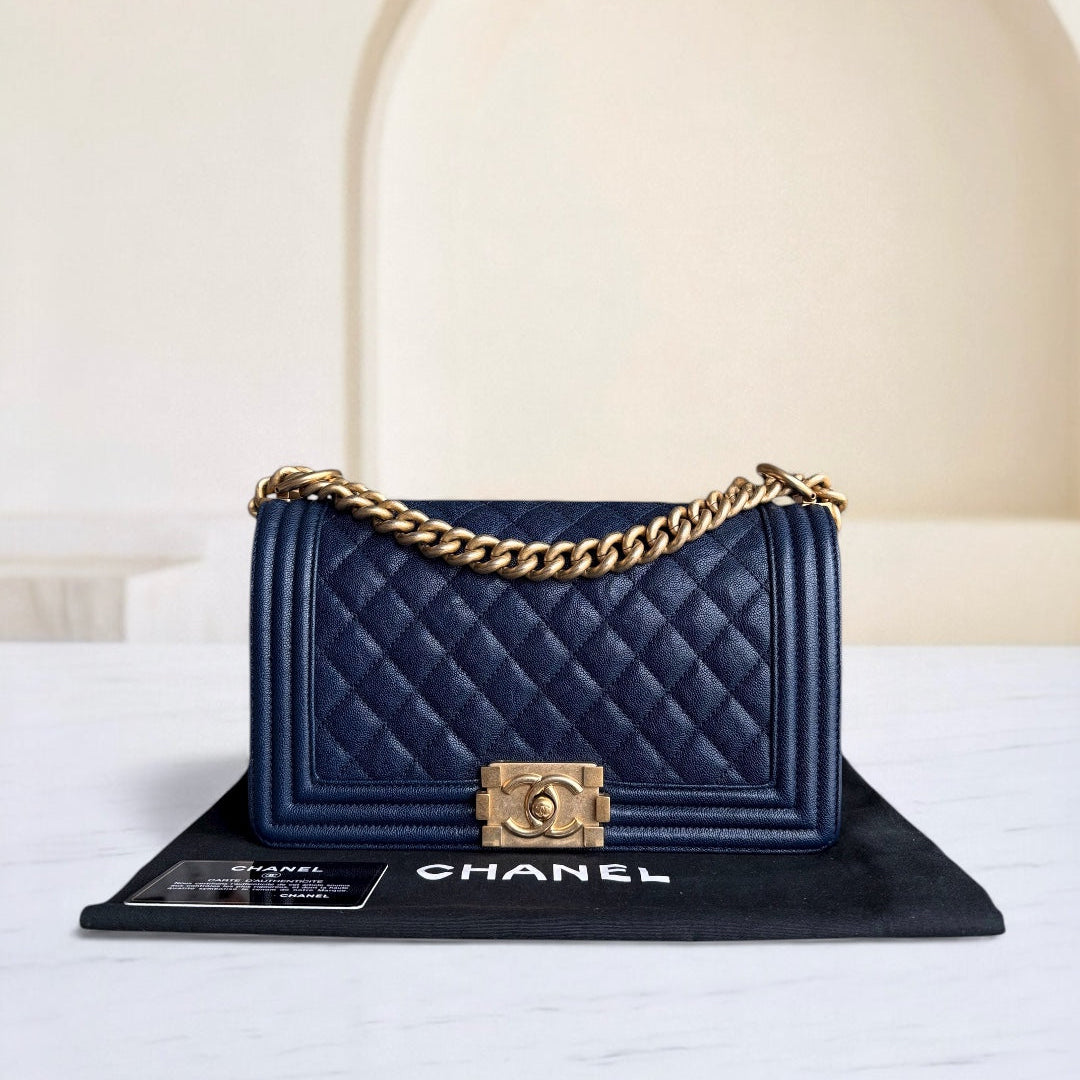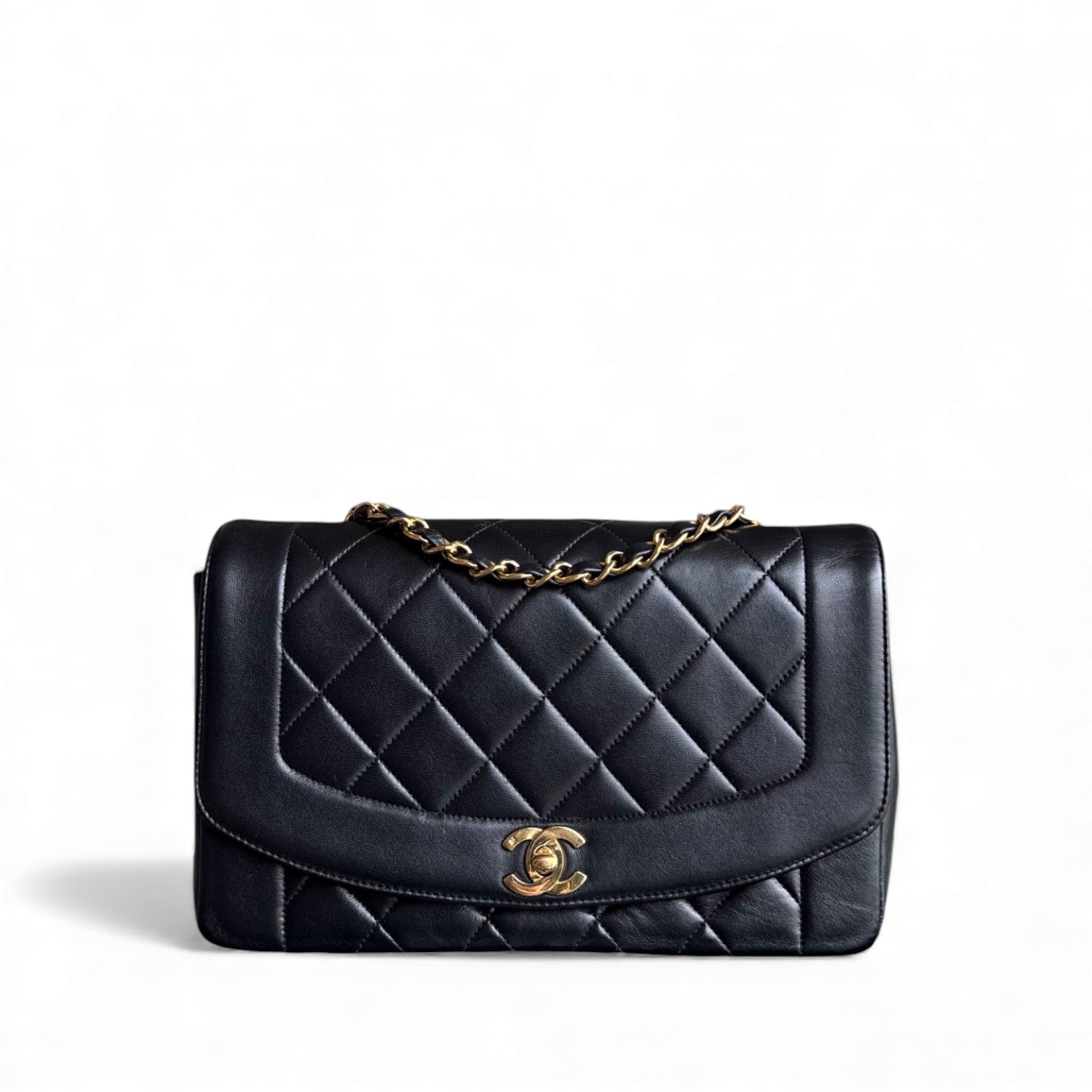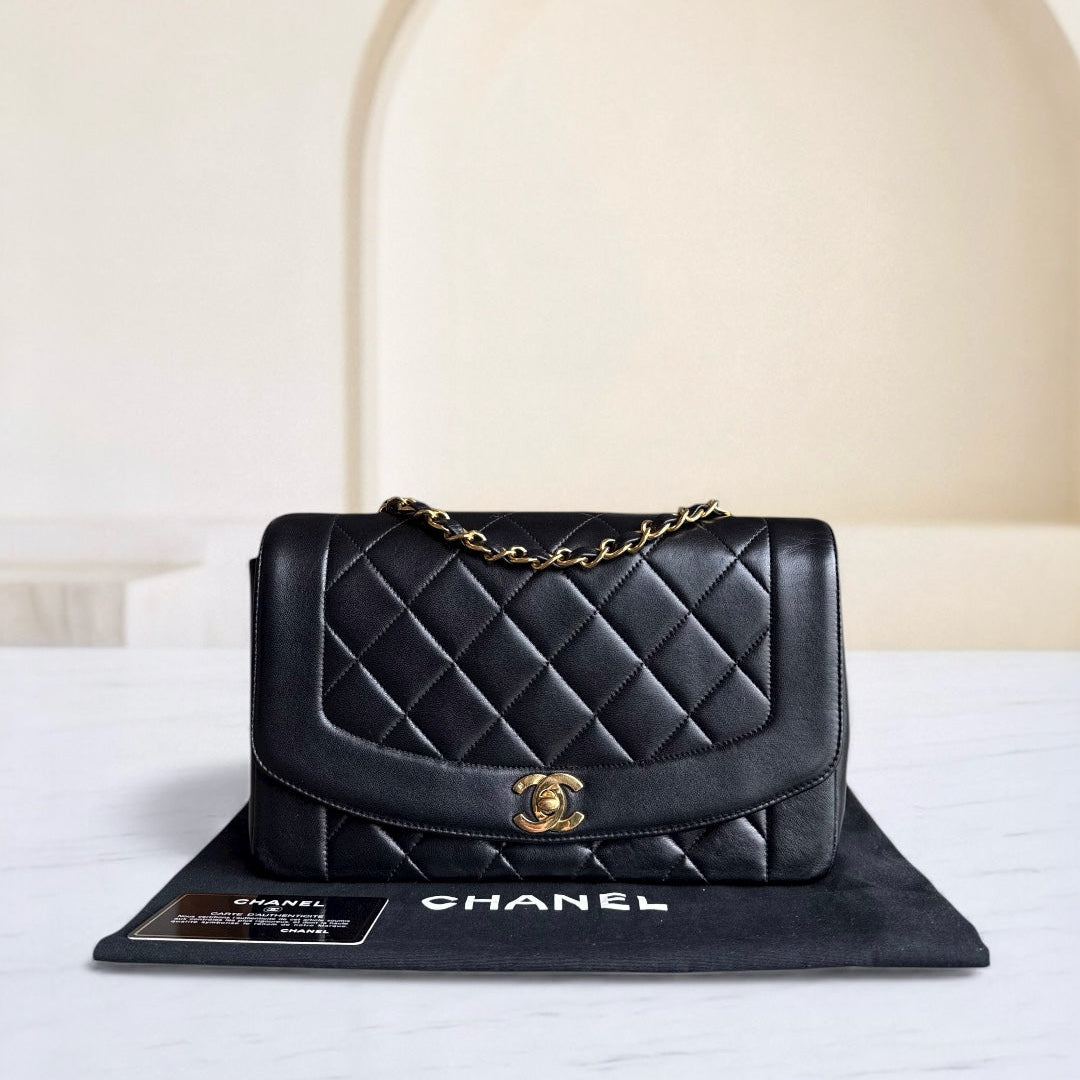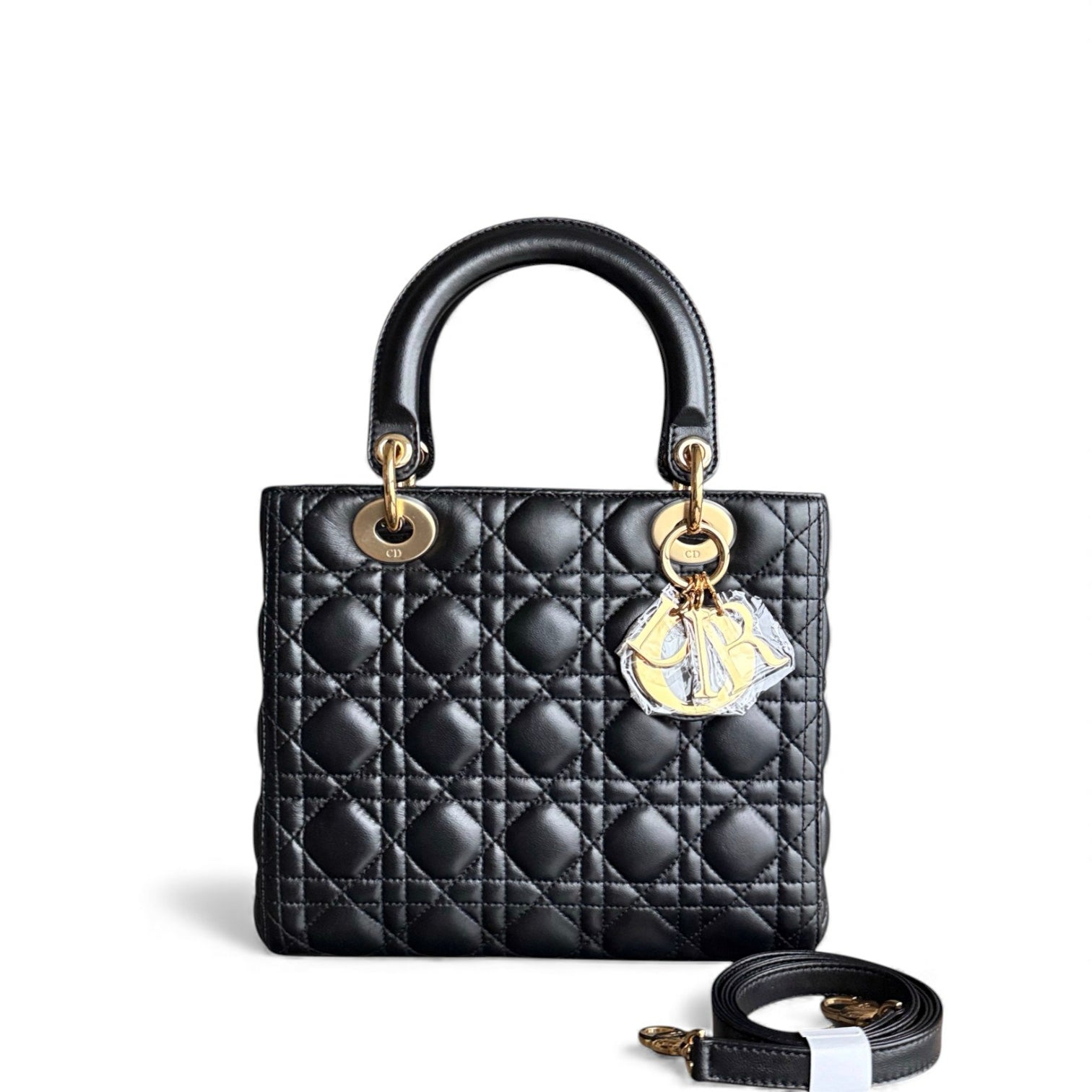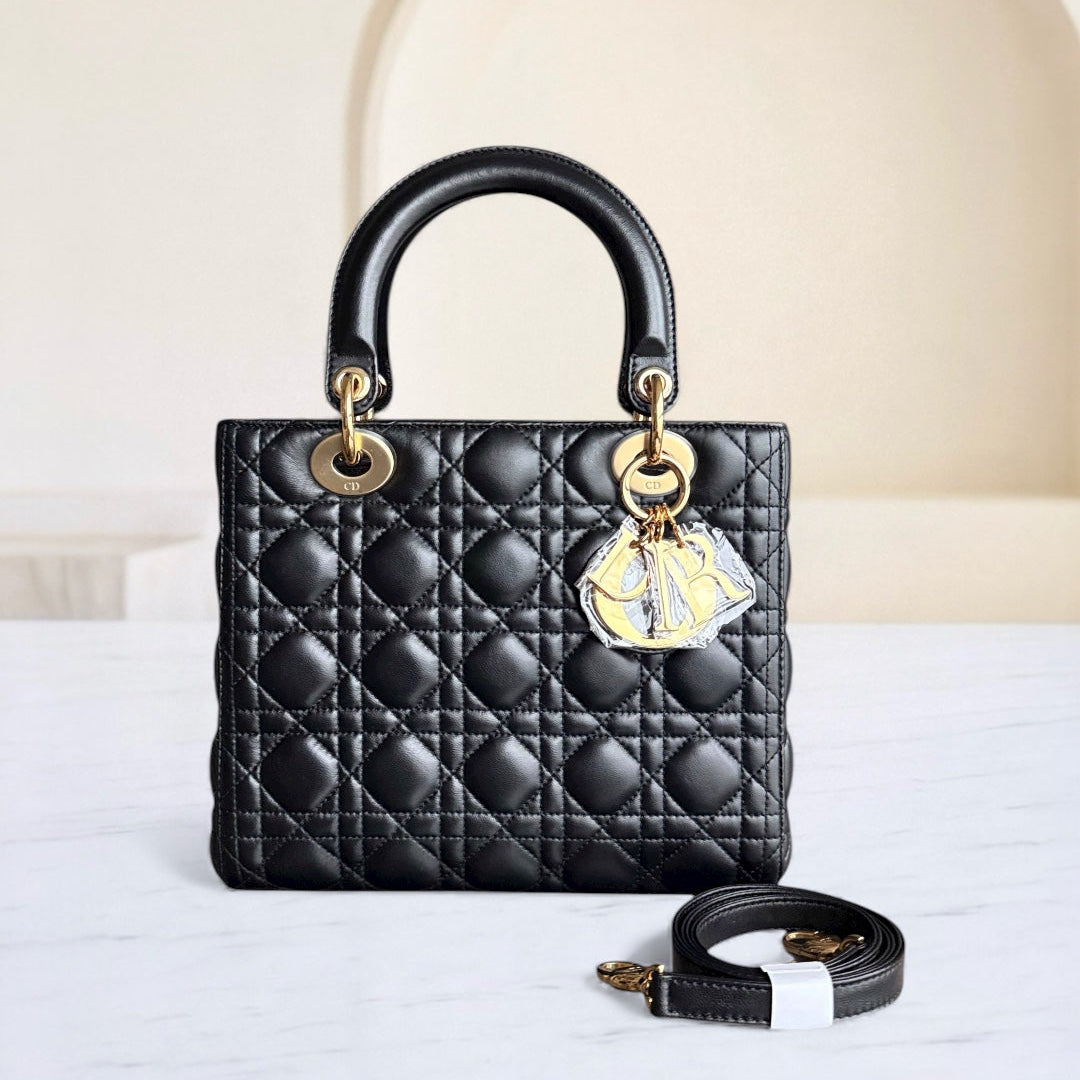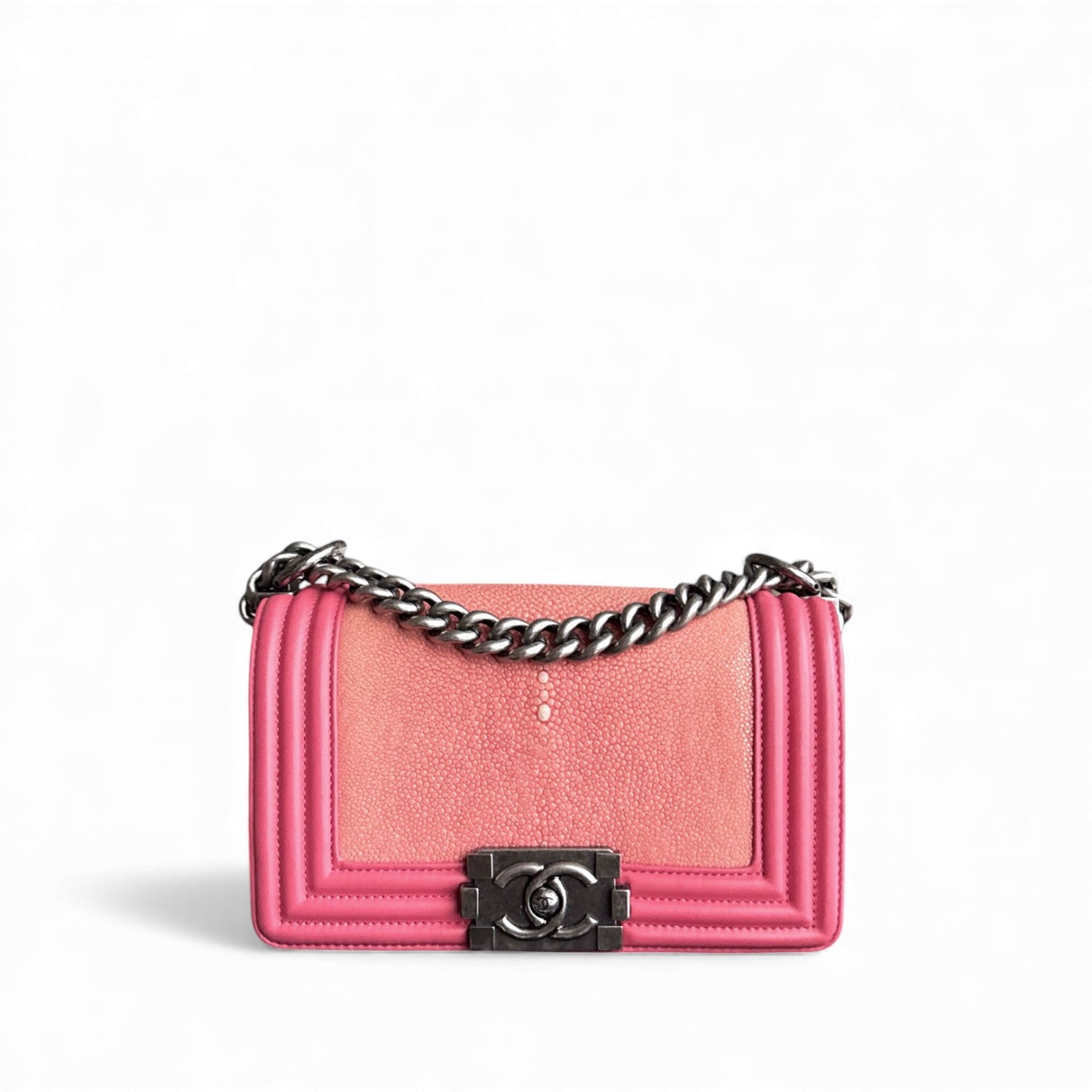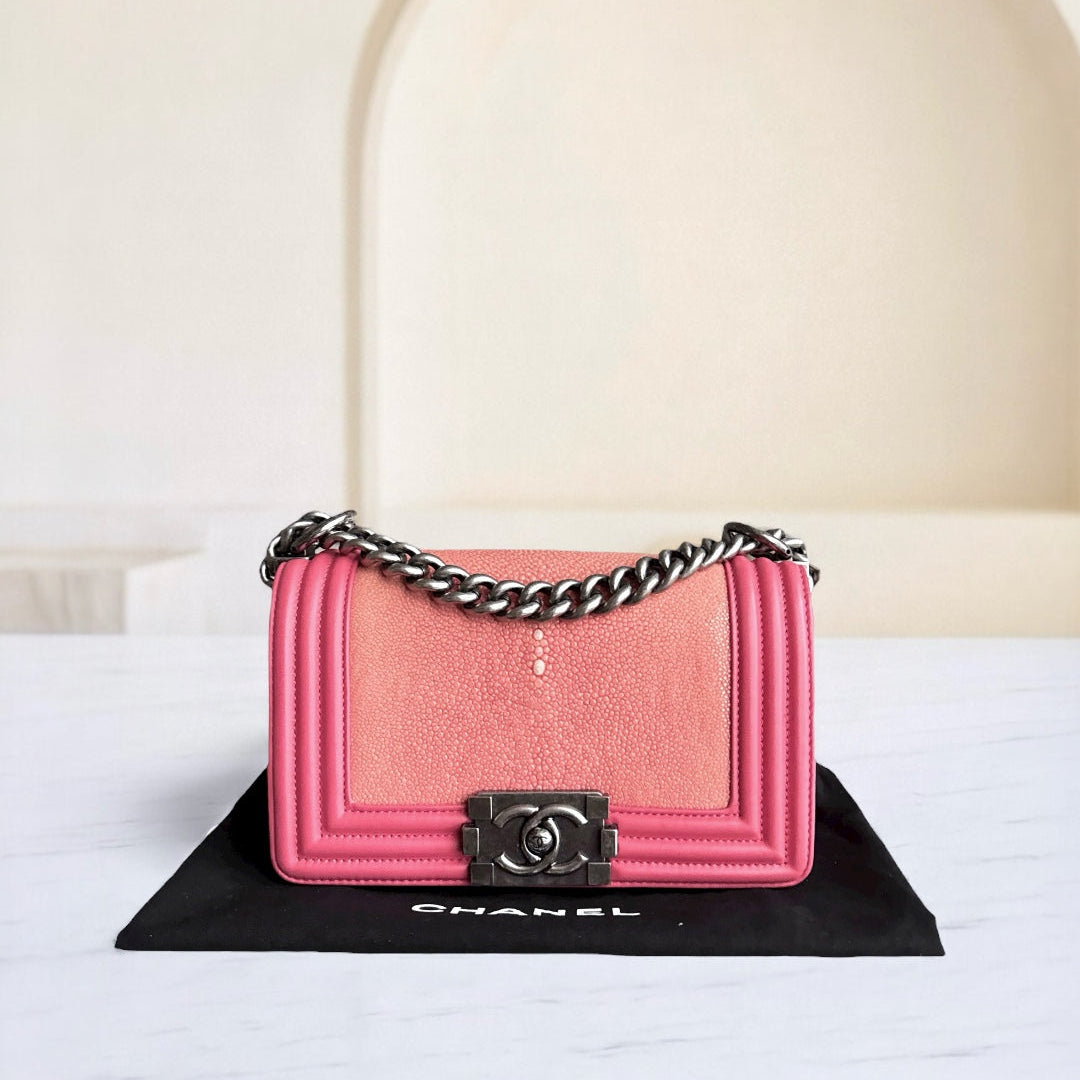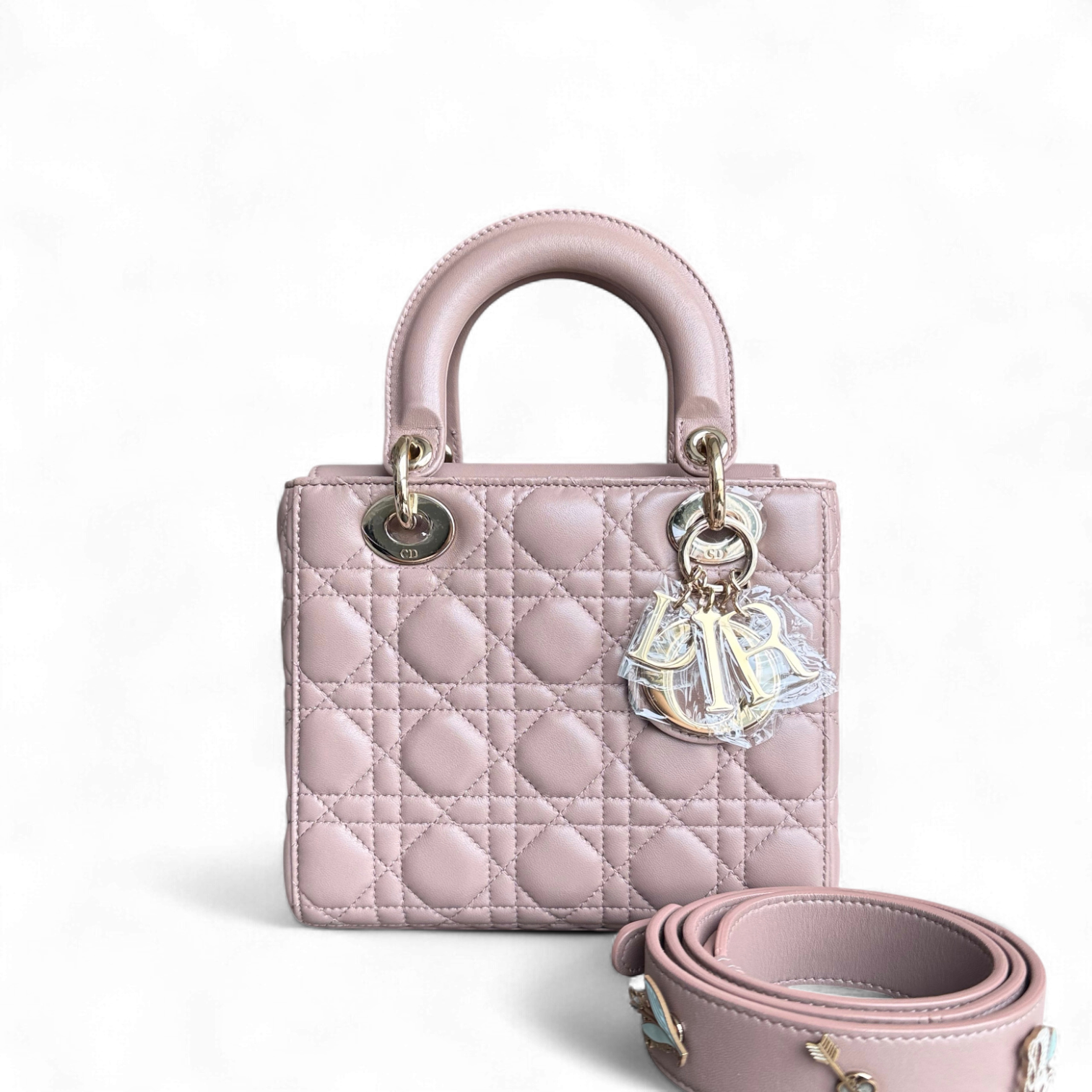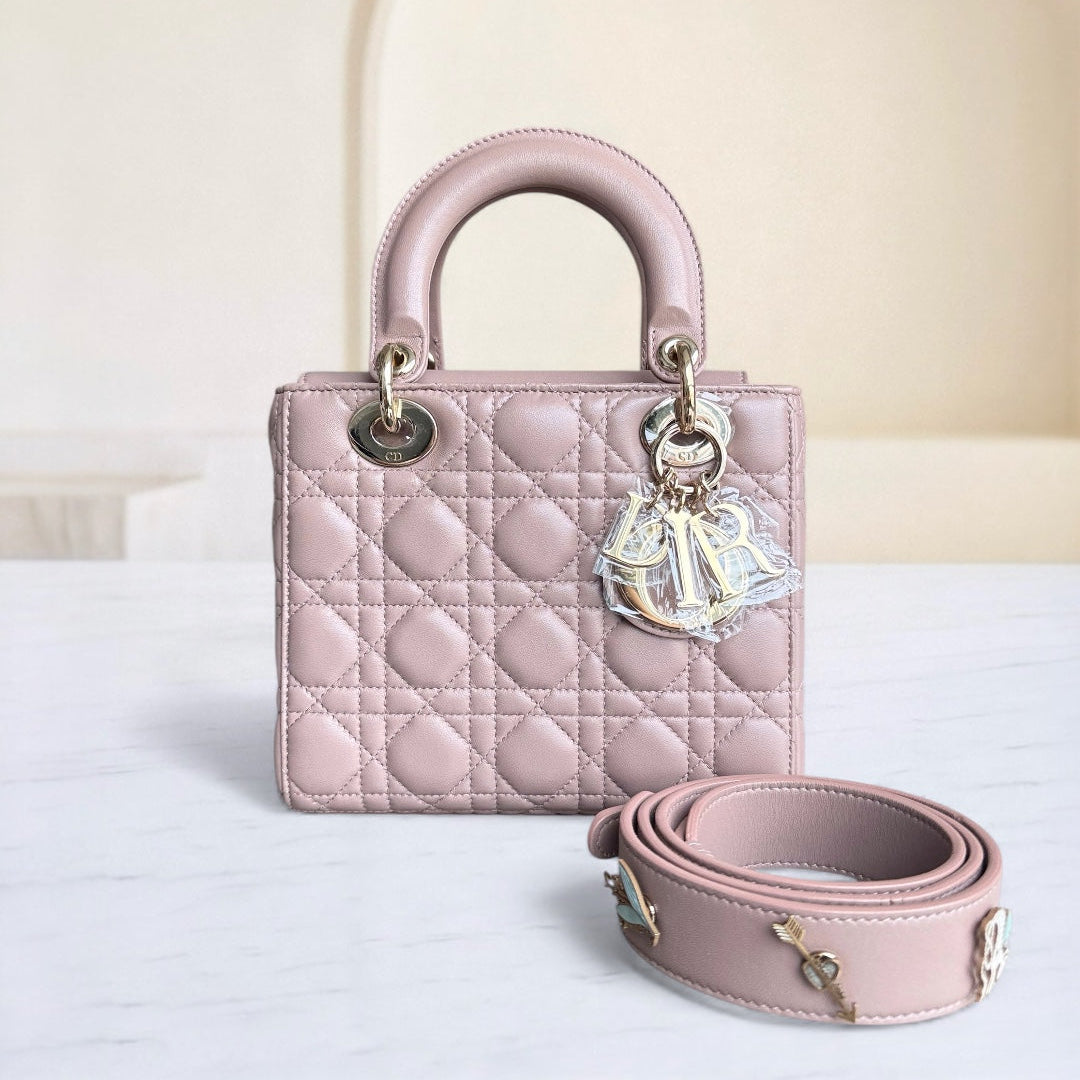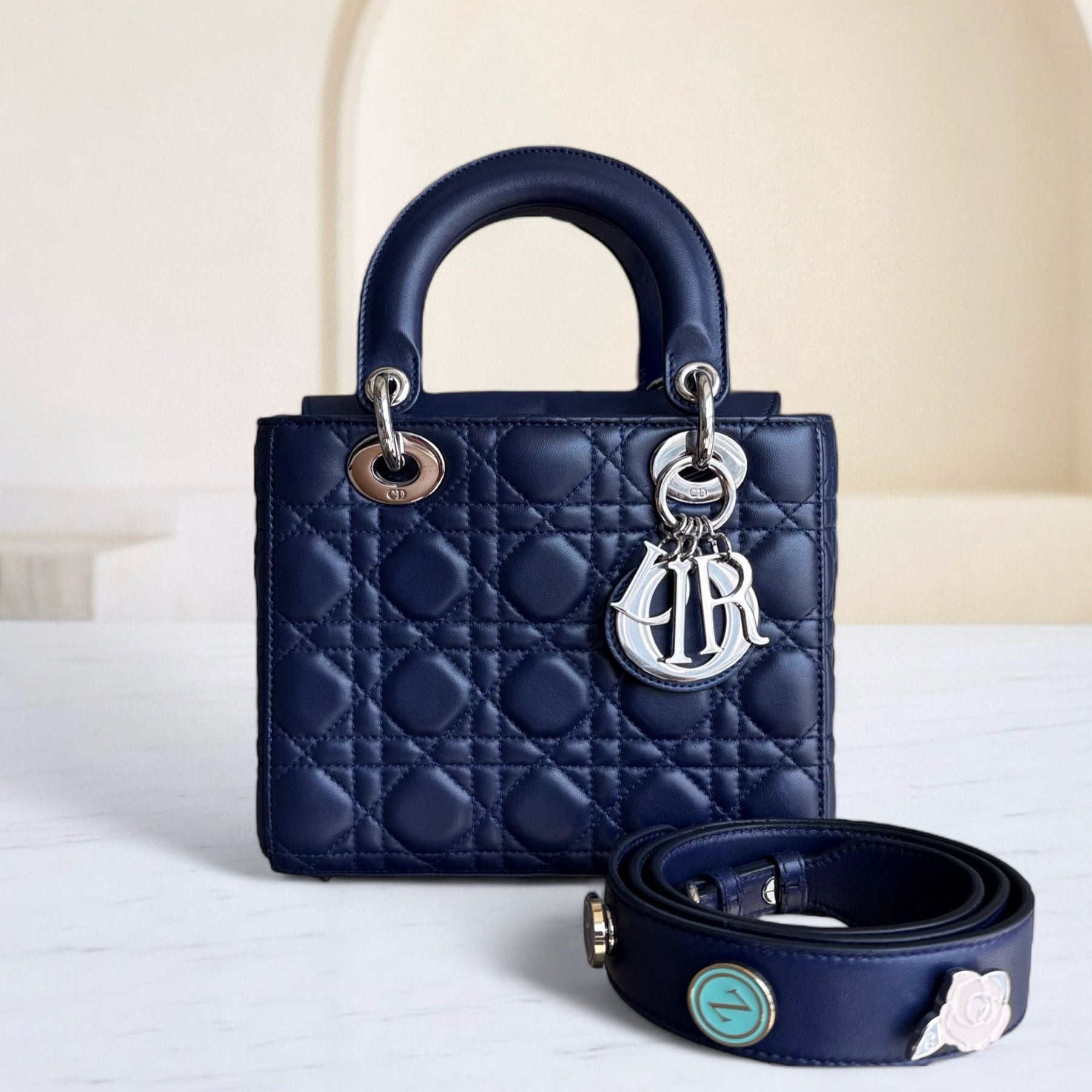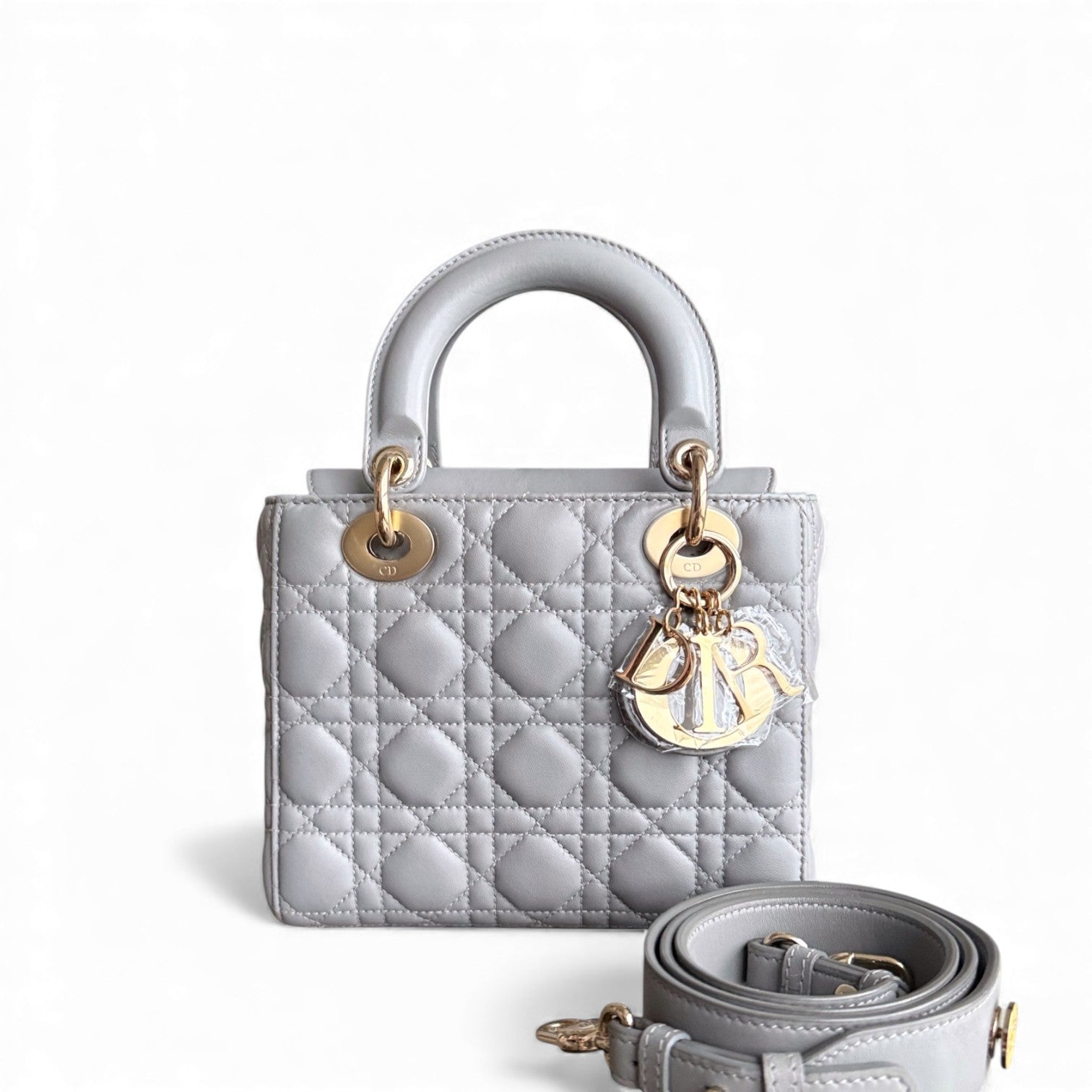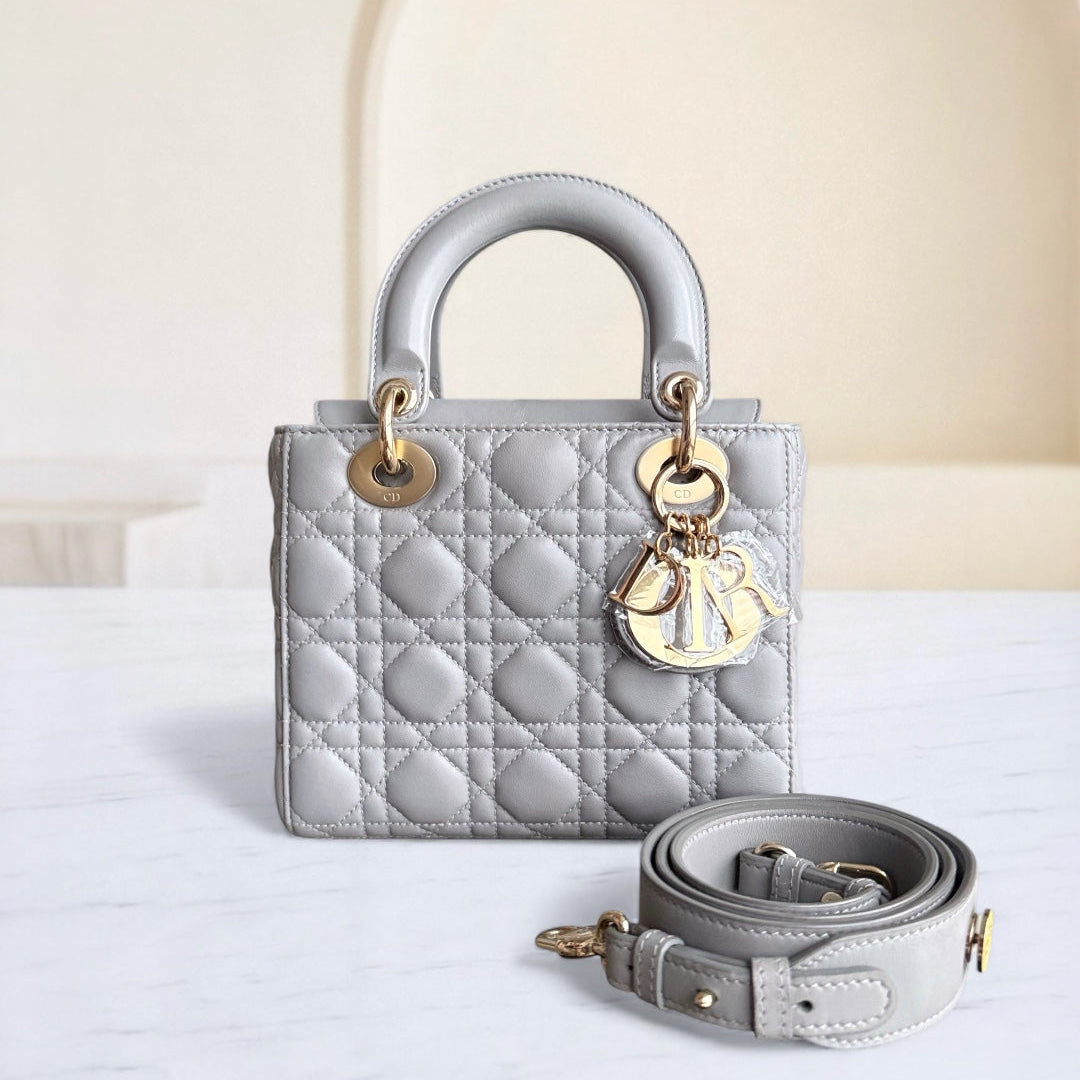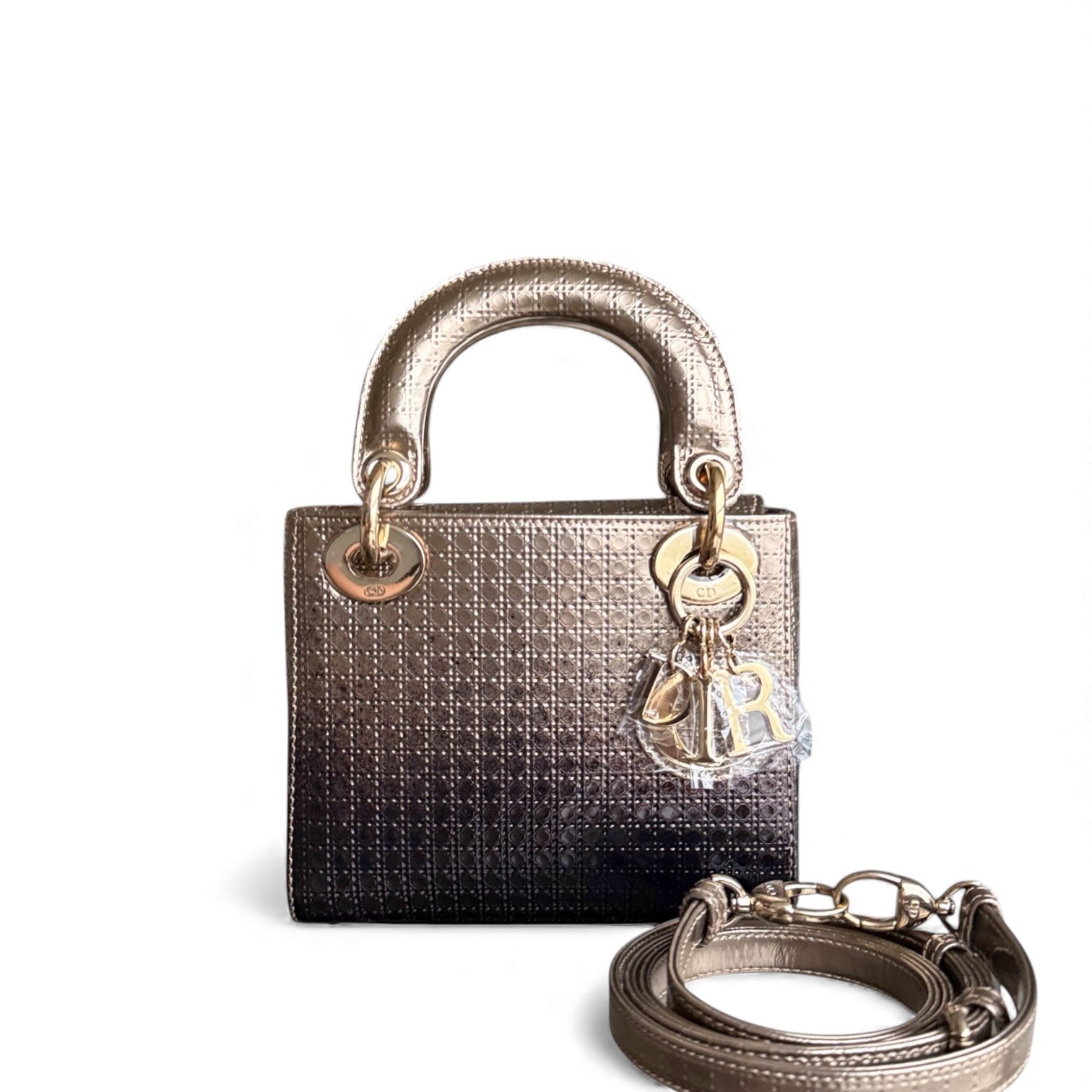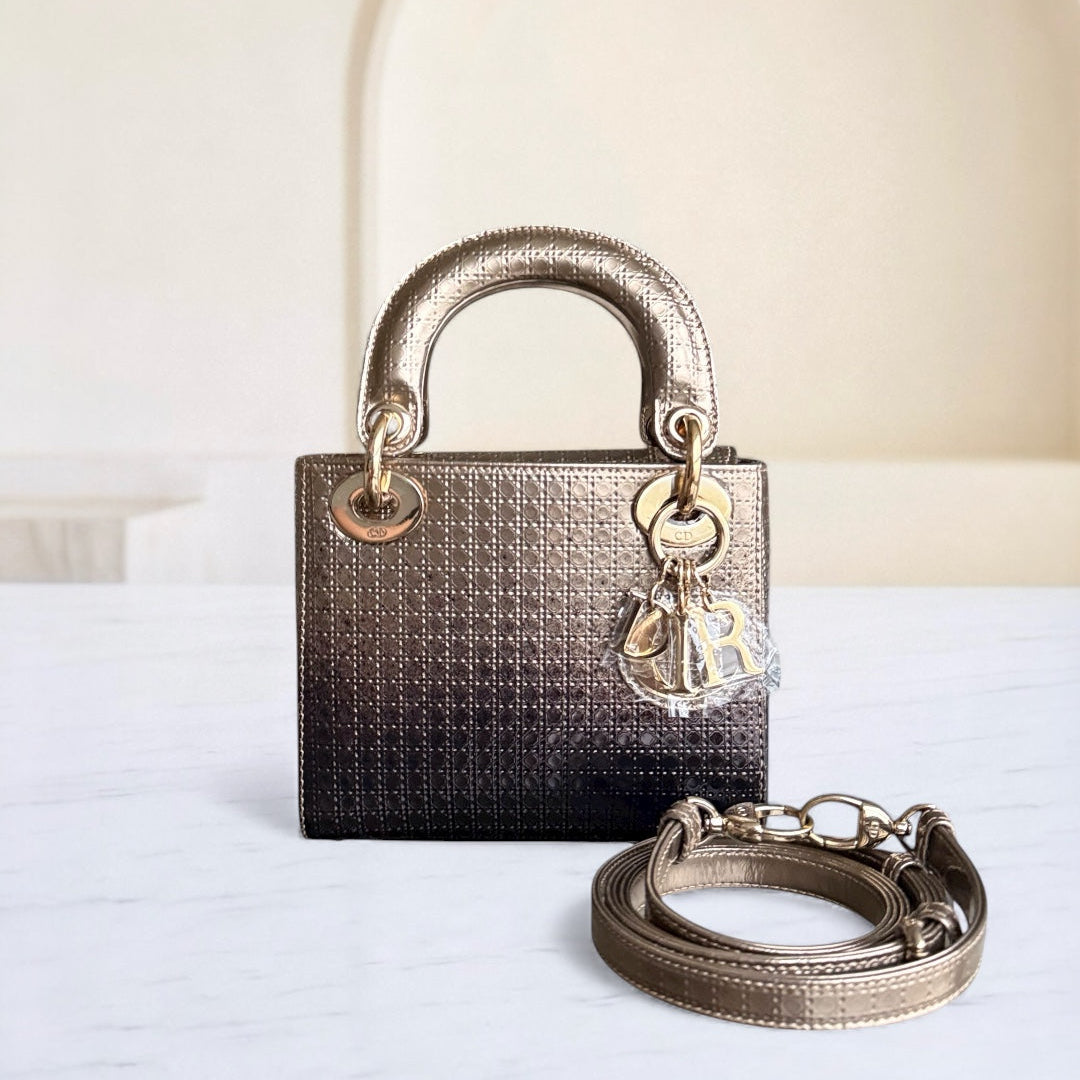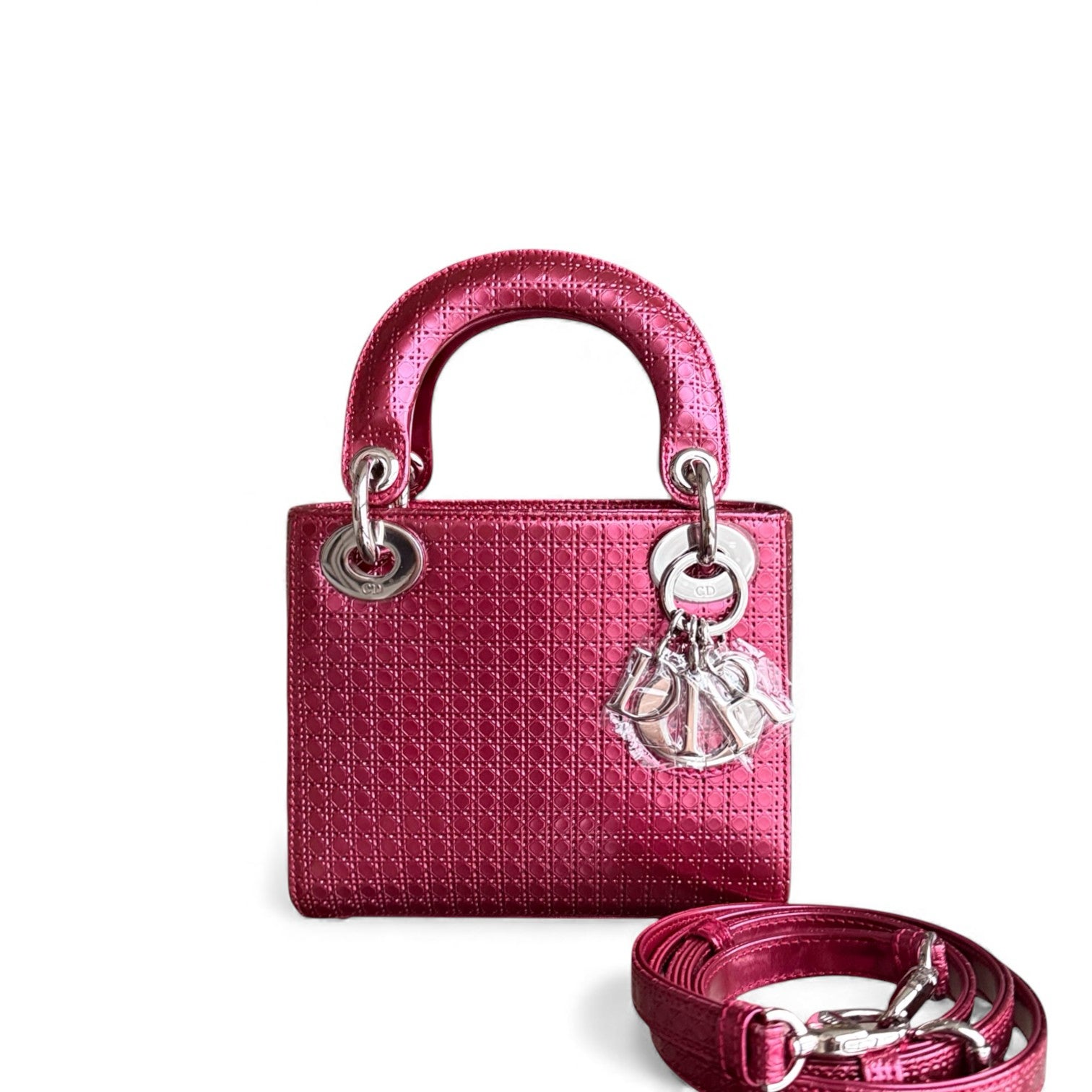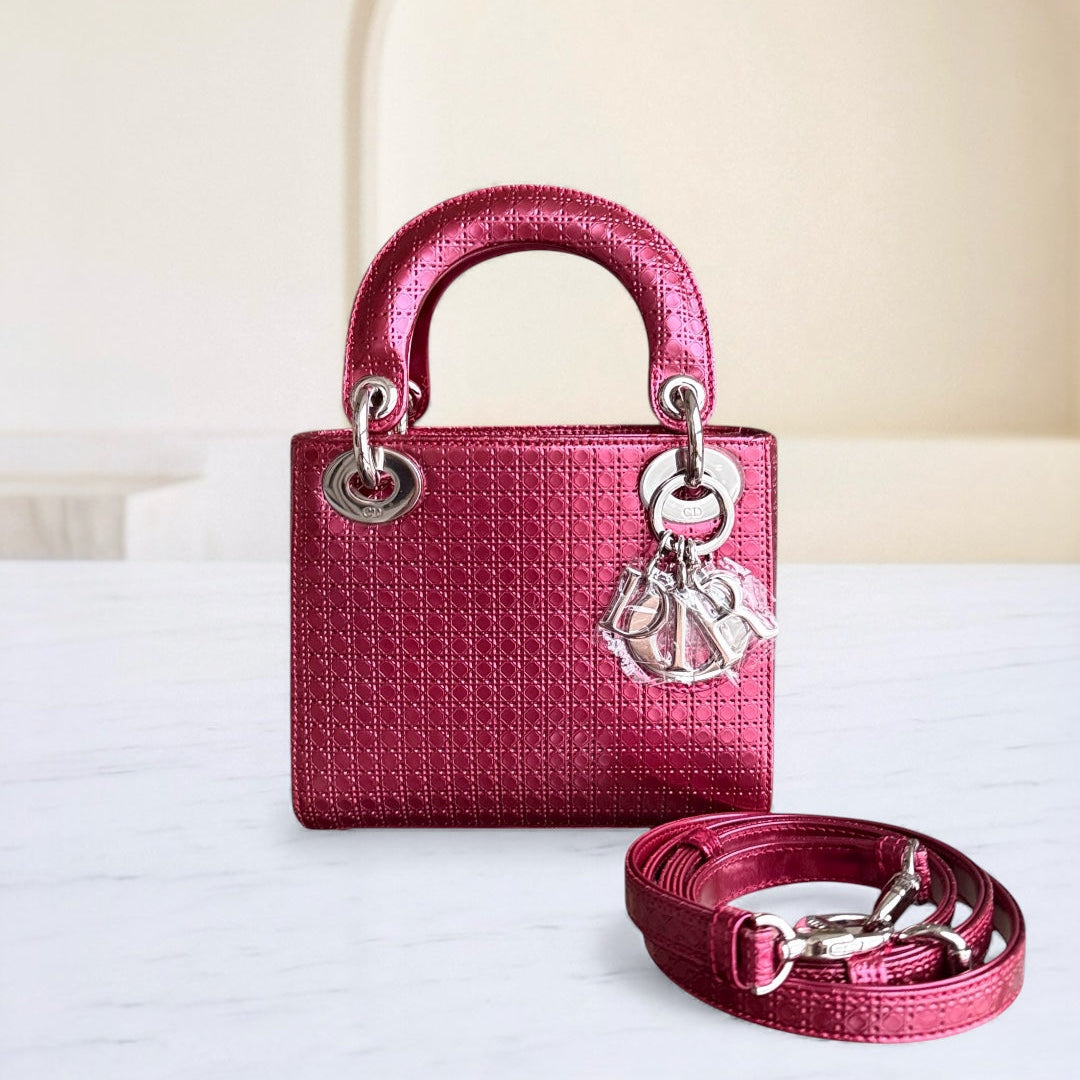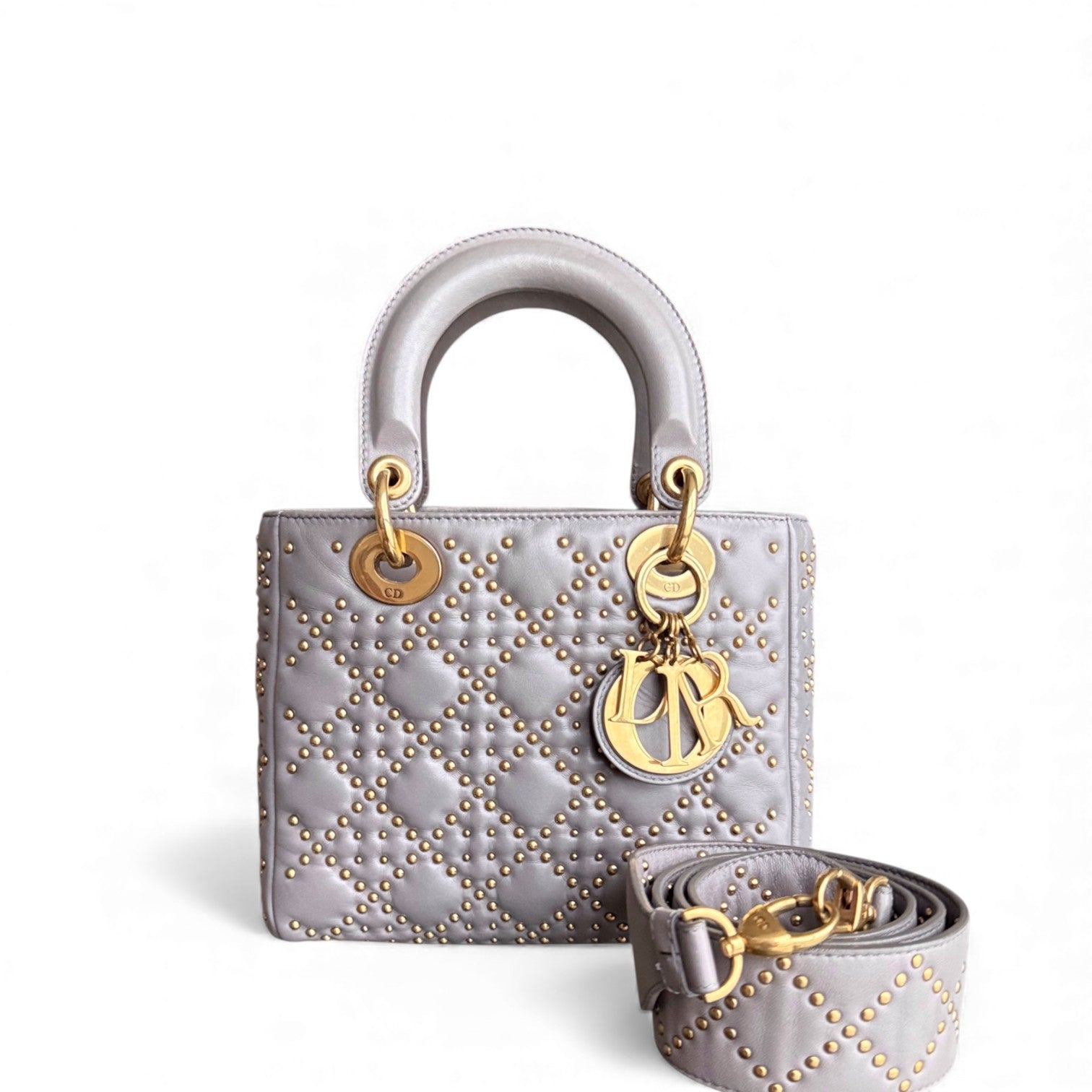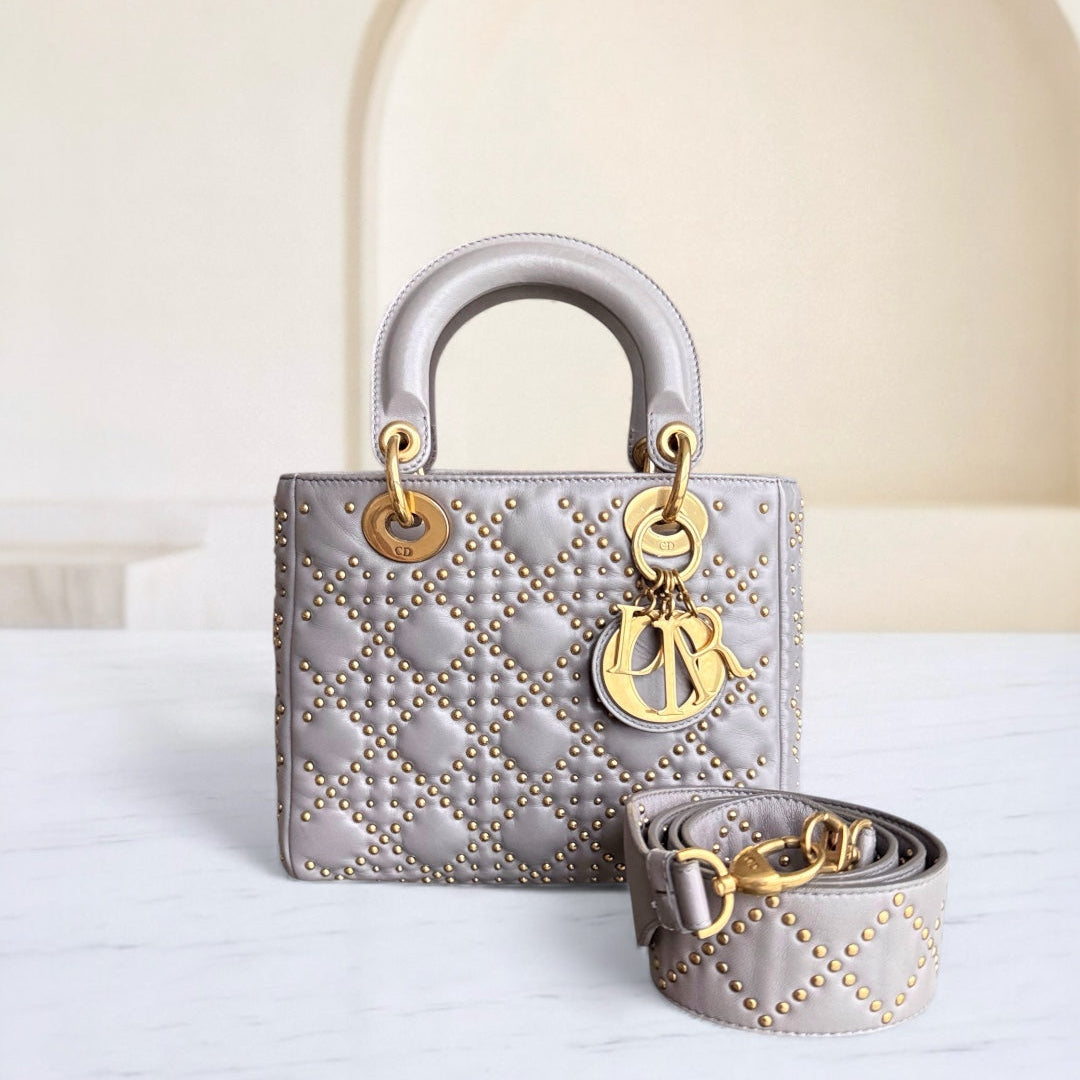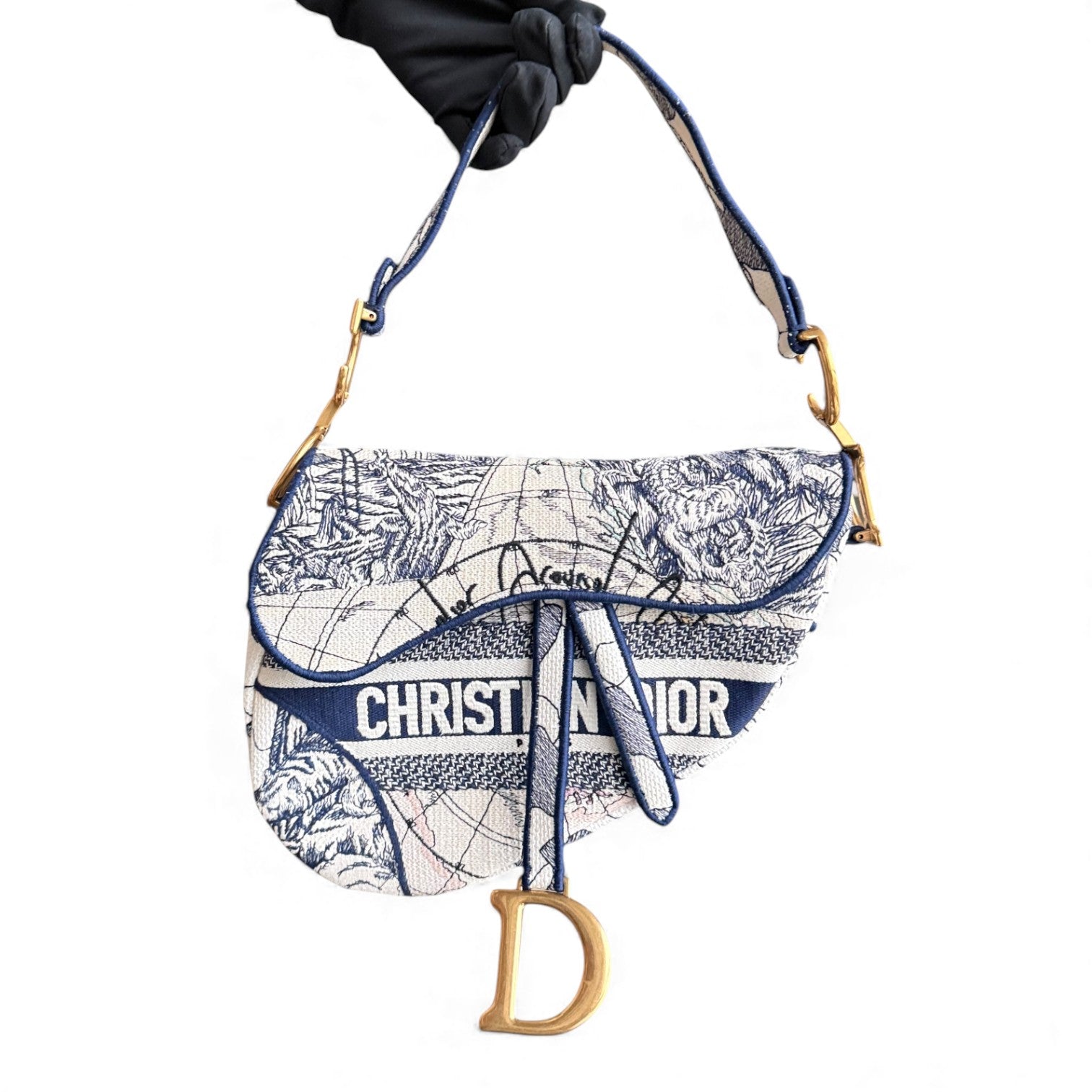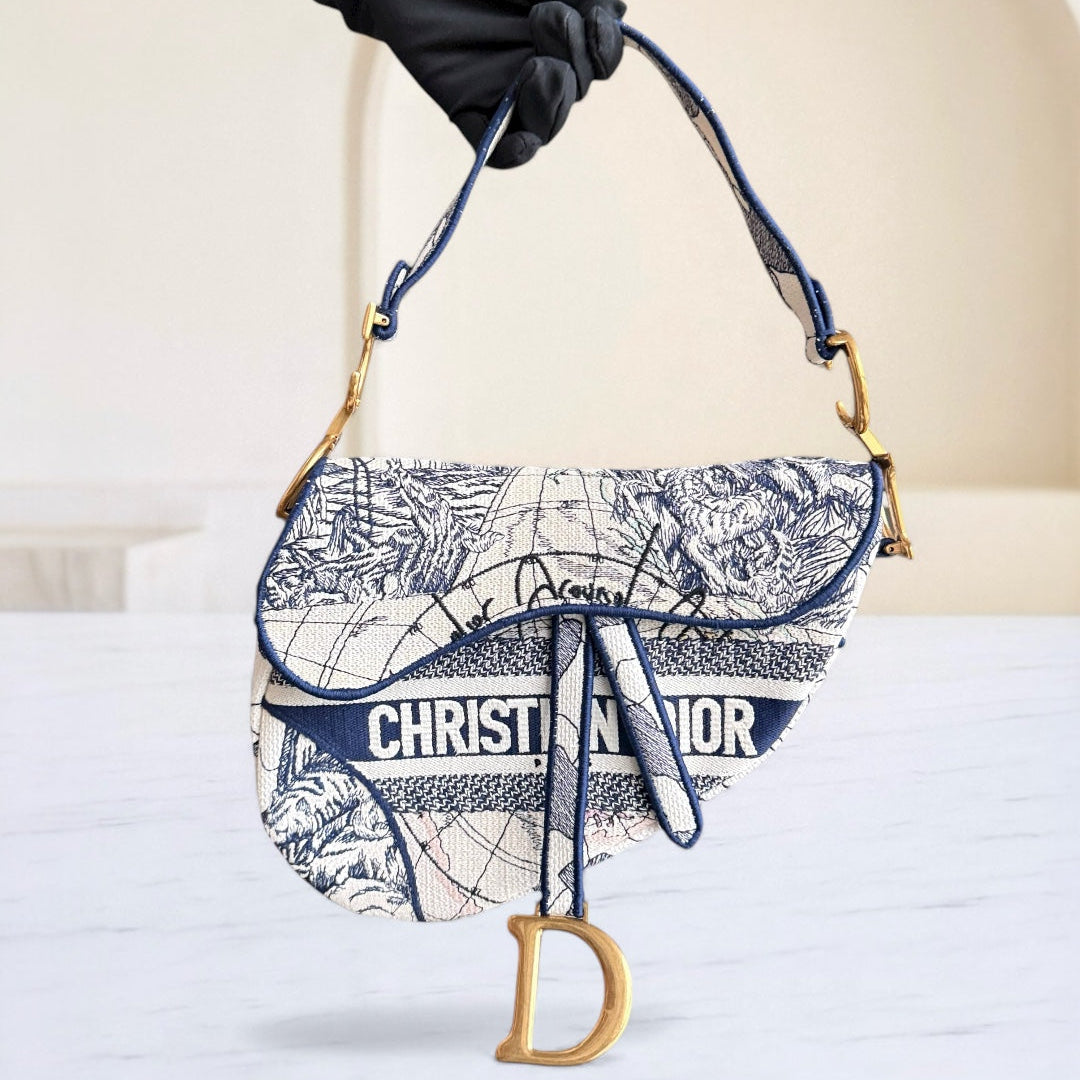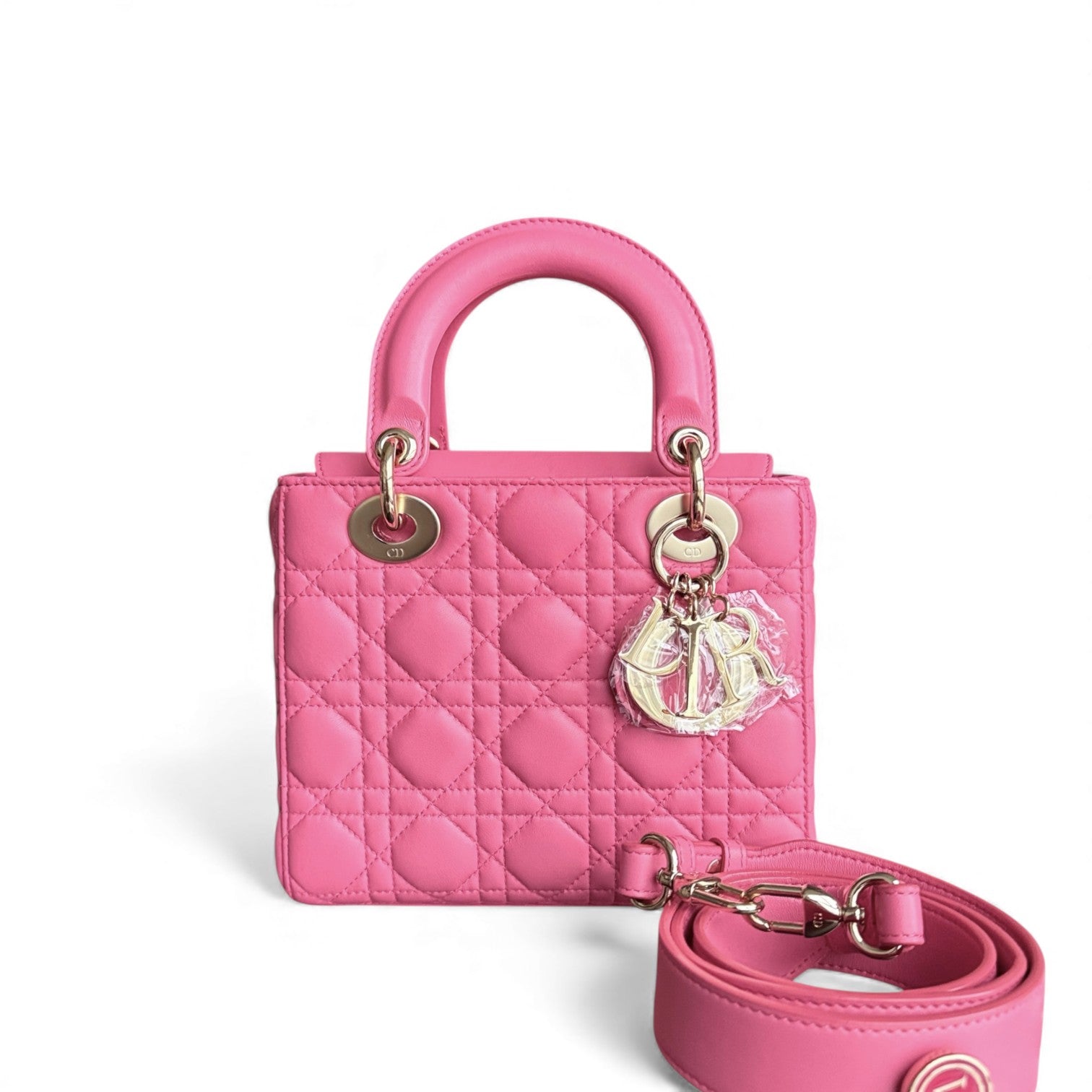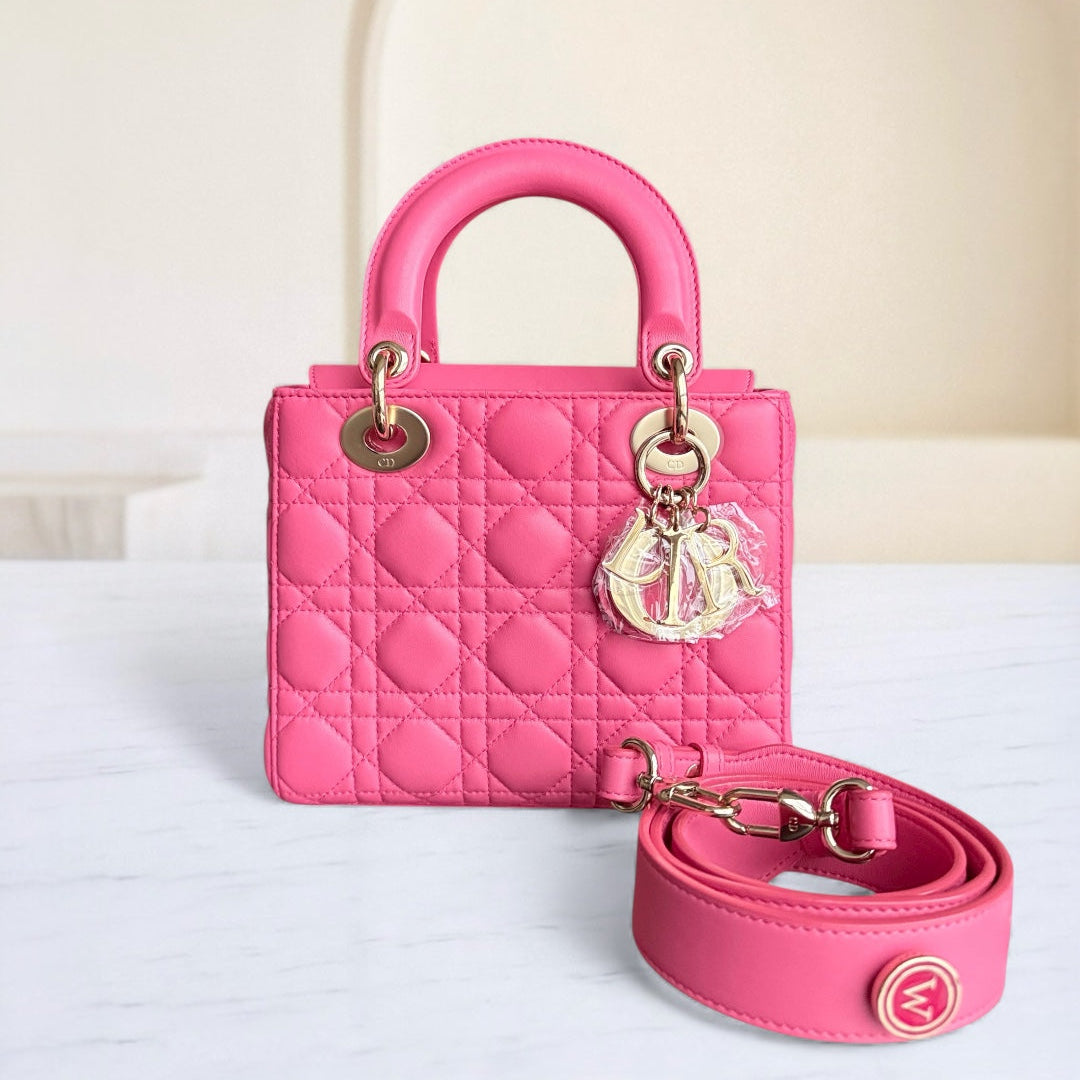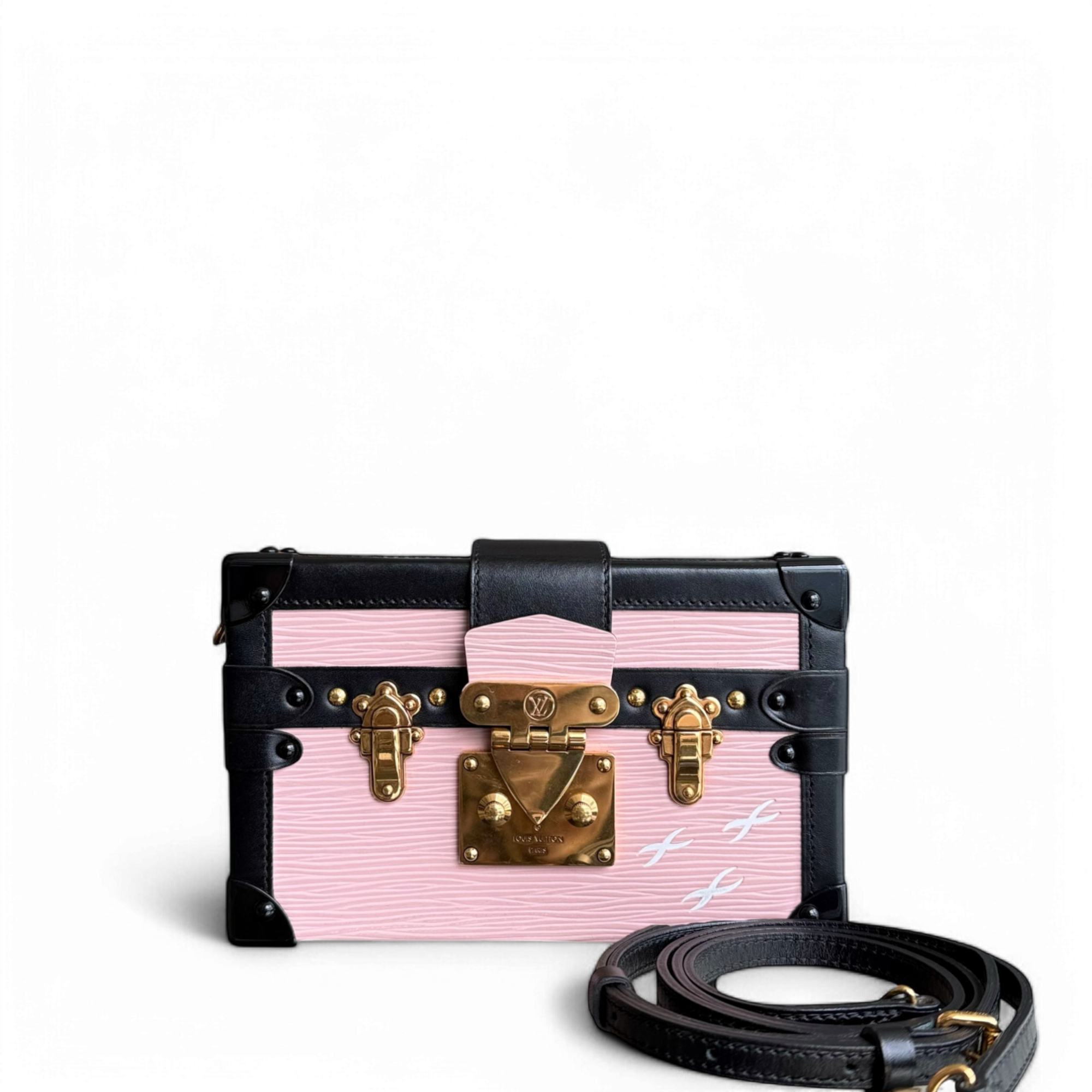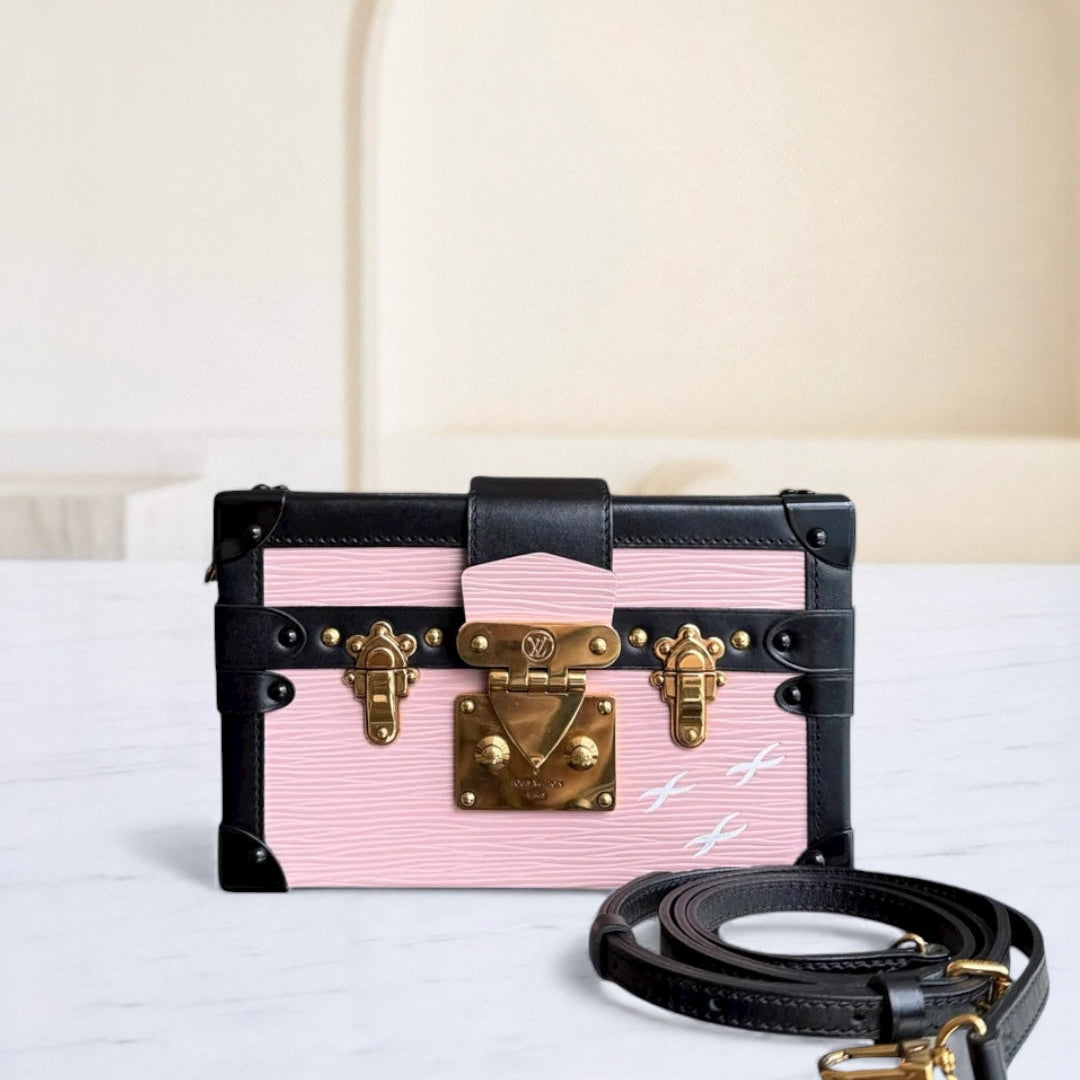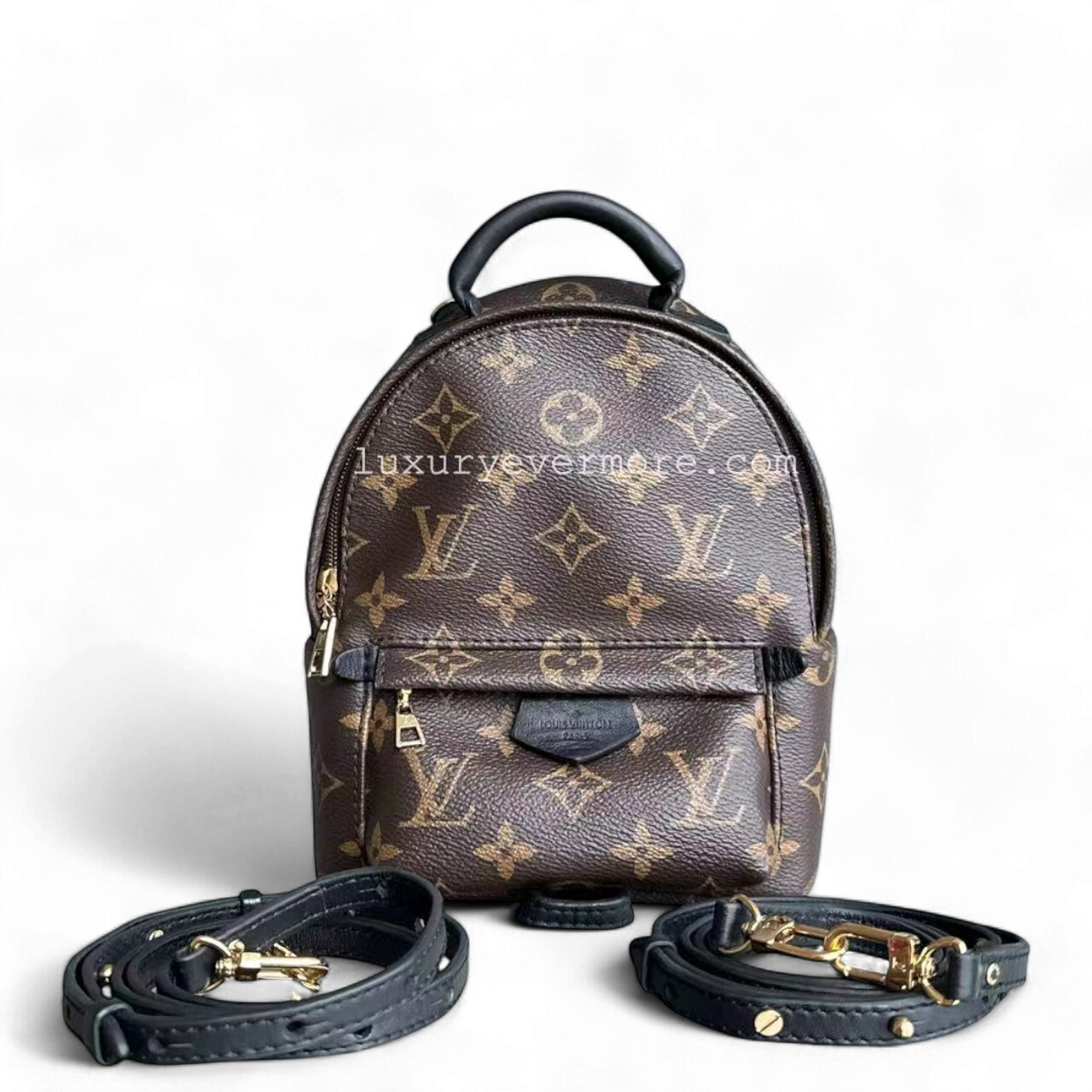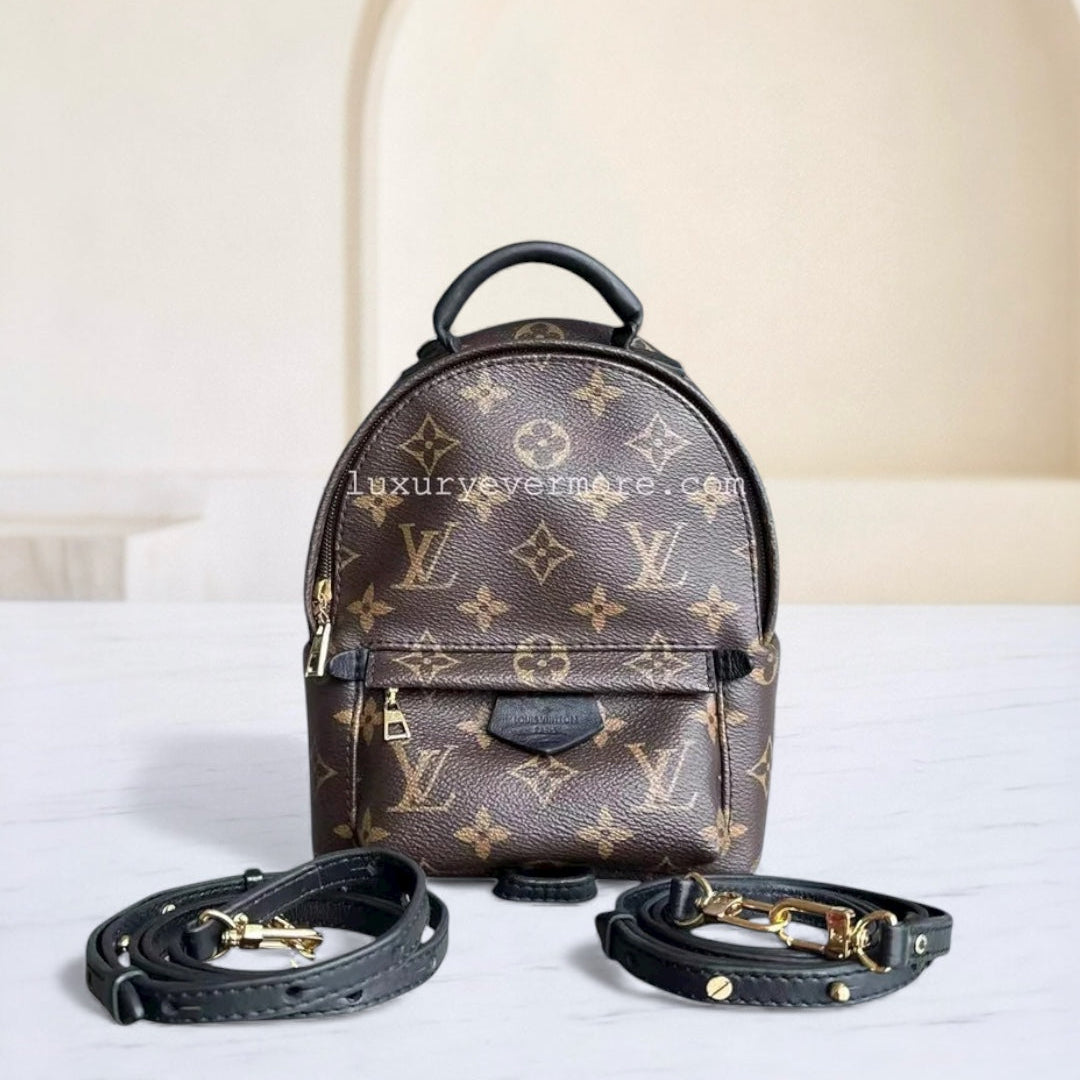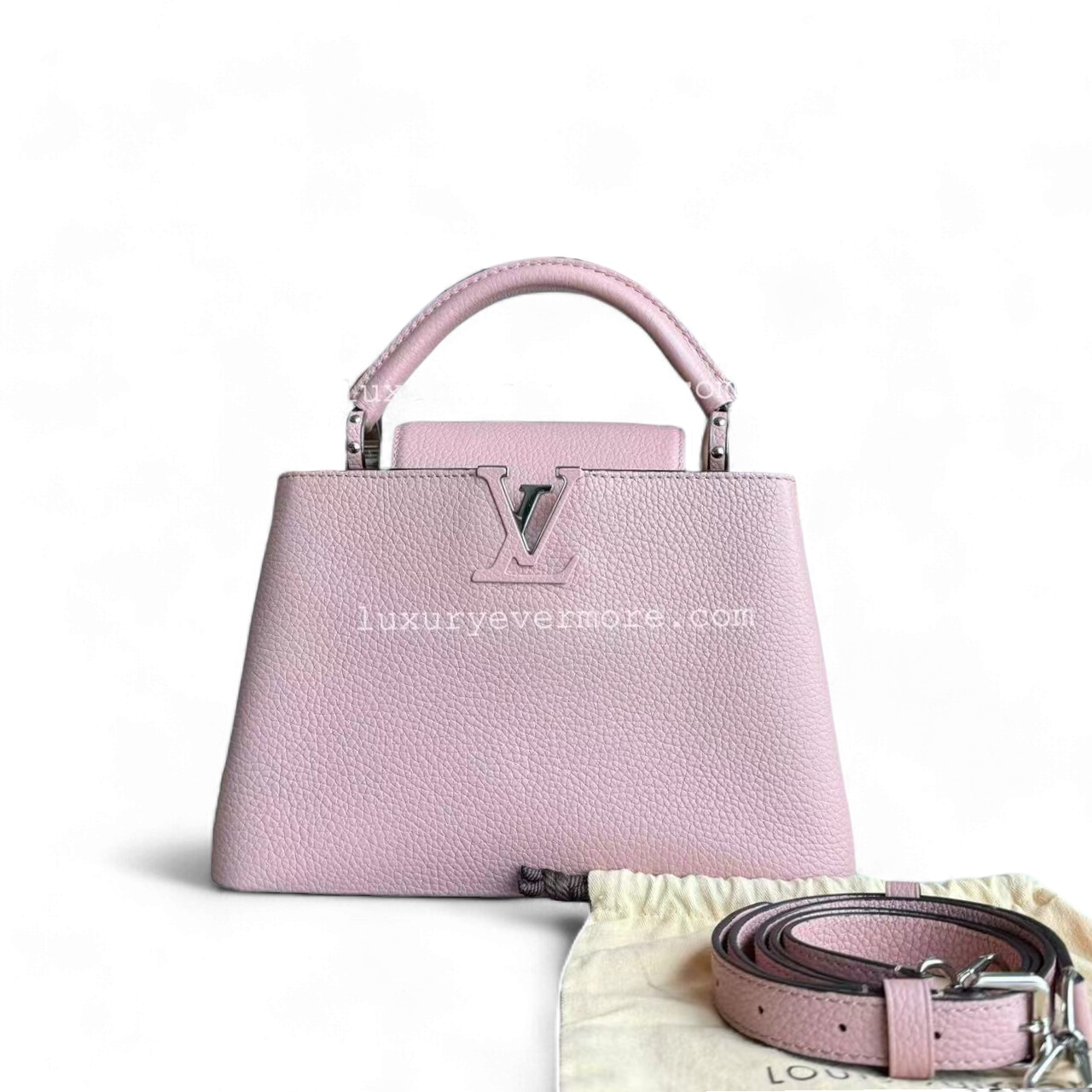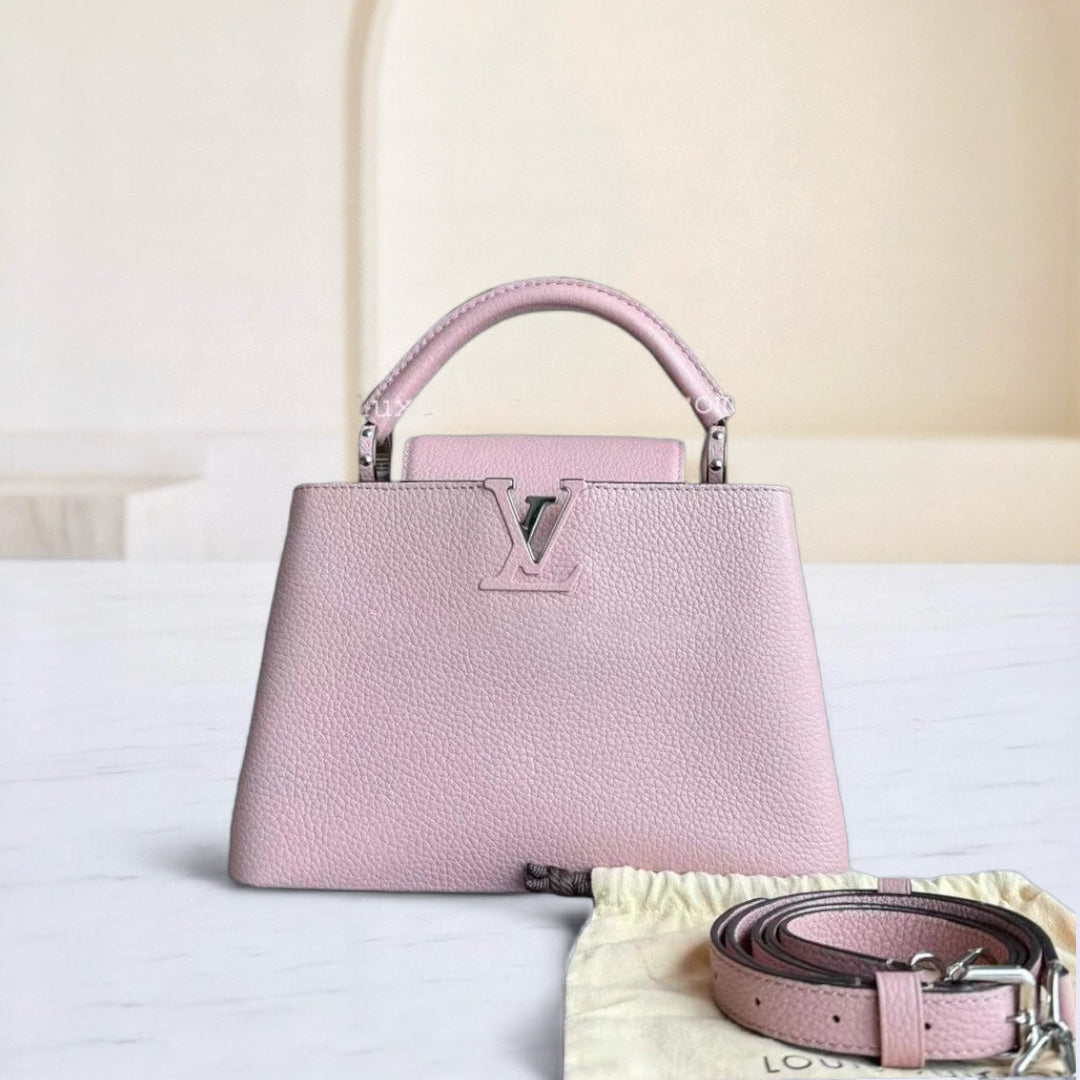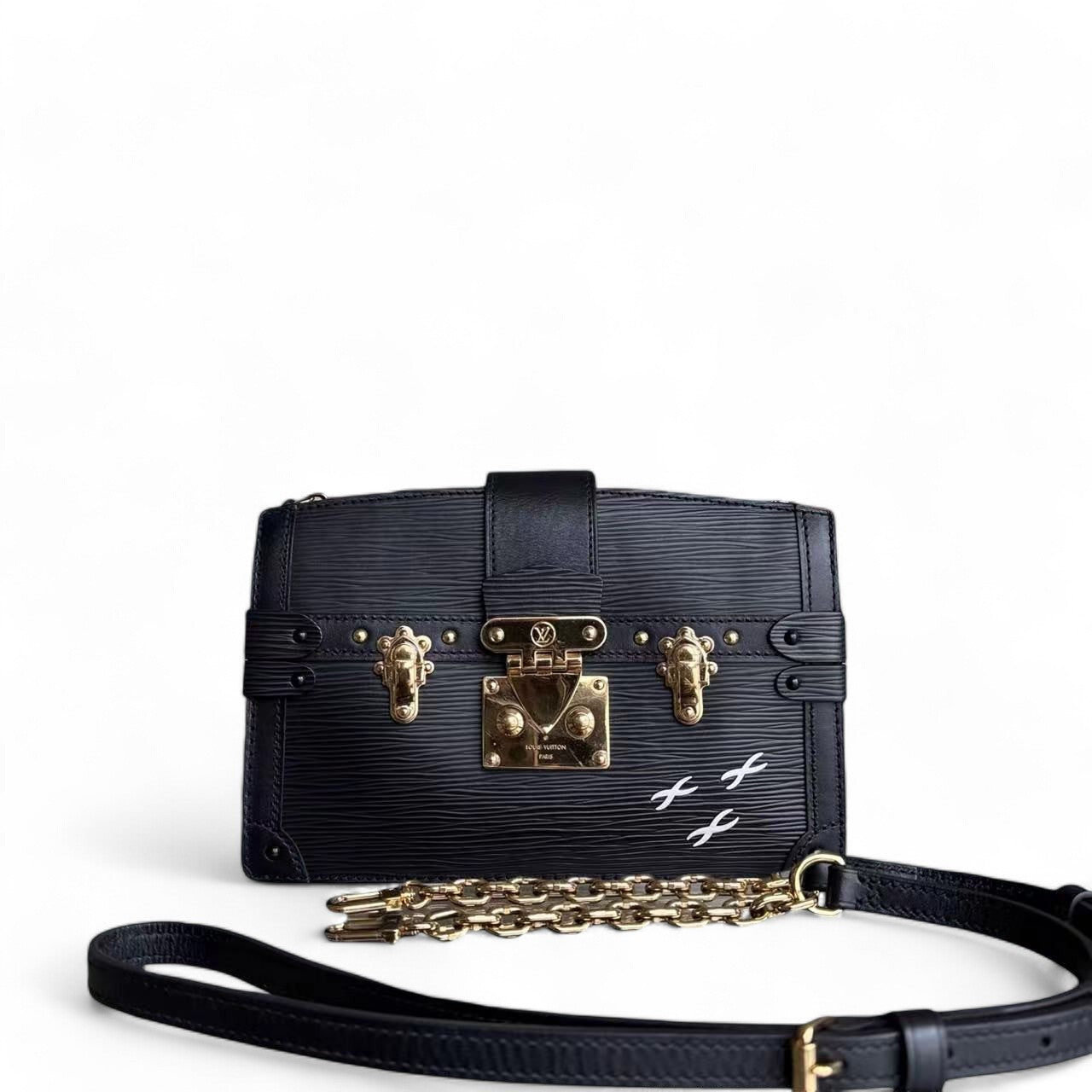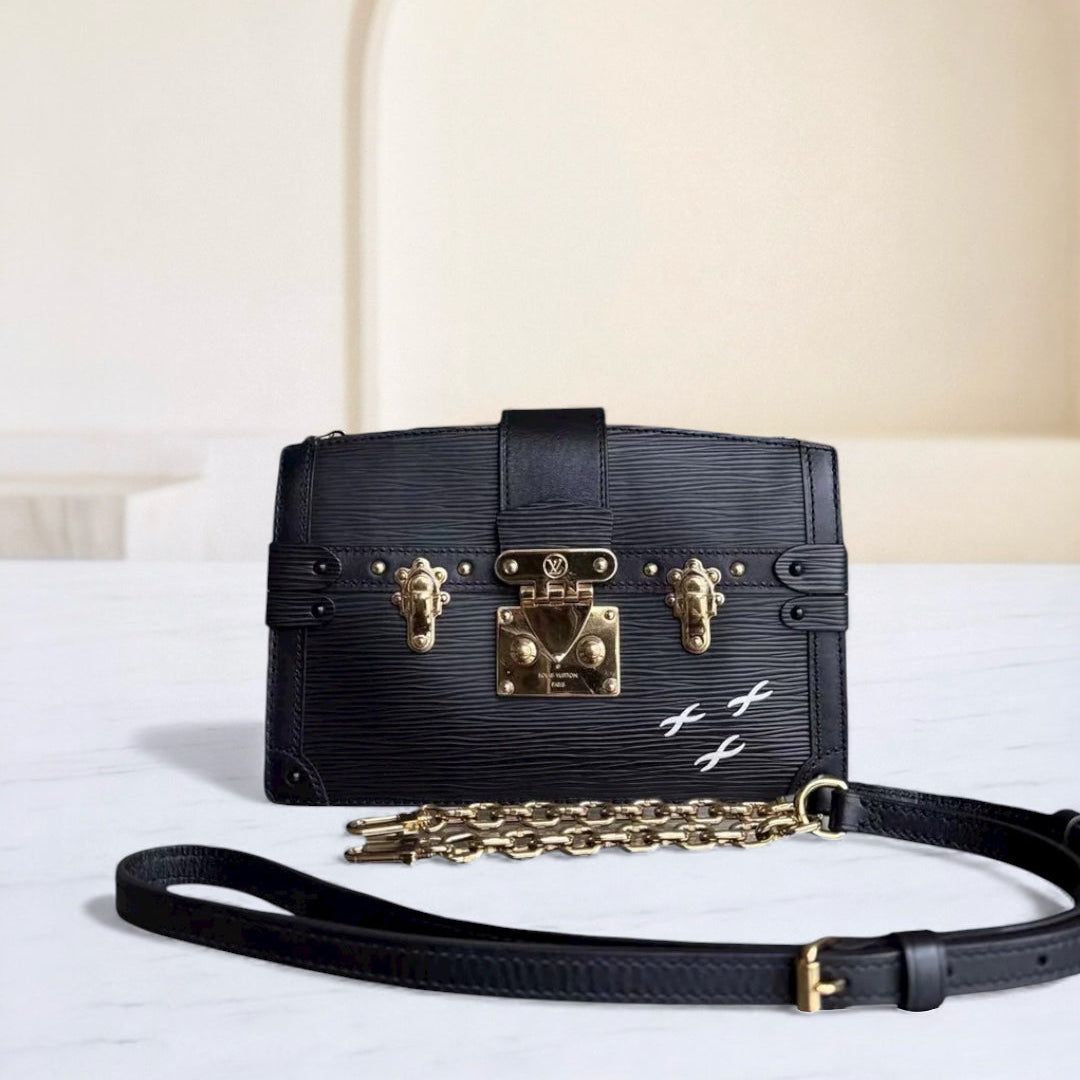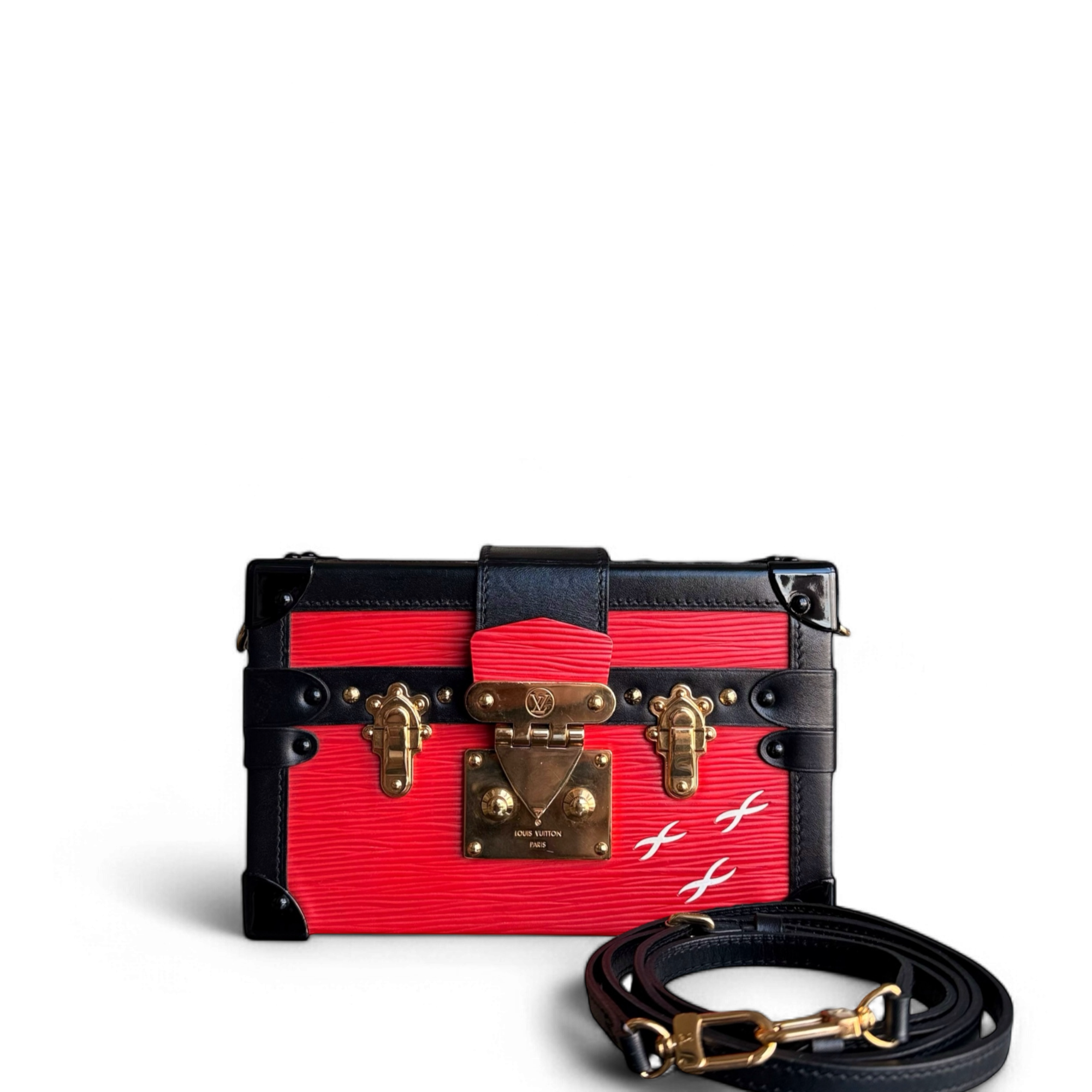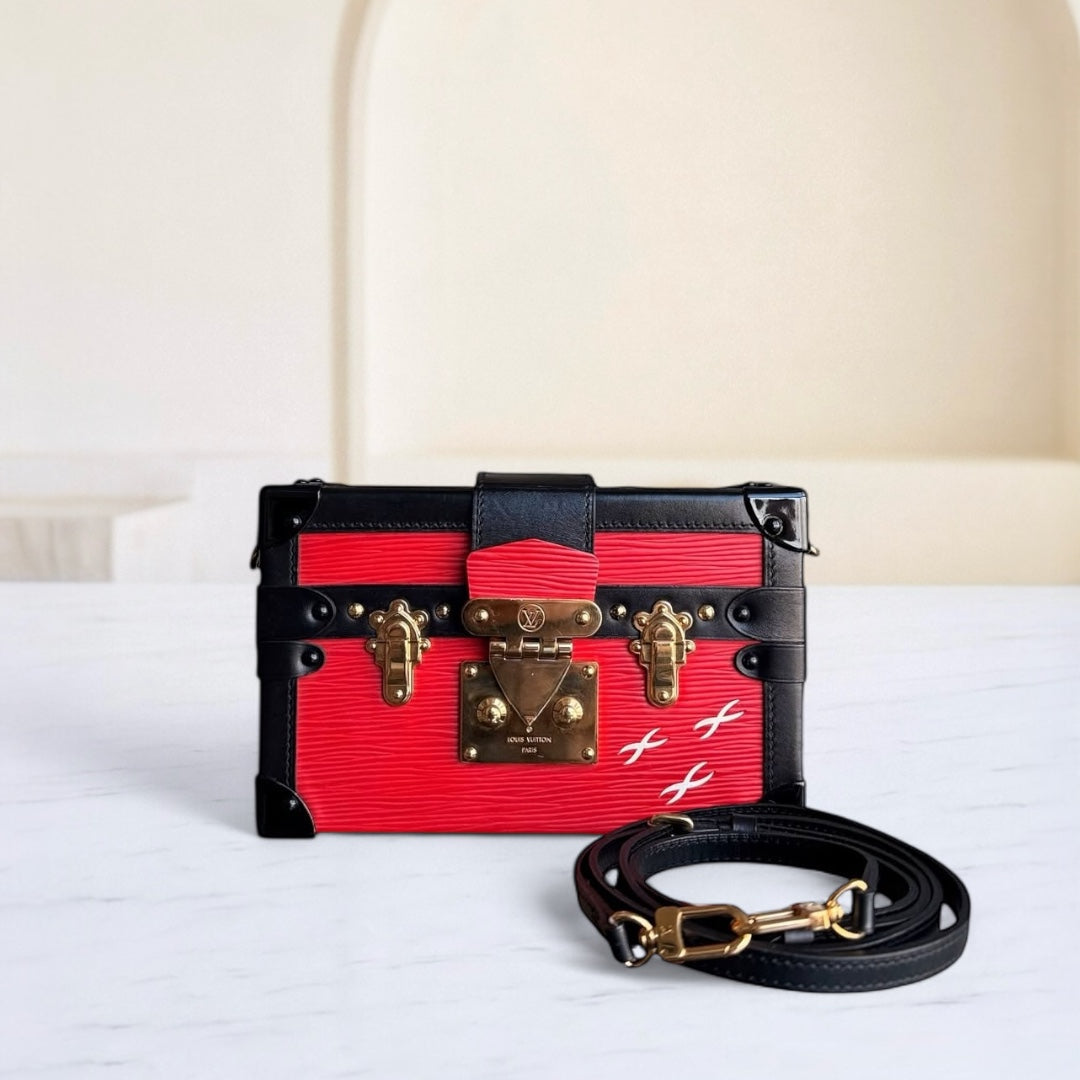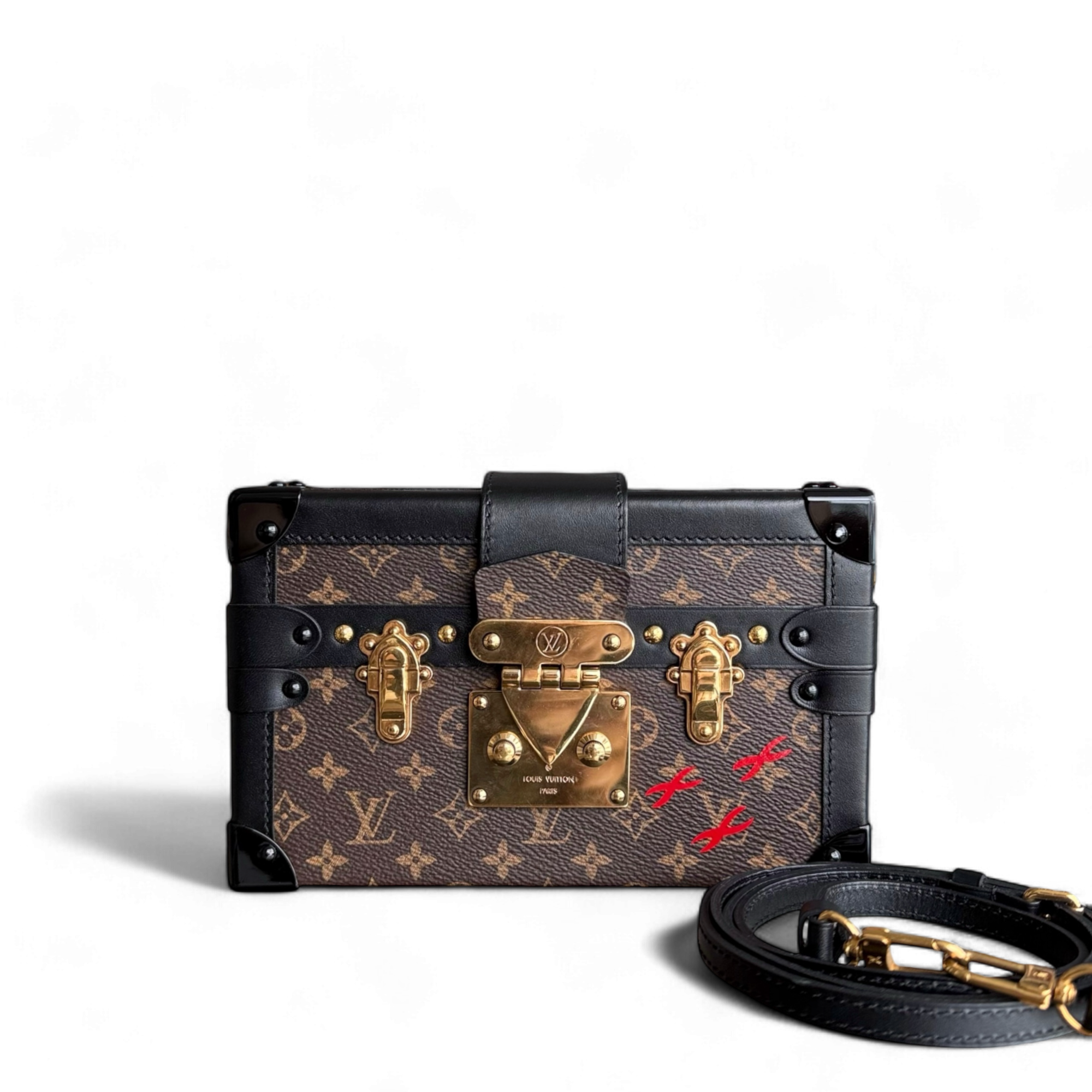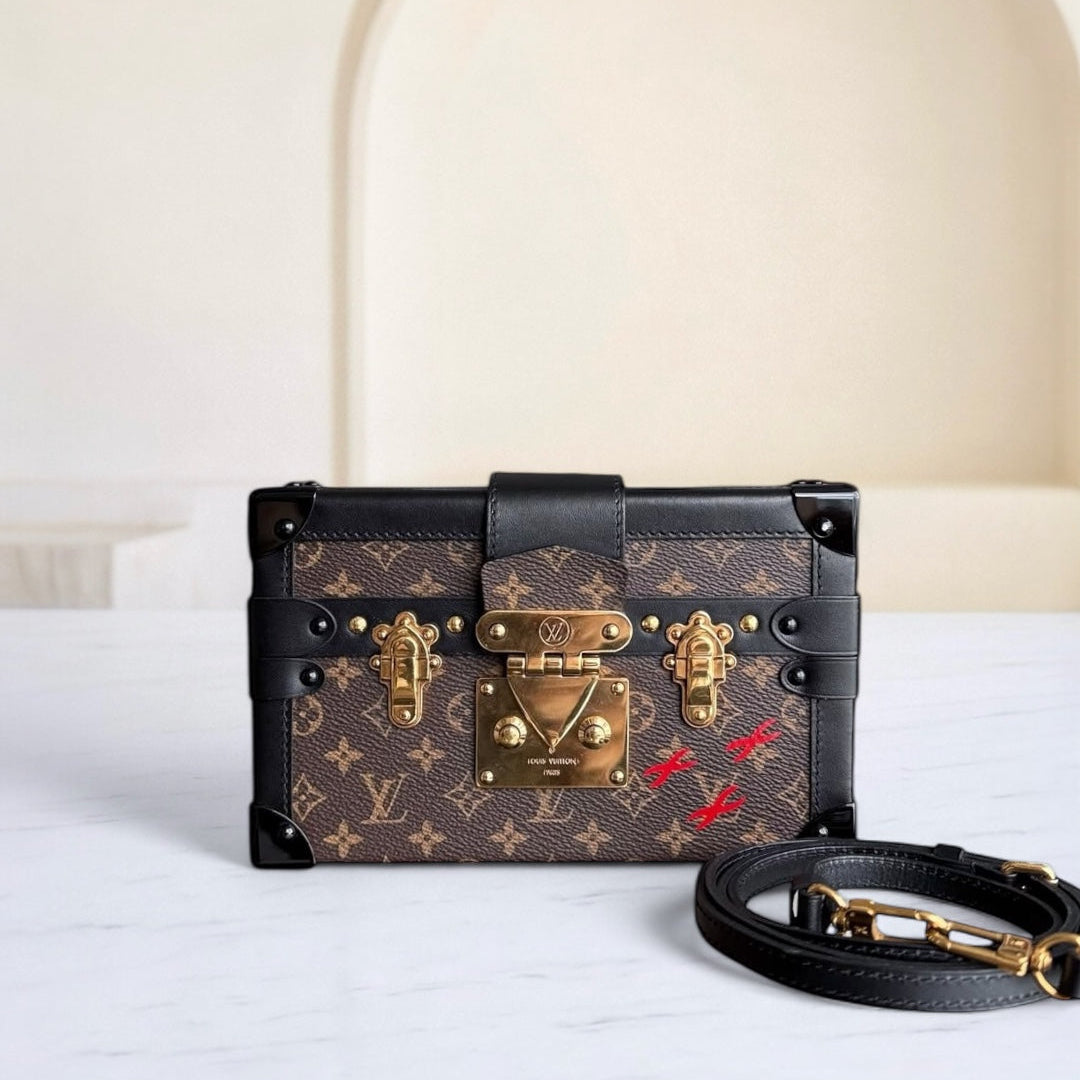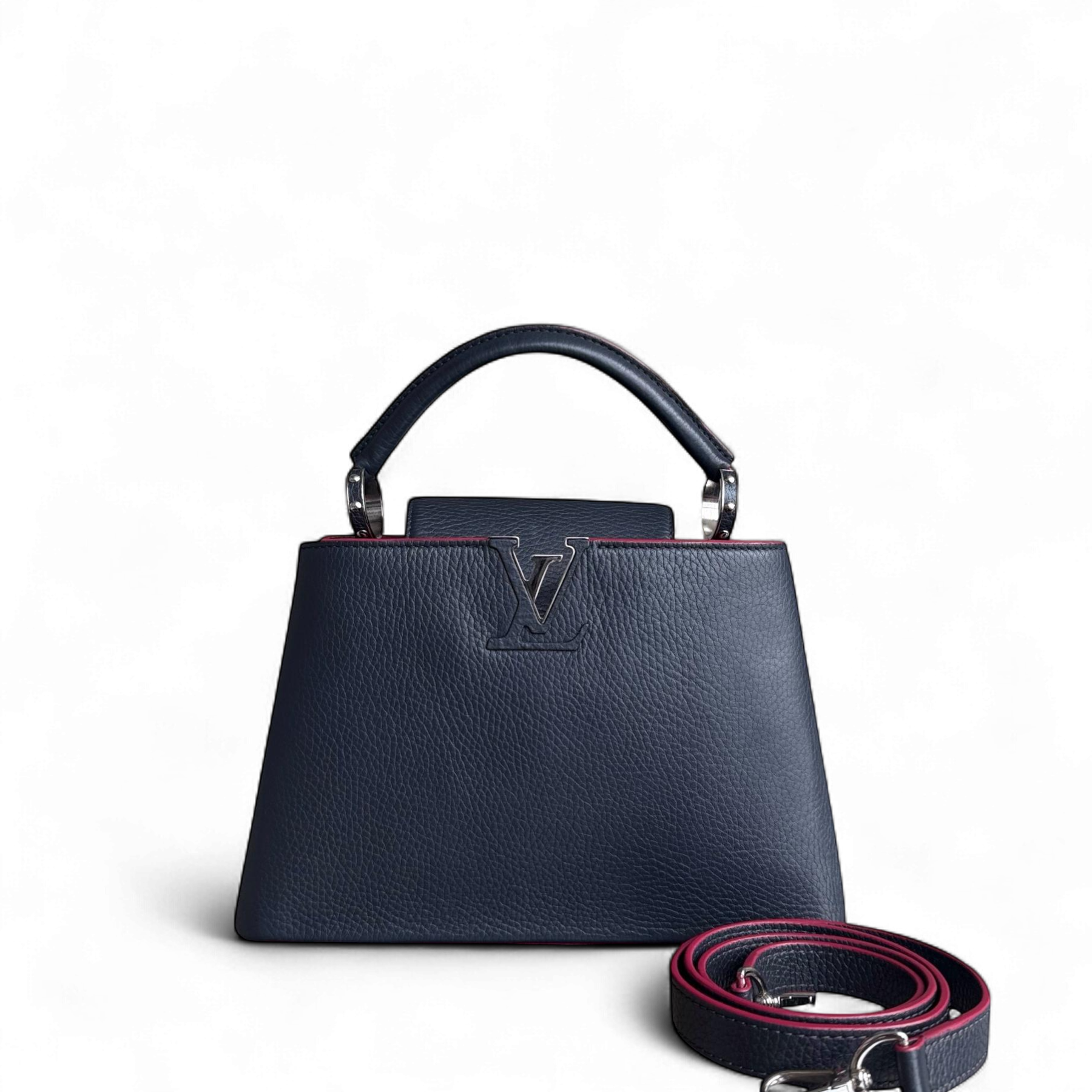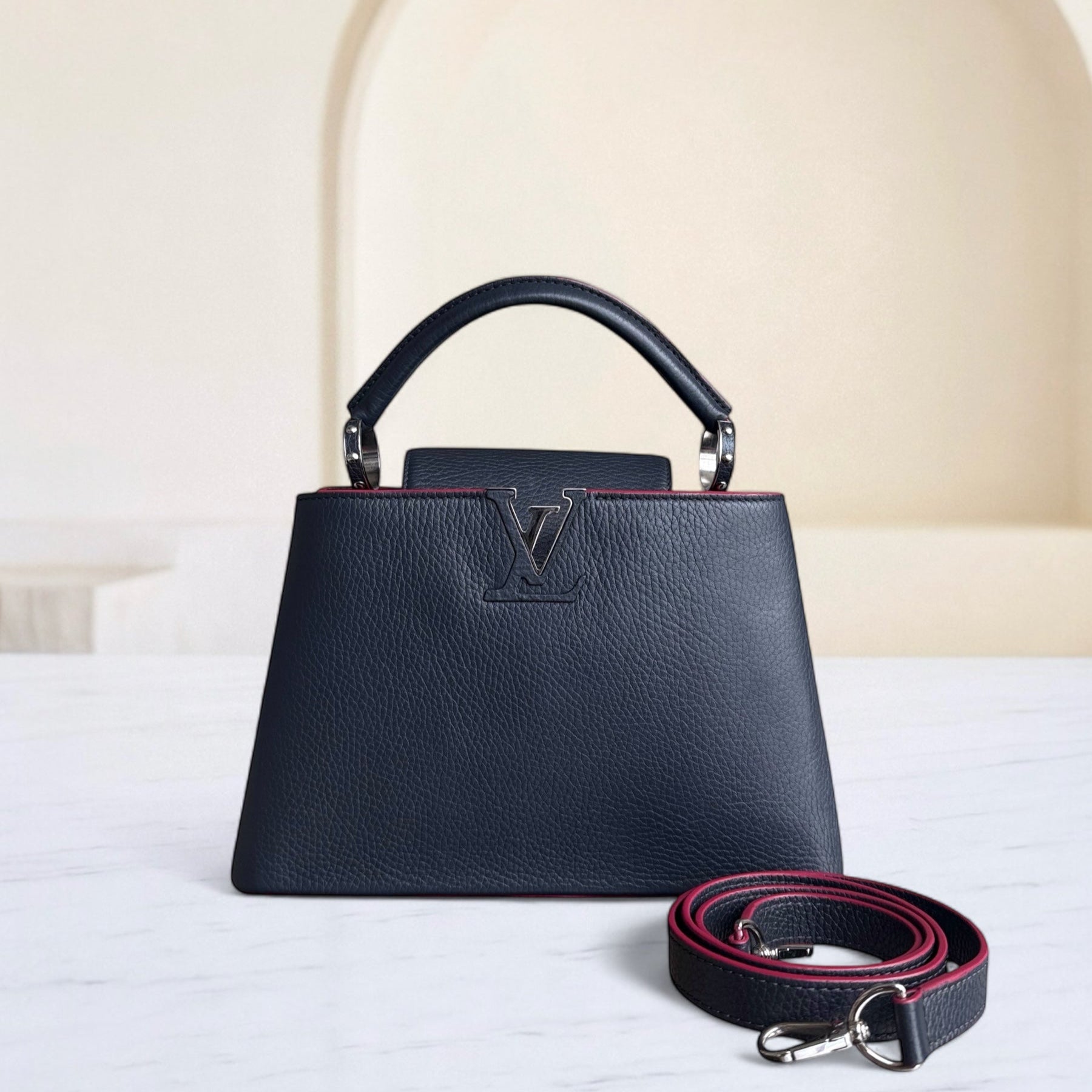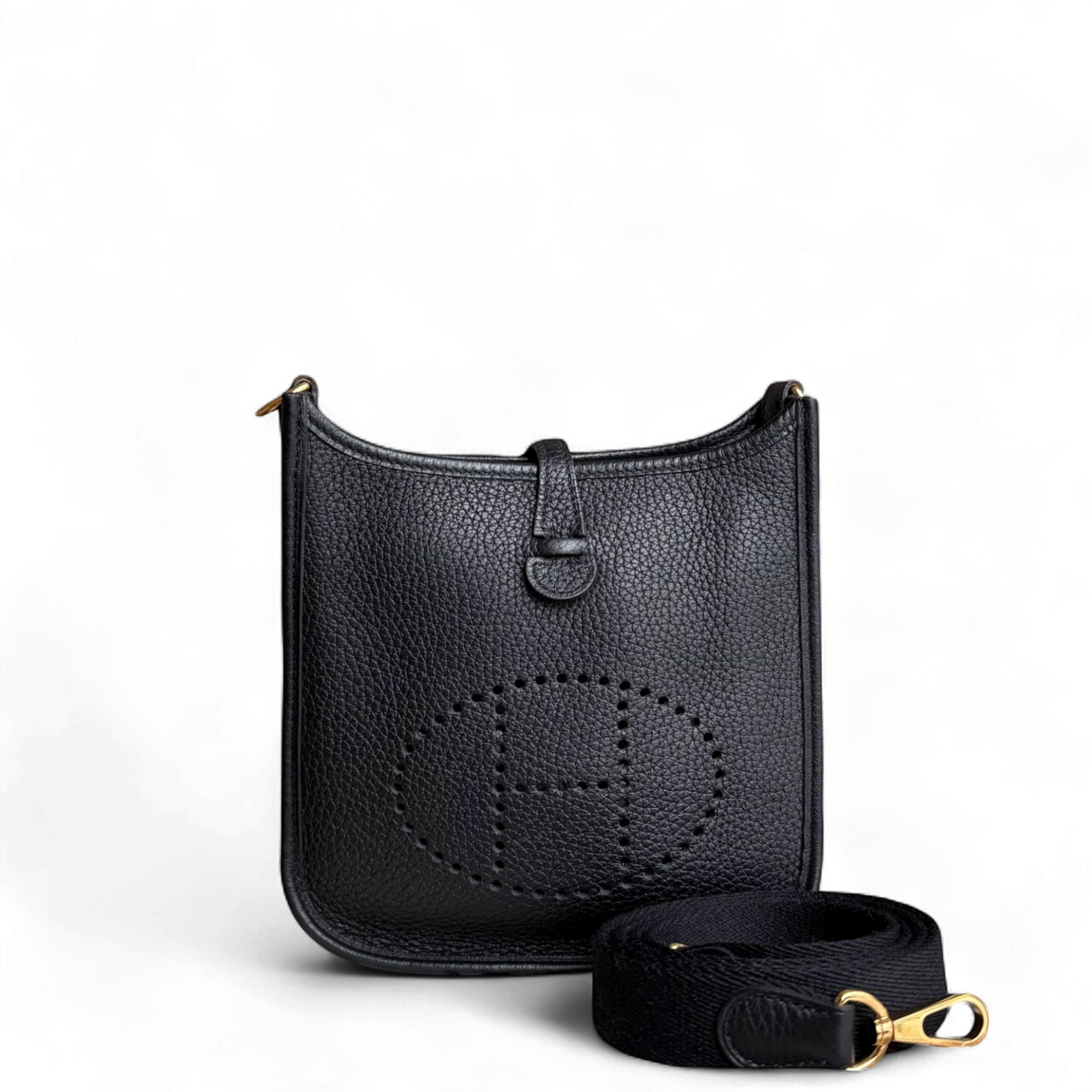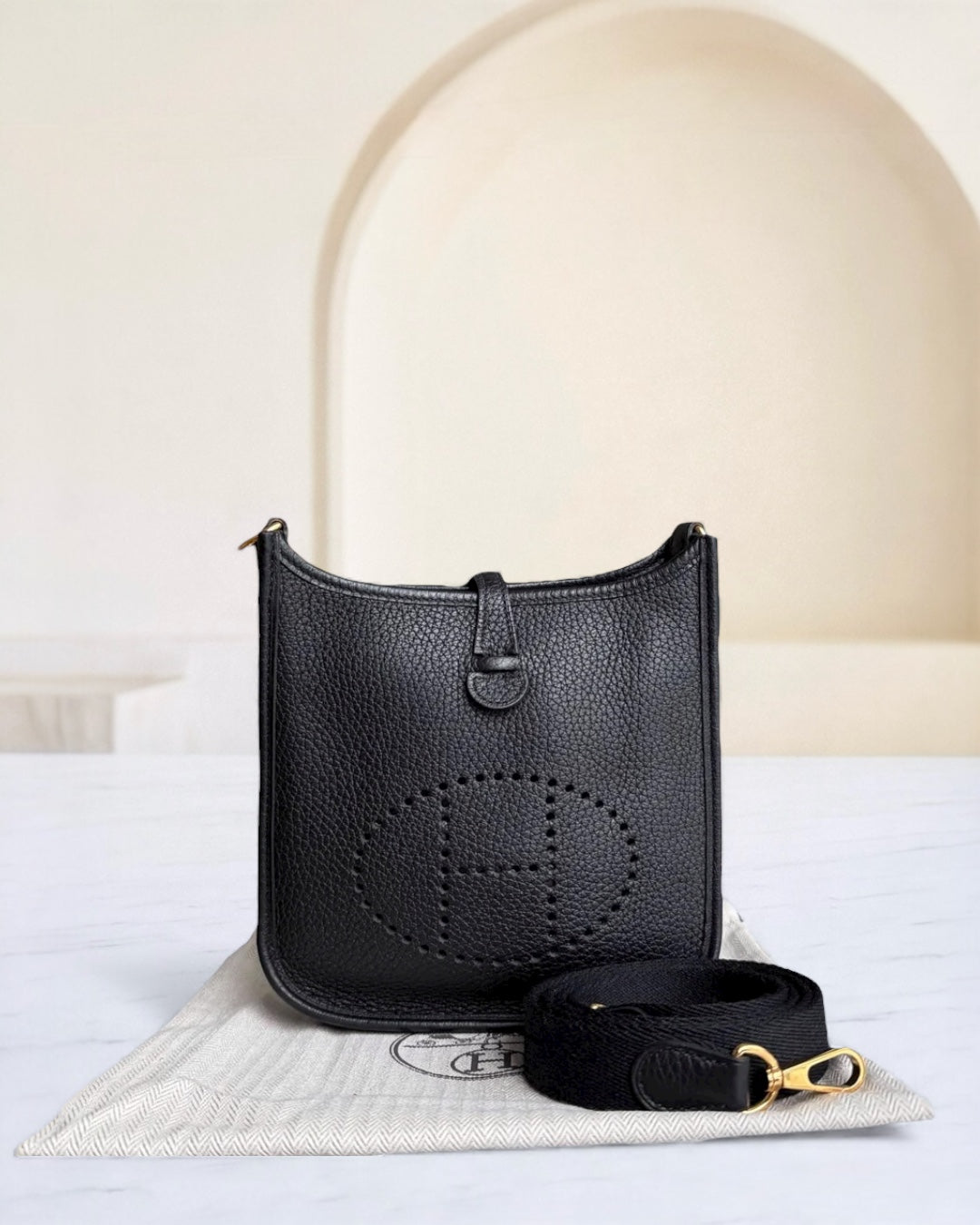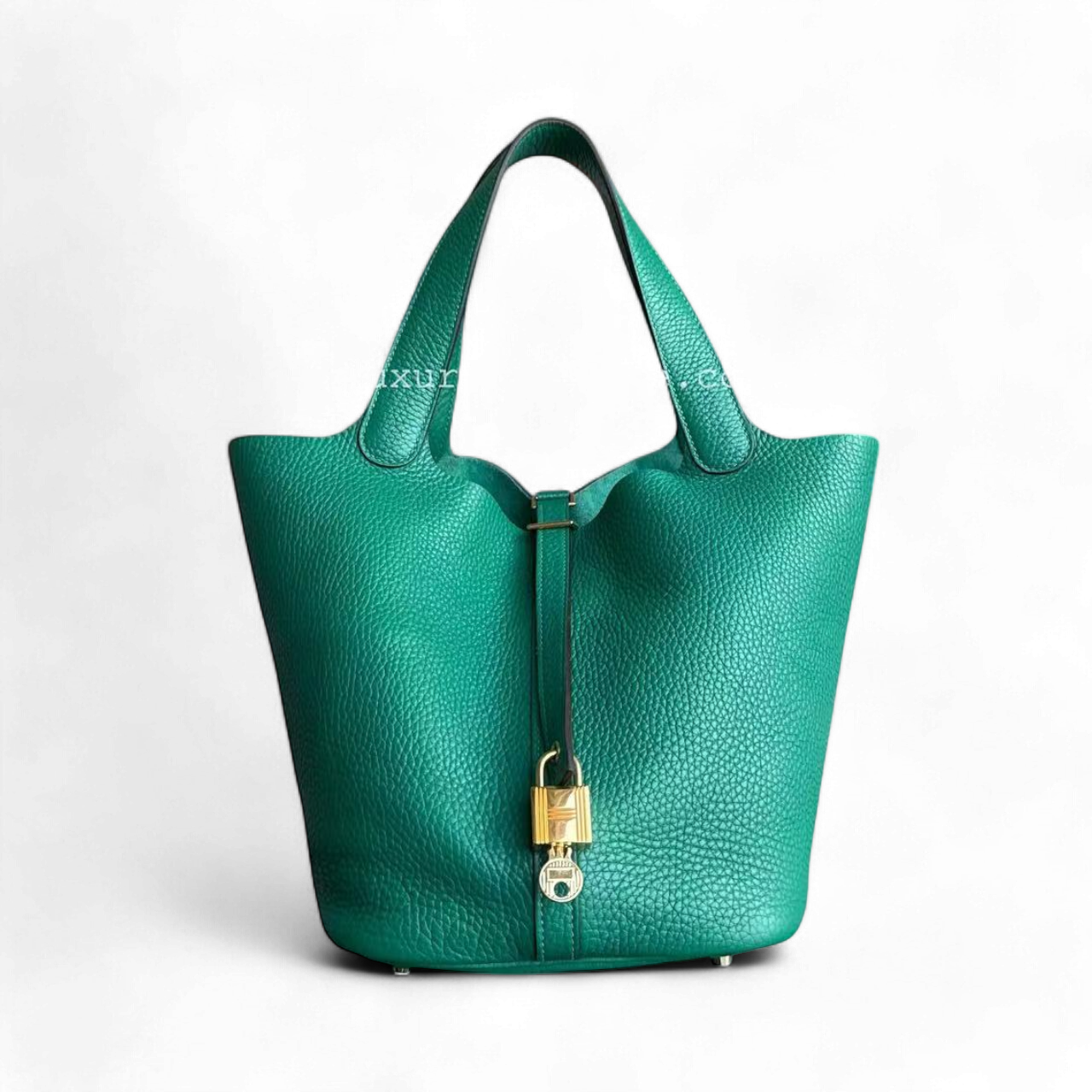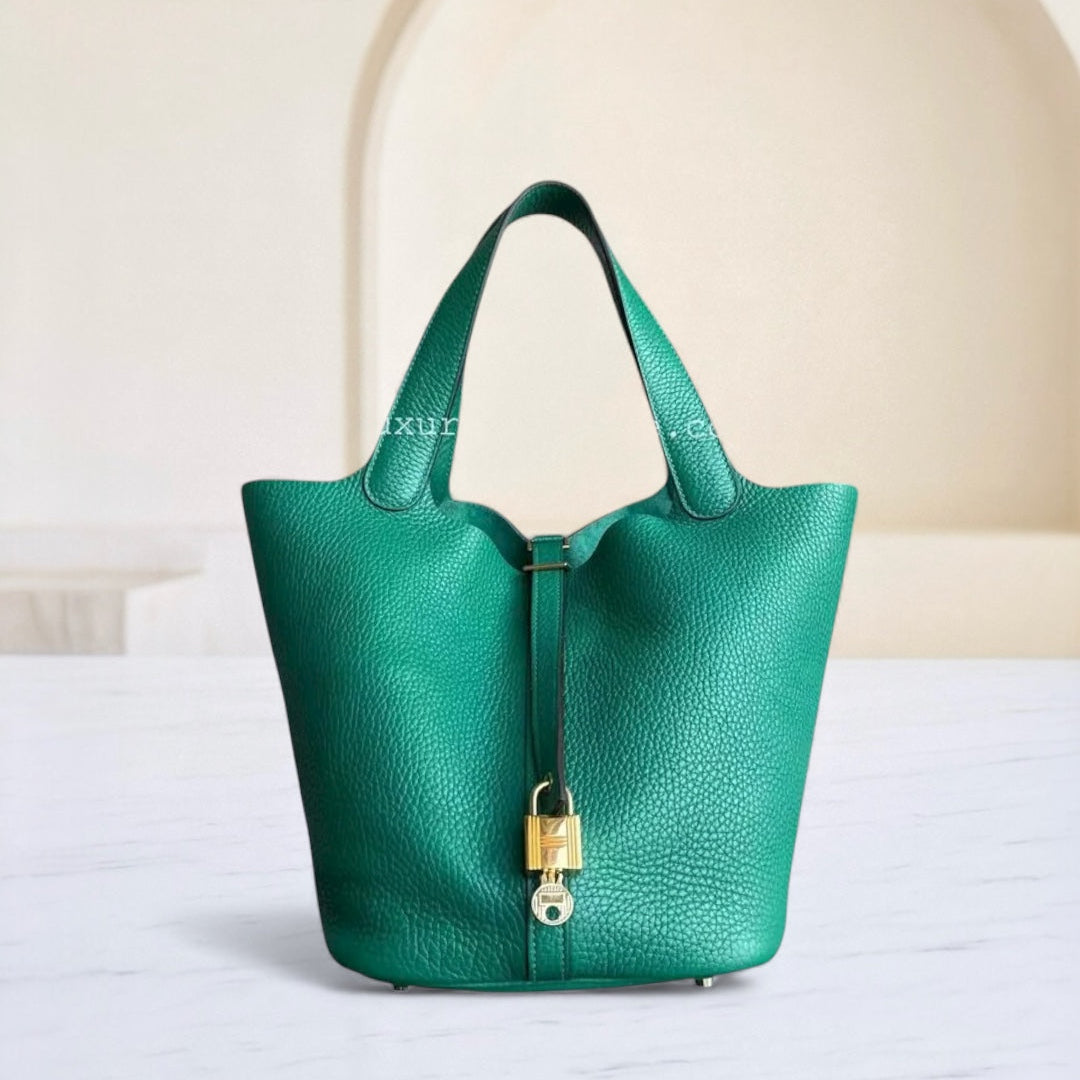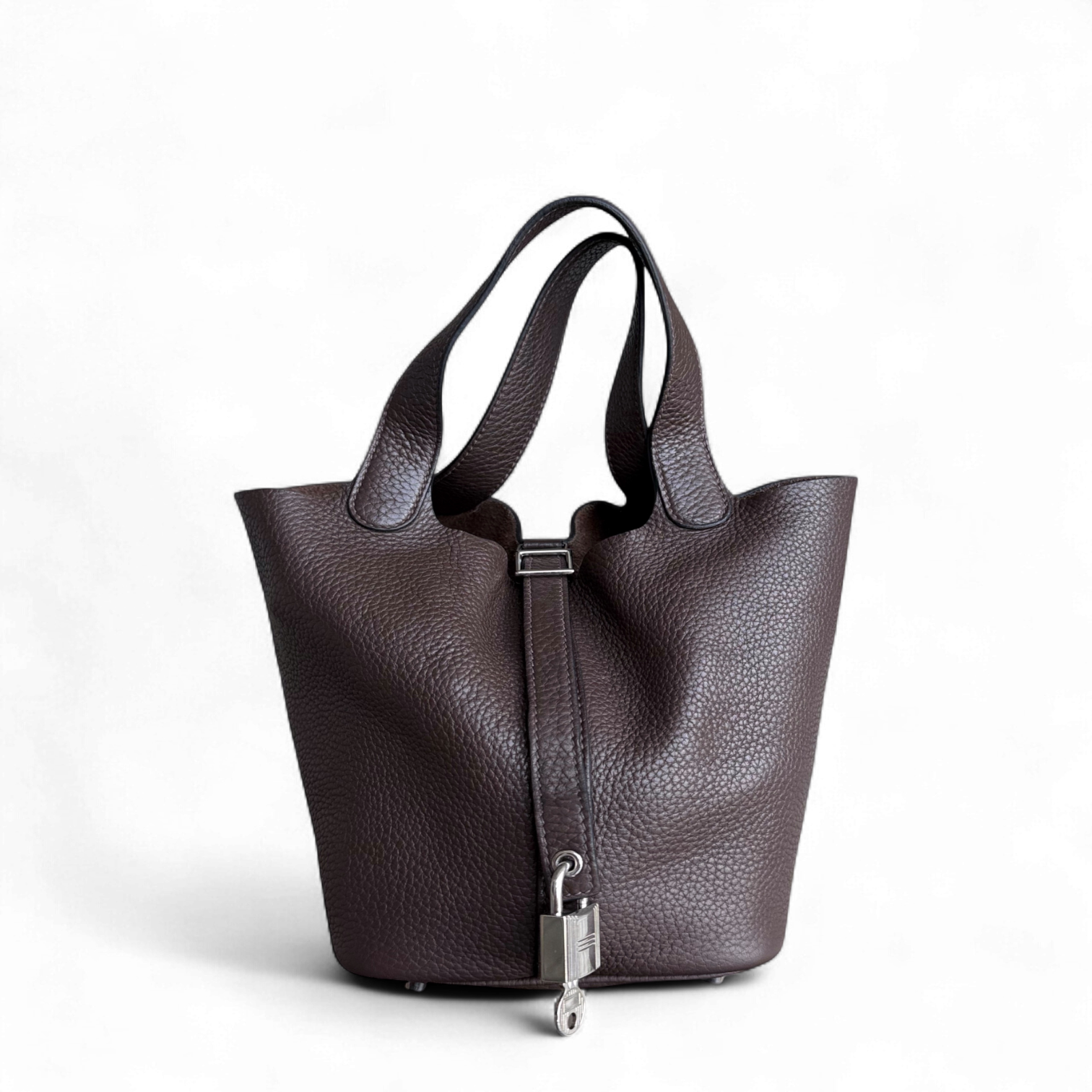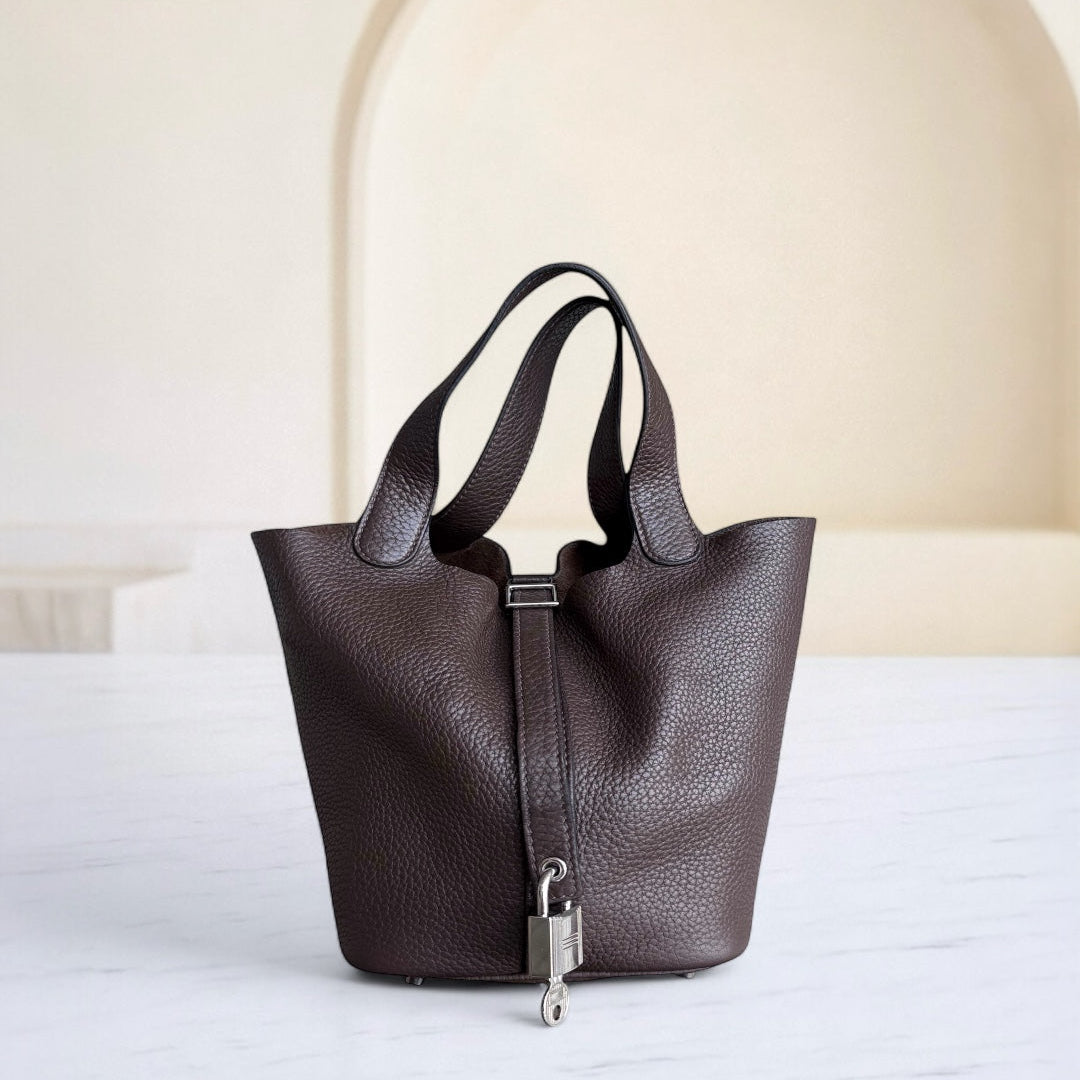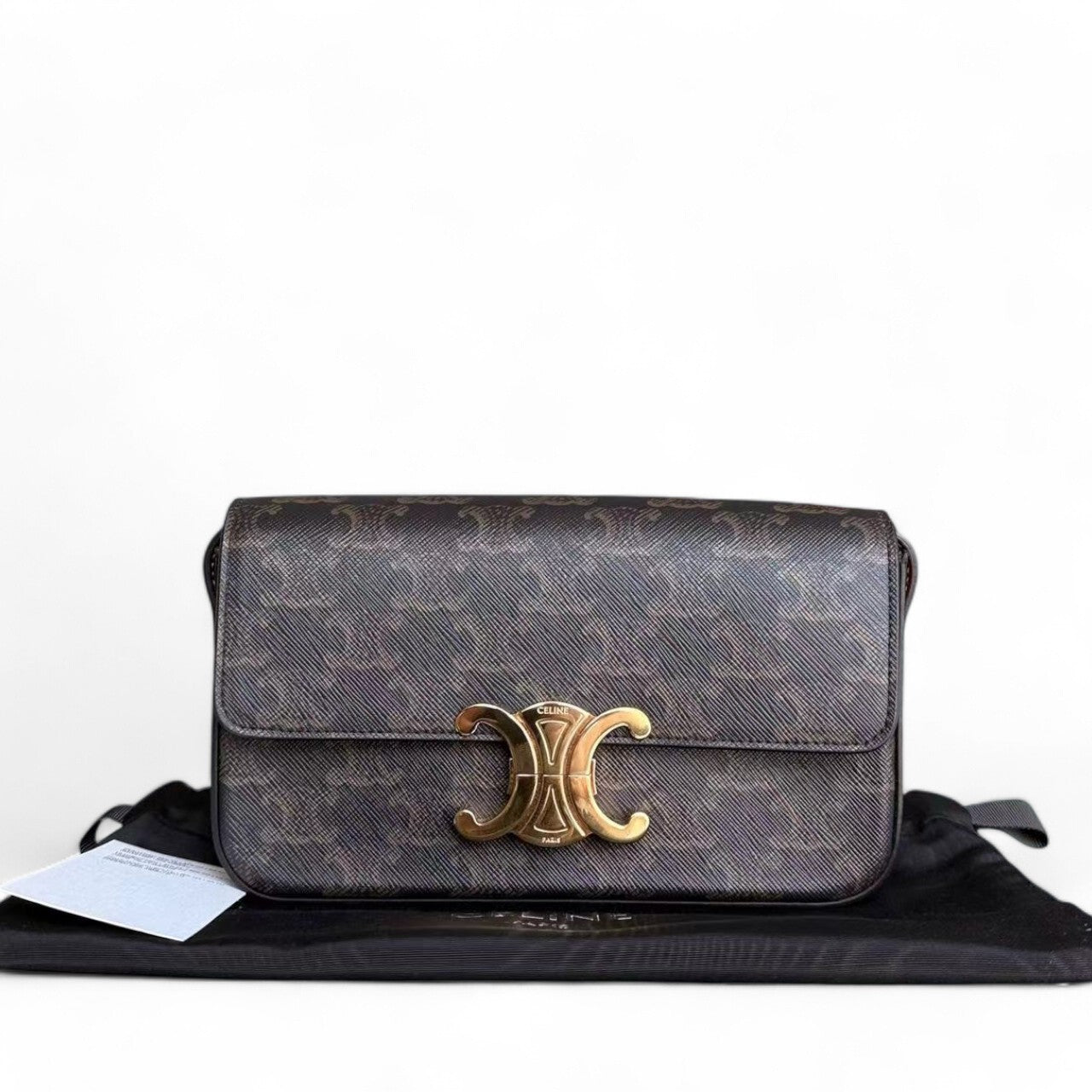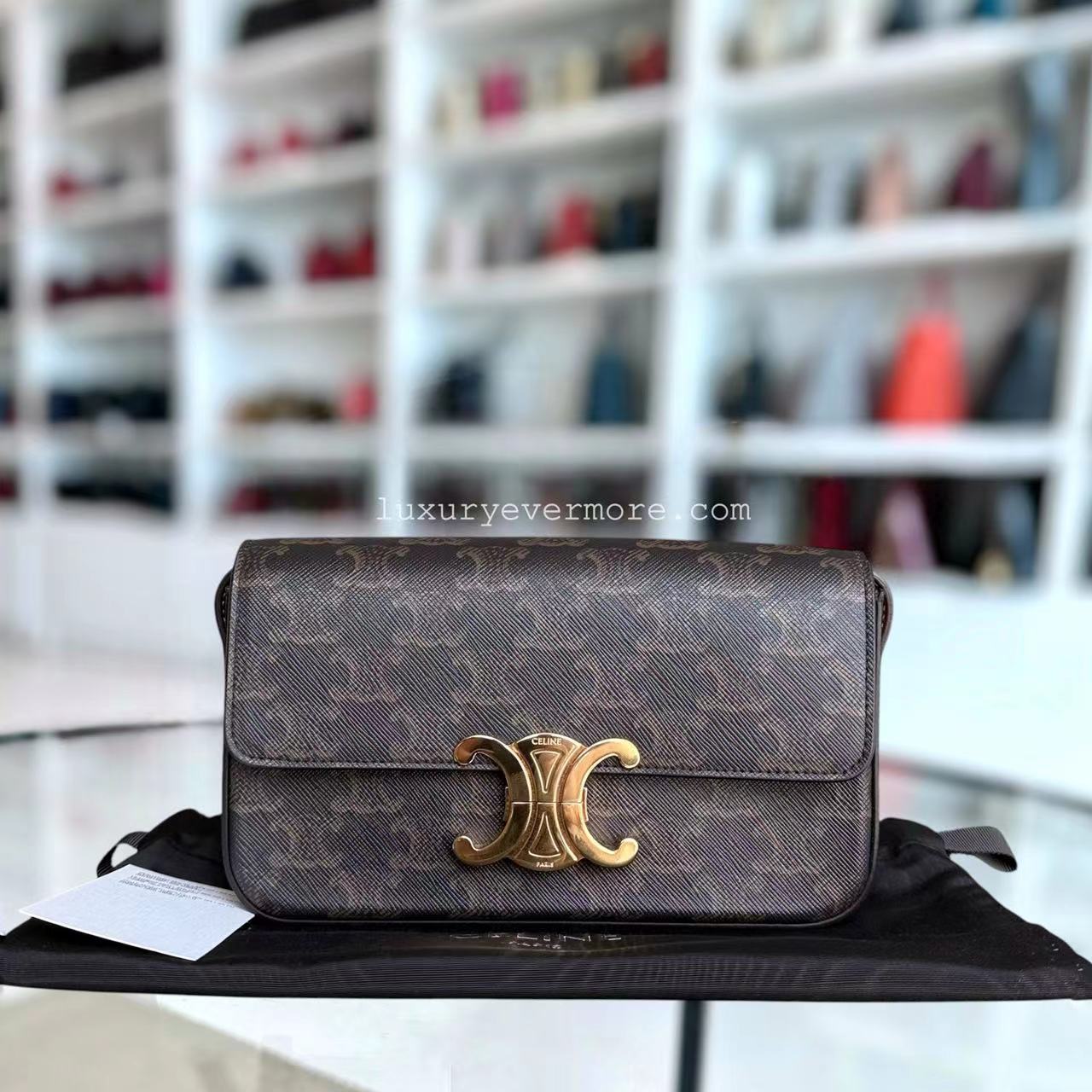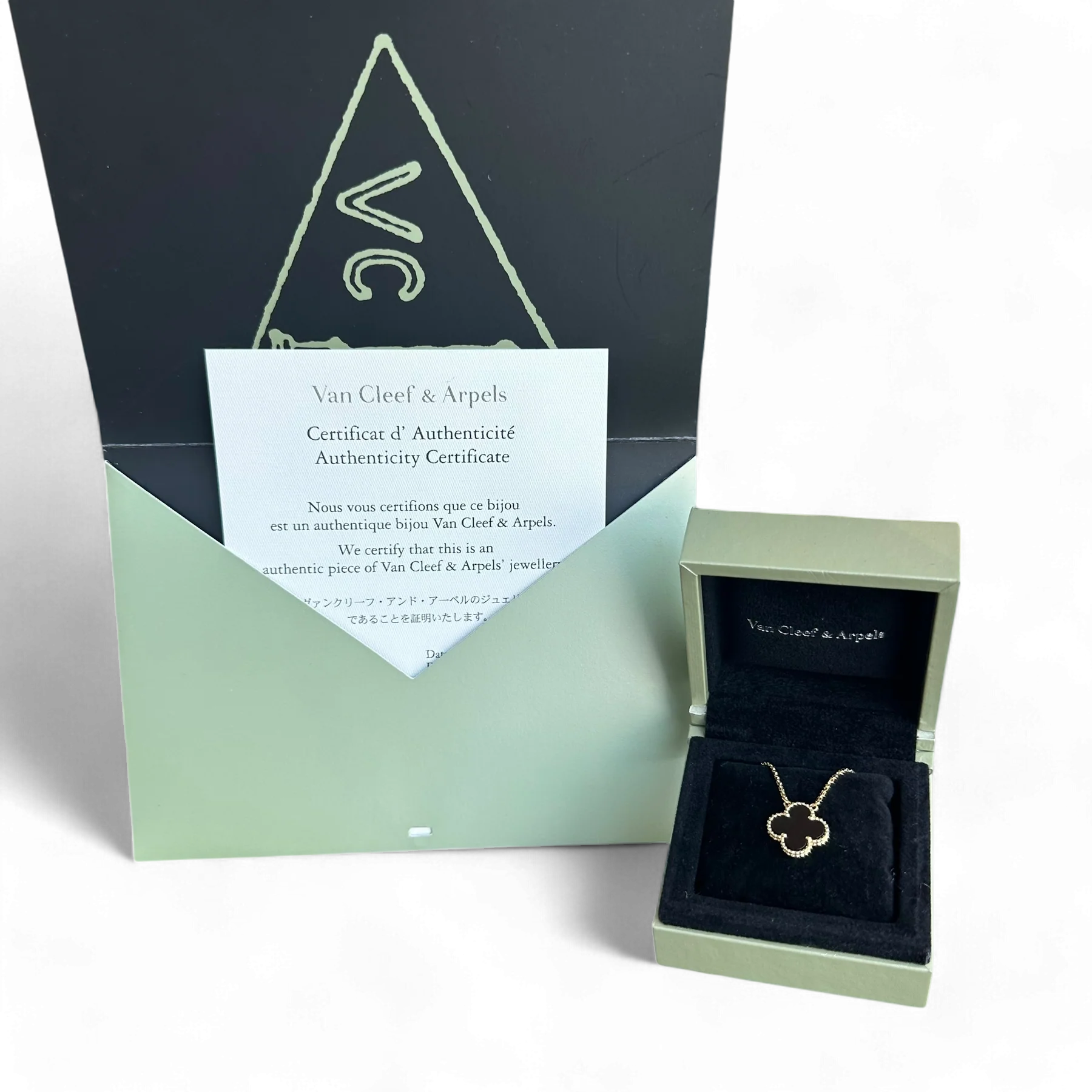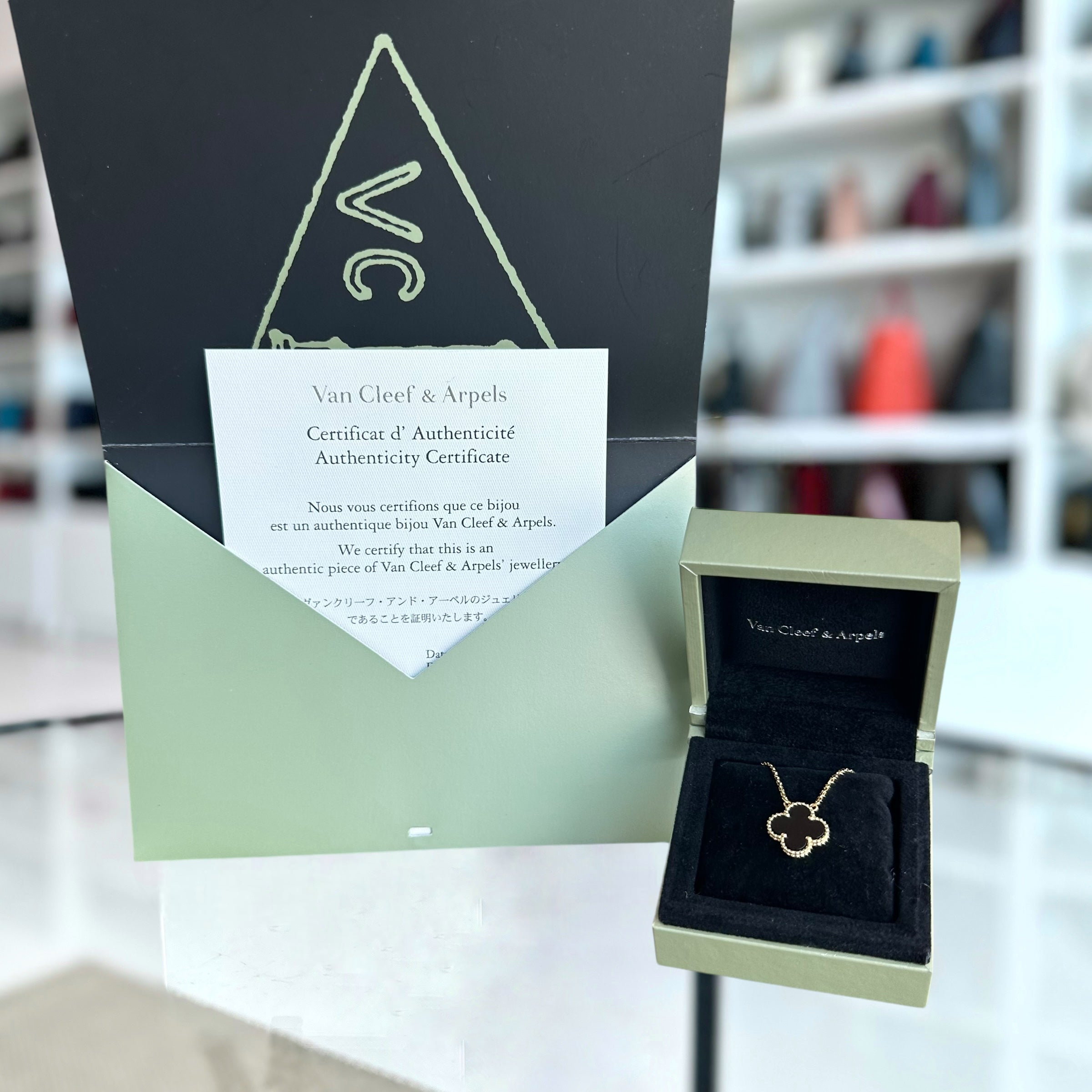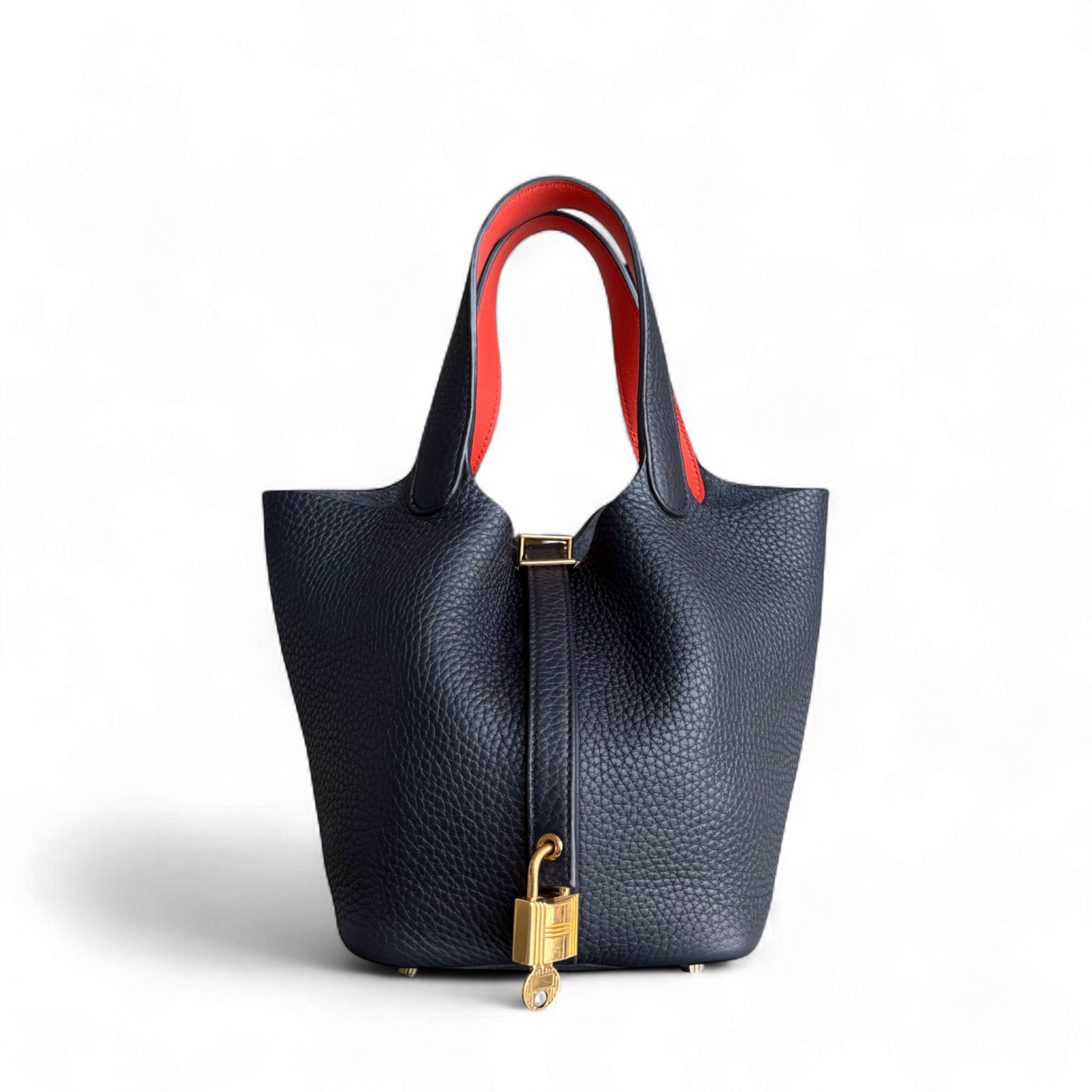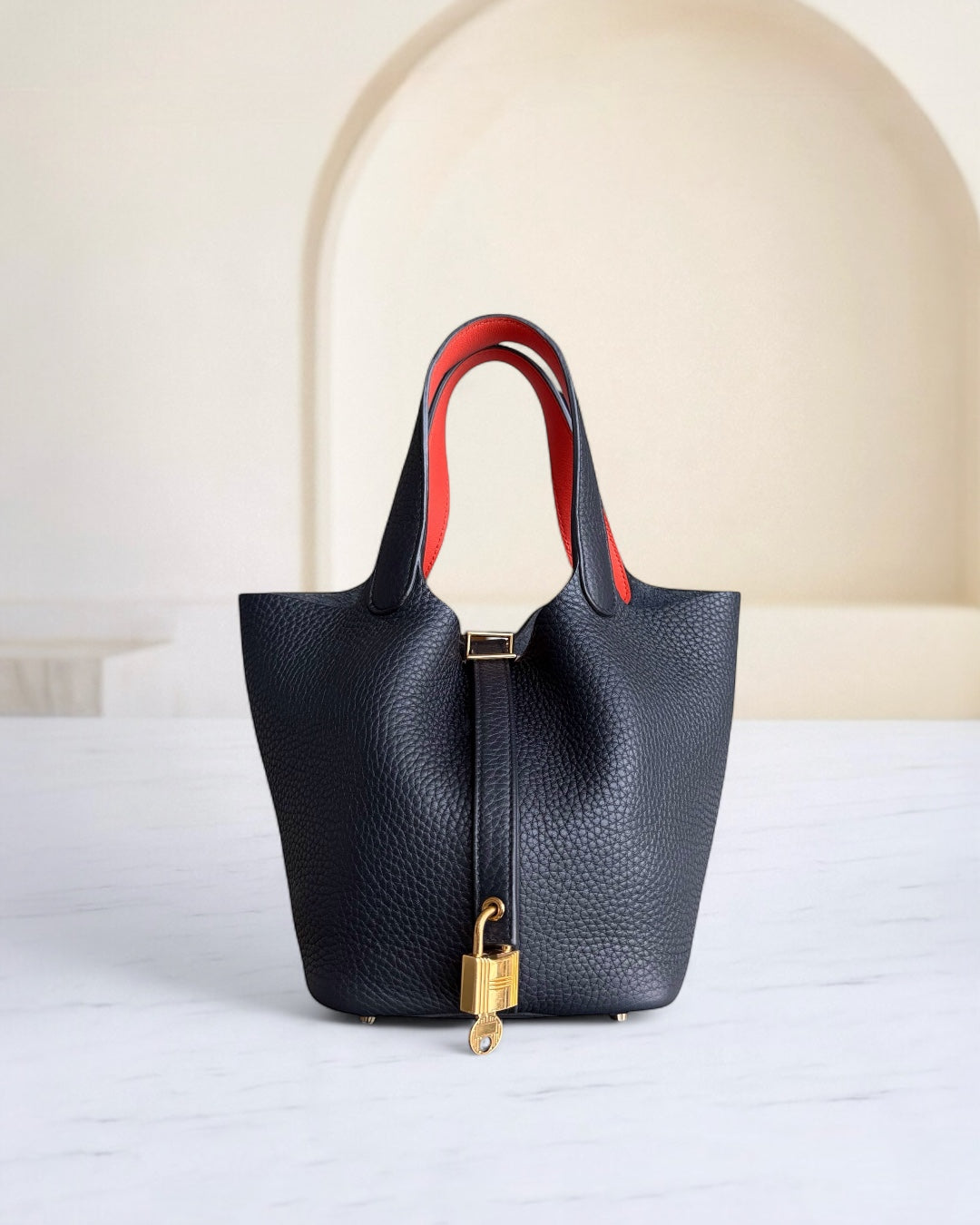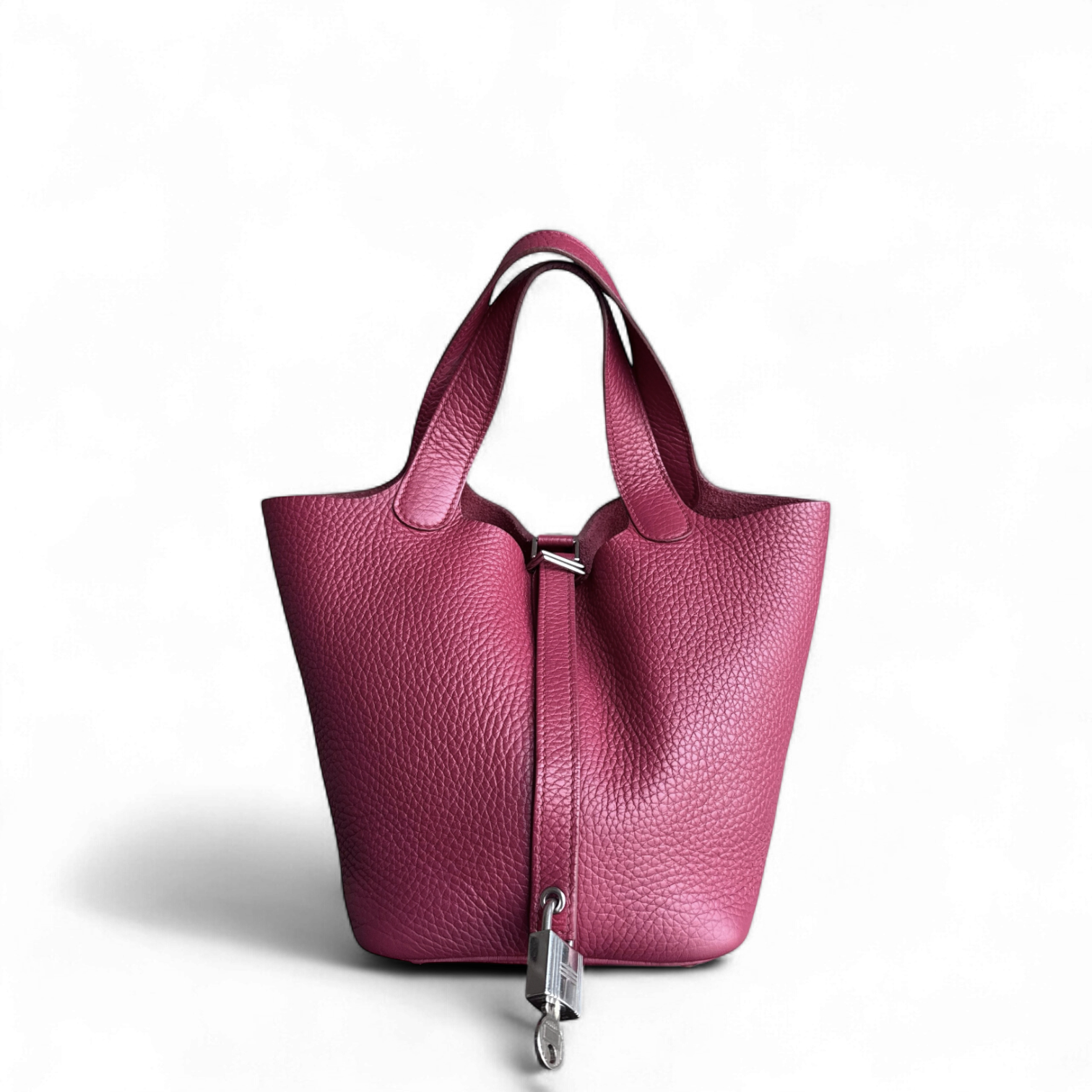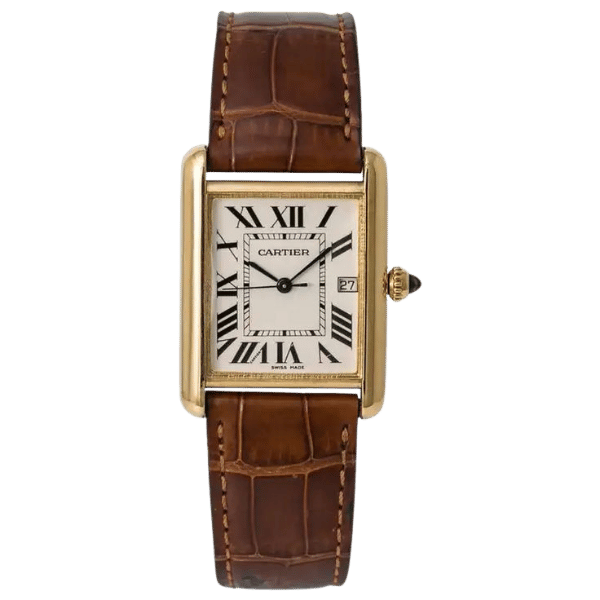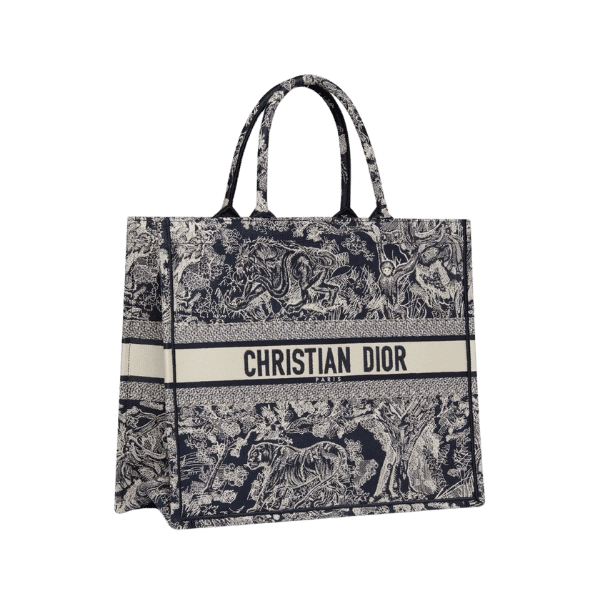Shoe Brands: The Impact of Shoe Companies and Their Logos in Fashion
The world of fashion is subject to the very power of branding, with the shoe industry providing a very apt example. Shoe factories have shed their functional origins to become cultural symbols in which fashion trends, lifestyles, and personal identity are formed. A significant amount of influence stems from how well their logos are designed and recognized worldwide, as these logos are instantly relatable to any consumer and instill in them sentiments and aspirations of trust, loyalty, or desire. This article aims to reveal the significance of these brand names and their respective visual identities in contemporary fashion, examining how brands influence consumer behavior and foster brand allegiance while leading the way in style evolution worldwide. If you are passionate about fashion or merely intrigued about the world's few iconic brands, then allow this article to be your stepping stone into an enthralling analysis of branding and fashion.
Overview of the Current Shoe Market Trends

A growing focus on sustainability, innovation, and customization characterizes the current shoe market. Environmentally conscious customers prefer eco-friendly materials and brands with transparent manufacturing processes. Technological advances in manufacturing, such as 3D printing or smart features, have changed both the design and functionality of footwear to appeal to the tech-savvy. On the other hand, limited-edition and personalized designs are currently in high demand because people want to own unique products, such as designer sandals, that reflect their identity. Collectively, these trends are indicative of an emerging shift in the industry toward conscious consumption, innovation, and individuality.
Growing Demand for Stylish and Functional Footwear
The tastes of consumers, particularly in terms of aesthetics and usability, strongly dictate the demand for fashionable and functional footwear. The modern-day customer chooses something comfortable and supportive to accompany their active lifestyle, while also considering trendy designs. Innovations in materials and technologies, such as lightweight soles or breathable textiles, have been beneficial for industries seeking to integrate design with practical function in their trades. Another factor that has supported athleisure-type demand is the cult of footwear that pairs well with casual and sports-oriented environments. Sustainability is also taken into consideration, given the consumer preferences for durable and environmentally friendly options in branded products. These have hence become the factors supporting the importance placed on footwear that balances design and daily function.
Sustainability and Eco-Friendly Materials
Eco-friendly materials are being increasingly adopted for making shoes, as consumers seek sustainable options. Some common alternatives include recycled plastics, natural rubber, organic cotton, and plant-based options such as cork or algae foam. These materials help mitigate the environmental impact of shoe production by reducing resource consumption and waste production. There are also many manufacturers implementing "closed-loop" recycling programs in which old shoes are recycled into other products. The industry thus strives to be sustainable in terms of carbon emissions, resource depletion, and landfill site contributions.
The Rise of Athleisure and Sneaker Culture
The ascendance of athleisure and sneaker culture has mainly been contingent upon shifting consumer tastes and evolving societal trends. Athleisure, a fusion of athletic wear and leisure wear, dominates the mainstream fashion landscape due to the immense demand for versatile garments that are equally comfortable for exercise and everyday use. Sneaker culture has transformed sneakers into collectible items of high demand, driven by limited releases, collaborations, and increased social media exposure. The interface between fashion, functionality, and culture has solidified these industries as cornerstones of a lifestyle that transcends demographic profiles, including those of American brand fans.
The History and Evolution of Iconic Shoe Brands

Origin Stories of Legendary Shoe Brands
Some of the most well-known shoe-sale companies trace their origins back to innovative processes and fine craftsmanship. Nike was founded in 1964 by Bill Bowerman and Phil Knight under the name Blue Ribbon Sports. This company initially worked mainly as a shoe distributor for Japan's Onitsuka Tiger before starting to sell Nike shoes in 1971. Adidas was founded in 1949 by Adolf "Adi" Dassler in Germany and earned worldwide recognition thanks to innovations such as the Samba and the Superstar. Puma was established in 1948 in Germany by Rudolf Dassler, Adi's brother, and thus became renowned for its focus on athletic footwear. All four companies initially catered to athletes and have since grown into major players in the sportswear and lifestyle fashion industries.
Milestones in Shoe Design and Fashion Trends
Over the years, changes have occurred in shoe design and fashion, resulting from and in response to shifts in society, technology, and consumer demands. During the '70s, platform shoes became heralds for a rhythmic disco culture that flaunted loud designs yet provided functional height. The 1980s saw another major shift in sneaker history as they gained entry into mainstream fashion, further solidified by endorsements from big-name athletes like Michael Jordan, whose launch of Air Jordans had virtually obliterated the notion that performance sneakers were considered status symbols.
The 1990s saw the rise of minimalism in shoe choices: slip-ons and simple silhouettes became all the rage. However, that decade also provided generous nurturance to technology-aided comfort in areas like air cushioning and gel inserts, reaching an all-time high. Going into the 2000s, among the most critical issues were sustainable and eco-conscious footwear, with brands considering options such as recycled materials, vegan designs, and energy-efficient production methods.
The 2010s further refined the lives of technology and footwear, bringing smart shoes with intelligent sensors, fitness trackers, and adaptive lacing systems. With the advent of 3D-printed shoes, the industry's capabilities expanded once again by 2023, enabling custom fitting and thereby transforming the concept of manufacturing at scale. Of course, the athleisure trend ushered in an era in which conceptual designs meant for the sportswear category were appropriated for lifestyle fashion, eventually spawning a myriad of designs that serve a plethora of needs, one that is both aesthetically pleasing and performance-oriented. These milestones provide evidence of the trajectory along which the footwear industry has evolved to keep pace with cultural shifts and technological advancements.
Fun Facts About Iconic Shoes in Pop Culture
- Dorothy's Ruby Slippers: The ruby slippers from The Wizard of Oz (1939) are arguably the most famous film memorabilia of all time. In the book, the slippers were silver, but were changed to red in the film to take advantage of the then-modern Technicolor technology, ostensibly.
- Michael Jordan Air Jordan 1: This basketball shoe was introduced in 1985 and immediately became a cultural phenomenon. Its ban from the NBA for uniform violations only increased its reputation, turning the shoe into a symbol of defiance and style.
- Cinderella Glass Slippers: The magic pair of shoes from Disney's Cinderella (1950) have become a popular cultural metaphor for transformation, hope, and beauty, frequently referenced in fashion and other adaptations.
- Forrest Gump's Nike Cortez: Made famous with the 1994 film Forrest Gump, this classic Nike shoe was immediately reborn into the spotlight as a nostalgic symbol of athletic shoes and casual wear.
- Manolo Blahniks of Carrie Bradshaw: For high fashion and pop culture during the early 2000s, these top designer shoes had a prominent positioning in Sex and the City.
The Impact of Branding on Consumer Choices in Footwear

Influence of Logos and Brand Identity
Logos and brand identity work together in creating consumer preferences for footwear. A logo defines more than just a visual form; it embodies the presence, values, and heritage of a particular industry. A study has revealed that 74% of purchasers claim an inclination toward buying from well-known brands, hence highlighting the importance of brand consistency. The logo becomes a trademark symbol that guarantees the credibility and quality of the product. It is relevant to bring in illustrious examples where the simple logos of Nike, "Swoosh," or Adidas, "Three Stripes," have instilled trust worldwide and are synonymous with iconic global brands in the field of athletic wear.
Identity branding, with elements such as design, storytelling, and emotional connection, enhances it. Shoe companies often employ identity branding to target one or several specific lifestyles or demographics. For example, athleisure emerged largely because companies like Nike and Lululemon marketed not only products but also ideals of fitness and an active lifestyle. The effect on buying decisions is the creation of an aspiration-worthy image to which consumers want to relate or aspire. Understanding these subtle psychological and social factors enables brands to prosper in a competitive marketplace.
Marketing Campaigns and Storytelling
Effective marketing tactics now incorporate more strategic storytelling to evoke emotions in their target audience. Research suggests that such campaigns, featuring stories, were 22 times more memorable than those based purely on facts and figures. The reason is that the telling of stories activates several zones of the brain, making the audience hold onto the message far longer. One such example is Coca-Cola's "Share a Coke" marketing campaign, where personalization and the universal appeal of connection propelled a 7% sales rise during its inaugural year.
Furthermore, storytelling helps brands build a sense of authenticity and relatability. Research shows that 86% of consumers consider authenticity a very important factor when deciding which brands they want to support. Storylines intertwined with brand values that foster customer loyalty can be seen in campaigns such as Patagonia's environmental advocacy and Apple's human-centered innovation. Data-driven contemporary tools open up the potential for companies to present stories that resonate with the main consumer segments by drawing upon information about consumer behavior and preferences. For all these reasons, strategic storytelling remains a vital tool in further solidifying brand identity and generating tangible returns.
Social Proof Through Influencers and Endorsements
Endorsements and influencer marketing have gained significance in establishing social proof in the digital era. Approximately 61% of consumers trust recommendations from influencers, while only 38% find branded content convincing, highlighting the persuasive power of relatable figures. Micro-influencers are said to be the most effective, as they typically have fewer than 100,000 followers, niche audiences, and very high engagement rates. More than 80% of marketers report achieving a strong ROI from influencer campaigns; hence, brands consider these campaigns to be good value for building trust and authenticity. High-level endorsements by celebrities not only increase credibility but also translate to heightened brand visibility, increased consumer confidence, and higher sales conversions. When brands carefully select influencers who share the brand's values, they can significantly increase the business's exposure and allow their collaboration to foster a more lasting relationship with customers.
Emerging Shoe Brands to Watch in 2025

Innovative Designs and Technology
The footwear industry is undergoing a technology-based revolution, where startups are integrating state-of-the-art technologies to achieve optimized performance and sustainability. Being at the forefront of smart shoe technology would involve sensors within shoes that track step count, analyze stride, and even suggest corrections. This mechanism has proven invaluable to athletes, who benefit from such data, providing personal insight into maximizing performance and minimizing the risk of injuries in athletic apparel and footwear.
Sustainability has also been emphasized, with brands that promote eco-friendly practices, such as using biodegradable fabrics, structures made from recycled plastics, and even plant-based alternatives. For example, 3D knitting applications are gaining popularity as they enable precision manufacturing that generates minimal waste while achieving high durability and comfort levels.
On another front, customization and modular design are on the rise, enabling clients to fit footwear specifically or simply switch parts, such as insoles and soles, thereby extending product life. On the other hand, AI-driven design has enabled rapid prototyping and iteration on designs, allowing for a direct parley between consumer needs for function and aesthetics. With such innovations, the industry is providing a new playground for emerging brands to lead in what is now a competitive market.
Commitment to Sustainability and Ethical Practices
The footwear industry has been increasingly embracing sustainability and ethical considerations, driven by growing consumer awareness and government regulations. Many brands have shifted toward using materials such as recycled plastics, natural fibers, or plant-based alternatives, thereby significantly reducing their carbon footprints. For instance, polypropylene made from recycled plastics generates 30% fewer greenhouse gases than virgin polypropylene. Manufacturers are also attempting to integrate closed-loop manufacturing systems that eliminate waste and ensure their products can be either reused or recycled at the end of their life cycle.
Another key focus area is transparency in the supply chain. Brands ensure fair labor practices for their workers, fair wages, safety, and equal treatment. In this way, certifications such as Fair Trade and Global Organic Textile Standard (GOTS) are indeed the benchmarks by which consumers identify ethical products. In addition, data from industry sources indicate that 58% of consumers actively consider a brand's sustainability efforts in their purchasing decisions, underscoring the critical need to incorporate these into business strategies. Through innovation, partnership, and accountability, the industry is instilling a new set of principles into ethical and environmental stewardship.
Niche Markets and Standout Products
Niche markets across various industries continue to thrive by providing highly specialized services tailored to meet the specific demands of consumers. Consider an example of eco-conscious products, which include packaging materials that biodegrade, household items that can be reused, and clothing manufactured sustainably, all of which cater to the growing demand for sustainable alternatives. Insight reports indicate that the market for sustainable packaging is expected to reach a value of $469.49 billion by 2027, growing at a CAGR of 5.4%.
Another booming niche is in the health and wellness products specialized sector, which includes customized nutrition plans, organic supplements, and the latest fitness technology. Reports indicate a significant surge in the use of wearables, which is expected to witness a CAGR of 17.6% until 2030.
Moreover, innovations in accessibility and inclusivity for product design are emerging, such as the use of sheepskin fabrics. For example, considerable attention has been given to adaptive garments for individuals with disabilities, as well as to products with AI-aided customization features. Success in these markets reaffirms the focus on underserved consumer groups; athletic apparel combines functionality with innovation. These unique products cater to niche markets with distinctive needs, raising the standards for quality and responsiveness in today's competitive consumer sphere.
Tips for Choosing the Right Shoe Brand

Identifying Personal Style Preferences
Selecting a shoe brand largely depends on an individual's style preference. Casual and functional style requirements often align with prevailing trends and an individual's personal fashion taste, particularly in clothing and footwear. Various kinds of data reveal the maximum demand for sneakers and casual shoes, overtaken by surges in comfort trends. On the other hand, luxury shoe brands are gaining interest, as customers now want investment pieces that offer a perfect blend of high-fashion design and durability.
Before buying shoes, an individual will always have to consider the events they will be attending with the boots. There are formal versus casual events and professional versus leisurely ones. The consideration can then delve deeper into the design elements, including the choice of materials, colors, and profile differences, such as low versus high. Consumer insights suggest that brands and styles appeal to individuals who want to associate themselves with specific lifestyles: simple designs that blend in with any outfit, or louder designs that stand out in terms of trendiness in activewear. These personal choices are what the person purchases, and that is what will ultimately guarantee satisfaction with the purchase.
Assessing Specific Needs and Budget Considerations
When considering specific needs and budget considerations for footwear, functionality and cost efficiency must be evaluated to maximize the value of the money. For an athletic need, the features one has in mind are cushioning technology, arch support, and materials that allow air flow. A running shoe that features either a foam midsole or some form of energy-return technology, such as a cushioned midsole, will provide the wearer with increased comfort after hours of use. Durability and style take a back seat in regular wear, with choices such as leather and synthetic materials that combine longevity with aesthetic value.
Budget allocation also plays a significant role in decision-making. Entry-level athletic shoes typically cost between $50 and $100, while high-performance or specialized ones can exceed $200 due to the incorporation of technologically advanced materials and design innovations. Consumers must consider not only the upfront cost but also the long-term durability of the product when determining affordability. Bulk purchases or seasonal sales constitute another way to save without sacrificing quality. Considering these factors ensures that the footwear meets both budgetary constraints and user-specific requirements.
Researching Brands and Making Informed Choices
When considering the right footwear brand, the following points become important: reputation, material quality, sustainability, and consumer demand. The top brands within the industry tend to be exceedingly transparent about their supply chains and manufacturing processes, which are considered key indicators of ethical and sustainable practices. For example, top-tier brands in the industry have begun using greener materials, such as recycled polyester and natural rubber, in their manufacturing processes to reduce environmental impact.
Customer reviews and ratings offer valuable insights into the comfort, durability, and functionality of various products. Brands that achieve a 4.5-star average on these major e-commerce platforms, for example, are those that consistently deliver high-quality products and consumer satisfaction. Warranty and return policies provide further insight into the brand's confidence in its products, which is especially relevant in the activewear industry.
Another benefit of such an investigation is to observe how technology is developing these brands. They are evident in 3D-printed soles and material enhancements, on the one hand, and performance-grade foam midsole materials, on the other, to facilitate the user's experience. Cross-referencing this information with reviews from professionals within the industry or performance benchmarks adds yet another clue by which a consumer can make ideally justifiable choices in their purchases.
Frequently Asked Questions (FAQs)
Q: What are some of the top shoe brands available today?
A: The best shoe brands are Nike, Adidas, New Balance, Skechers, and Puma. The brands are recognized for their cutting-edge shoe technology and trendy designs, which are suitable for both athletic performance and casual use.
Q: What makes Nike shoes good amongst shoe brands?
A: Nike shoes are well known for their high quality and craftsmanship and for designing with performance in mind, not to mention the famous Swoosh logo. Being globally considered the best in shoe technology, the patronage of athletes and sneaker collectors comes naturally.
Q: How do Skechers fare against other shoe brands?
A: Skechers is all about comfort and affordability. There are numerous choices available, ranging from athletic shoes to casual footwear. Innovations in design often incorporate some form of cushioning technology; therefore, they are ideal for individuals seeking comfortable shoes for everyday use.
Q: What new shoe companies could be emerging?
A: Yes, several emerging brands are gaining traction in the global market, such as Hoka, known for their performance running shoes, and Onitsuka, which offers unique designs that blend fashion and function. These brands are redefining athletic footwear with innovative approaches.
Q: What type of shoe brands specialize in outdoor activities?
A: Brands like Merrell and Timberland specialize in shoes for hiking and other outdoor activities. They focus on durability and rugged outdoor performance, ensuring their footwear can endure various terrains and conditions.
Q: Are there stylish options in shoe brands for women?
A: Absolutely! Many brands, including Adidas and Converse, offer stylish options for women that combine elegance with functionality. From trendy sneakers to fashionable dress shoes, there are numerous options for every occasion, including stylish sandals for summer outings.
Q: What are the benefits of wearing orthopedic shoes from reputable shoe brands?
A: Orthopedic shoes are meant to provide support and comfort; hence, they relieve foot pain and support posture. Brands such as Oofos and Asics ensure the best materials and technologies go into making their shoes for the wearer's advantage.
Q: How do Italian luxury shoe brands differ from regular shoe companies?
A: Italian luxury shoe brands give importance to high fashion, quality materials, and luxury craftsmanship. Their design and appeal are usually unique, whereas regular shoe companies tend to focus more on functionality and price.
Q: What is the relevance of shoe technology in athletic footwear?
A: Shoe technology is a massive concern with athletic footwear-that is, performance, comfort, and durability, particularly in the latest van designs; every brand tries to innovate and put features such as cushioning and breathability in lightweight materials for their athletic apparel to enable the athletes to perform best.
Q: How do Crocs fit into the footwear industry?
A: Crocs has developed an unusual clog-type shoe that comforts and fits all needs into the niche of the footwear world. They are worn for casual walking and outdoor fun by a much larger population worldwide.
Reference Sources
1. Title: "The Influence of Brand Image and Product Quality on Converse Shoe Purchasing Decisions" (Hadinata et al., 2023)
- Year: 2023
- Key findings:
- Examined the impact of brand image on purchasing decisions for Converse shoes
- Focused on students from UPN "Veteran" East Java
- Found that product details and brand attractiveness significantly influence purchase intentions
2. Branding Strategies of the Big Four: This article covers topics on major sports brands such as Nike, Adidas, Reebok, and Under Armour from the sports analytics department of Samford University.
3. Sneakers
Contact Luxury Evermore should you need help with acquiring or building up your collection. There is a variety of brands with different styles, as well as sizes, and colors, for example, Hermes, Chanel, lv and Dior. If you are not lucky enough to find the bag you are looking for on our website then our concierge team will probably be able to order it for you. We provide 100% authenticity guarantee for all our bags, and any item sold on this site will be dispatched to you within one to two business days upon receipt of the payment.




